|
COVID THE MAYHEM FOR THE JAPANESE HOSPITALITY INDUSTRY It seems like a dream not so long ago; the hospitality industry was at the end of the road. Some were even on death row, forced to close down. Many long-term famous and popular businesses had to shut their doors. The impact of COVID had affected their livelihood, and they couldn't stay open or wait for COVID to pass. Without the preparation for COVID seeking out of the mist taking over like a plague, the industry was sent backwards into turmoil. Jobs were lost, staff had to be let go, and restaurant owners couldn't afford to keep the team they had trained in preparation for the year of service. Staff had to be sent home because there was no more extended job reliability to sustain their financial independence to consider Australia home. Now there is Hope to Dream COVID is sustained. Still, the impact had affected the Hospitality industry forever, and most could not turn back time. Australia has been struggling with a shortage of staff everywhere. Although there is a pool of satisfactory candidates in the hospitality industry, there aren't enough quality candidates to serve the business. Restaurant owners seek staff who are competent, proficient, and able to serve their clients with confidence. They are left disappointed with a team who are unable to follow through and unable to serve their clients. Time and energy are wasted on training everything from scratch when the staff is either unmotivated or not in it for the business. Owners must be babysitters holding their hands with everything and cannot prioritise the running of the company. Staff are the representation of the business; they are the first contact with their customers. The customer's impression of the restaurants relies solely on their staff; customer service is the core of how the business can be sustained in the long run. Restaurant owners lack the Time & energy to fully train staff to have them ready. Being out of performance for so long, most are finding their feet back and disregarding the quality of what they need to satisfy instead they focus on quantity of having a staff to manage operations in desperation. Staff are left feeling lost, but in desperation to come into the country, a job is needed to survive. The Intention of the job is the pay-check; some staff possess good integrity and heart. They want to maintain long-term service to the business, but at most only consist of the standard industry background. But they deal with factors they can't control which is language. They rely on menu recognition as they can speak their hometown but are rarely prepared for a market that is not theirs. Expectations of what is expected is clear at the start, going into deep waters and forced to deal with the issues alone. Their nature is to keep firm and constrained very rarely, interrupting the rules they may be subjected to go against. They stay quiet, suffering in their own cries, in silence, hiding away behind the mask that does not represent how they genuinely feel. Guidance and support are rarely sought as pride and integrity are cultural traits endorsed since birth to not show vulnerability and truth. Because of this, they seek guidance elsewhere, hoping to be heard and listened to. Hoping to gain that confidence to feed their pride to sustain their position. Without the business showing them love and passion for boosting their purpose and becoming an asset to serve, they turn to their own pockets to become valuable assets to the company. Two sides have different stories restaurants seek staff but are unable to train to breed quality. Staff are eager to be trained but do not possess the quality. What if restaurants could invest to gain quality staff who were professional, confident and ready to serve their clients to maintain customer retention that was quality-based and loyal to support the business? What if staff were passionate and eager to serve and educate clients who will praise them where they can learn the beauty of Japan’s culture and traditions? What if the gateway to Japan is through the connection of SAKE? And sake professionals were the guardians to lead the WAY!
2 Comments
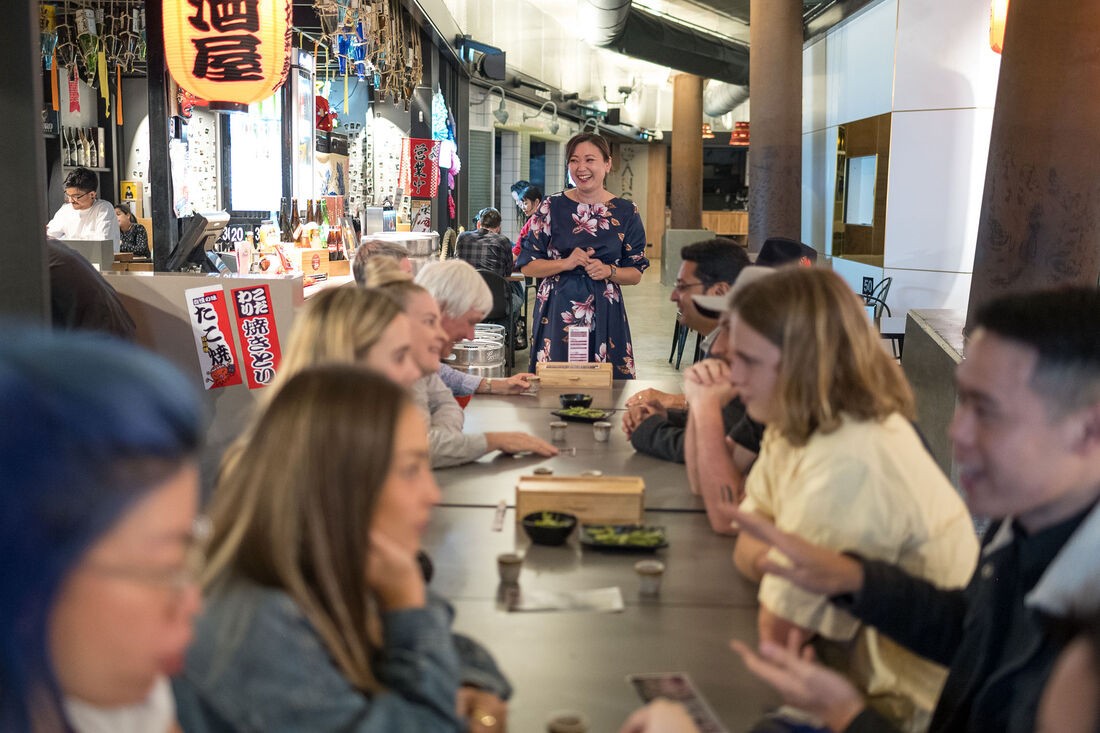 Australia still is not as vast as the international countries, but we are getting there. In the first 20 years, the perception of sake did not exist in the minds of the Australians, which was the same in Japanese culture. Australians were still young to embrace the rice brew inexperience conflicted their minds to be willing to try. Only in the last 10 years did the love of Japanese culture grow when locals travel to Japan. Australians were love-struck by the beauty and culture of food that it created an unforgettable experience. Locals' curiosity about the rice brew and the flight back home left locals' hearts wanting to reminisce again. Australians who travelled or stayed in Japan started to yearn for what they had missed. Access to sake through Japanese restaurants made it possible. However, not all Japanese restaurants had sake on the menu, and nobody qualified was available to advise the best way to enjoy it if they did. however not all japanese restaurants had sake on the menu and if they did nobody could advise the best way to enjoy it. Access to sake was not enough for locals to share their appreciation. Mostly they were confused about what made it so special. Although Japanese sake pairing with food is an enjoyable experience, nobody remembers the sake they drank and alas~ the thought of sake disappeared. 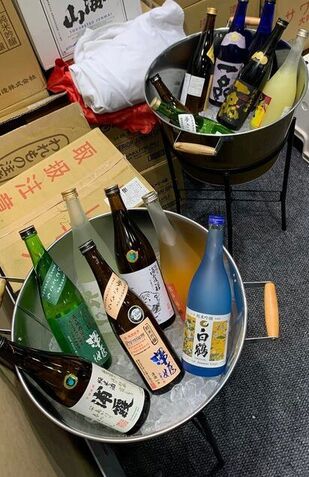 The ambiguity of sake created a gap, clarity needed to be accomplished through a tasting with proper sake etiquette to make the experience leave a good impression. Most locals' first perception of sake, especially if they have travelled to Japan, was it must be drunk hot. Confuse locals commonly would not appreciate how alcohol is drunk this way. Hence they were discouraged from giving sake any room for chance. When the opportunity to drink sake in the room, the cold felt more comfortable to try it. Australia were consistently biased towards sake, but persistent persuasion opened their hearts. Allowing locals to taste broke the iceberg and, with proper instructions, allows the locals to feel safe. Most locals were shocked at first how this brew came to be and, through guidance, wanted more. Acceptance of hot sake was not readily accepted, but the opportunity to experience room and cold did. Most locals had always had the perception that sake was strong. It was hard to understand why customers felt this way, but taste analysis with each tasting opens up another form of lack of understanding. Locals' understanding of strength can be a variety of things; a customer may think it's vital because they don't like a particular taste, or maybe they are looking for a specific flavour. Have something too sweet; perhaps you feel it is firm or too dry because it is not sweet. Whatever the case, we cannot label sake this way. Asking the right questions and doing a taste analysis brought the value of trust to locals more easily.
Currently, locals yearn and continue to enjoy a great restaurant experience. "Go where the crowd is" definitely made an impact on my impression of sake. Through sake pairing and food, a deeper appreciation of the sake world was formed, and locals' thirst grew for wanting more. Hello Sake Lovers, It has been awhile since my last blog, spreading the love of the Sake World has been a fruitful experience, allowing Perth to enjoyed exciting events, celebrating parties and of course delicious cuisines. Degustations, since COVID-19 has been the highlight of Perth, the fact we cannot go to Japan during this time has made it essential to allow locals to enjoy what they love about Japan. "It's Truffle Season " It was a first, for me to pair my sake collection with this High-value crop. So when Chef Evan Kukan Izakaya suggested to do truffle I was up for the challenge. Did you know? Black truffles are a very high-value crop. It is labour intensive and requires ongoing summer and autumn irrigation. Black truffles are best understood as an underground mushroom, it is the fruiting body of the fungus. The truffle contains the spores of the fungus and when the spores are ripe the truffle develops characteristic aromas. It needs special dogs trained in sniffing out the truffle to dig up. Another Culinary experience by Chef Evan Kukan Izakaya let's celebrate truffle, I have been working side by side Chef since the epidemic , and he never disappoints bringing new flavours to excite you & to make Sake World Shine! Our Famous 7- course and 6 pairing sake indulges Perth. On top of the exquisite pairing experience, to highlight the Sake World even more I included extra element which is the 'joys' of warm sake. Our guests throughout the night, consists of different experiences towards sake , let alone warm sake, so it was great opportunity to showcase to the guest the secrets behind the 'rice brew' , is of course the temperature it plays with. Each course and sake paired with it was designed to understand the concept of temperature and certain profile that guest should experience along with pairing. Following the command although not a natural expectation but this allows the guest stop and pause to appreciate what was happening throughout the journey with eyes wide open and tastebuds fully awaken. 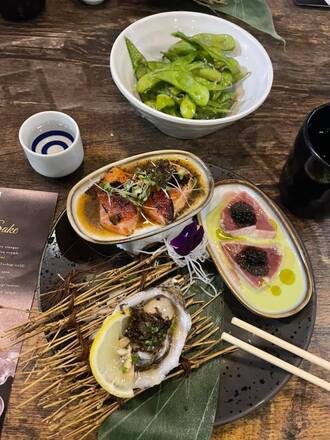 "The Sake World Brings out the Poet" "Let the Sea of Trio be accompanied by truffle, embraced by the world of Ginjo!" Santen-Mori is a trio of appetizers.
The Sake in question comes from the Kanto region from the Prefecture Tochigi. Sake Master Hiroshi Inoue from Sawahime Sake Brewery loves his sake when it comes to the matter of the sea. Sawahime means princess, this sake is his Junmai Ginjo a premium style of sake, characteristics of fruits in the nose, and clean and soft crisp taste within the palate. The nature of this sake recommends you to serve it cold to make it shine. Guests new and old couldn't get enough of that lovely fresh oyster, oyster has a unique taste to most people can be unpleasant but appreciating its nature and allow the sake world to shine even more left everybody speechless. Sawahime Junmai Ginjo was chosen to awaken the sea keeping the freshness in play served at cold temperature. This sake appreciates the rice variant Hitogokochi which origin comes from Nagano which is resistant to cold temperatures. It has been milled higher than the expected ginjo expectation which is 60% but still has been classified as ginjo due to being brewed before the era of Daiginjo. Nature is still as a Ginjo should be, it is soft, crisp, and clean, fruits of green apple and melon has been a prominent detection across the majority who have experienceit. 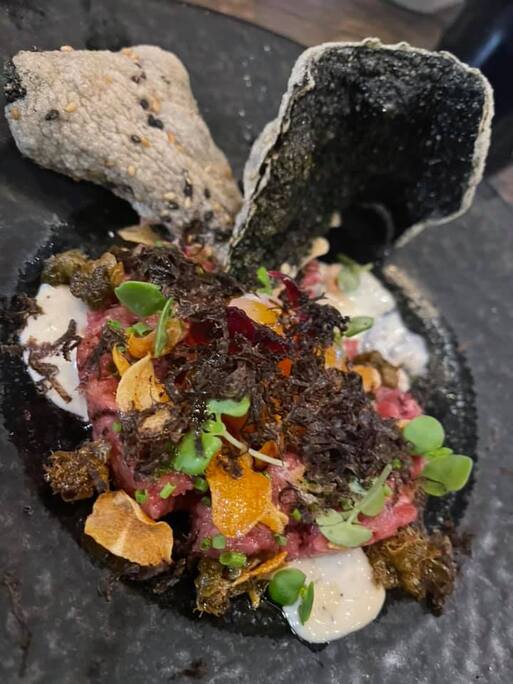 "Wagyu is alive journey through the cream, truffle is hidden but deliciously present. A warm bath of Kimoto awakens your senses and awaits you to savour." Another addition to Sawahime sake brewery.
Our guest experience the world of warm sake , it was the perfect setting to traditionally warm up sake during this chilly weather. Heart-warming as Master Hiroshi Inoue likes to say enough to warm your hearts and your body around 45-50 degrees is recommended. A crisp -bite invites the wagyu ,evolves with the natural yolk. A creamy sensation which takes over nature of the raw which has been further blessed with the earth of truffle combined with the smooth richness of aioli which you can't get enough. Kimoto , Smooth-like warm sensation marries the nature of the wagyu,& creaminess of the truffle aioli resetting your palate again for another bite.Refresh with apple ginger salsa. This sake appreciates its homeland, Tochigi within the warmer parts of Japan close to Tokyo sakes tend to produce sweeter profiles that unite with prefectures' local diets of salty, rich food and abundance of seafood offerings. Tochigi No 14 rice has great brewing characteristics produces light and clean styles of sake. Kimoto Junmai being a traditional yeast starter showcases both the beauty of Tochigi and the beauty behind the deliciousness of the rice. 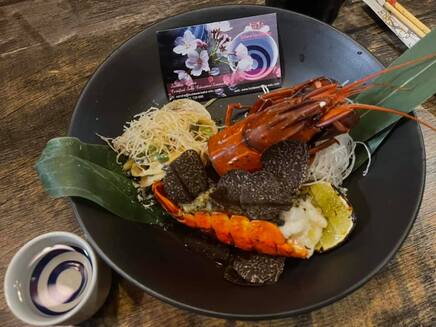 "Marron plays with truffle, dressed in butter of citrus. Dancing in Miyagi Marron is having fun unveils hidden secrets." Miyagi which is from Tohoku Region from Urakasumi Sake brewery let me introduce their newest addition called Ginjo no 12. No 12 represents their famous signature yeast it creates profound profiles that are indescribable in one sip. The balance of Zing excites the palate which compliments the natural sweetness of marron pleasantly cleanses the buttery base and with a juicy spritz experience. For this sake to bring out this unique characteristic I have decided to serve this at room temperature, although same nature like Ginjo which should be served cold hidden secrets arise when challenge against it. Kyokai(Yeast) No.12 main aim was to enhanced the possibilities of Ginjo Flavours. Rice Variant used is Kura no hana based on the prefectures main sakamai. The sake is definitely one of kind in my collection and I am blessed to share it, there are so many different characters within the palate and nose .My personal experience upon opening the bottle the first time the nose depicted bubble gum but only for a slight second, fruit basket experience tend to follow straight afterwards. The complex flavours tend to come out more when set room-temperature the cold comparison although clean and elegant did not highlight the brewers intention of the sake. 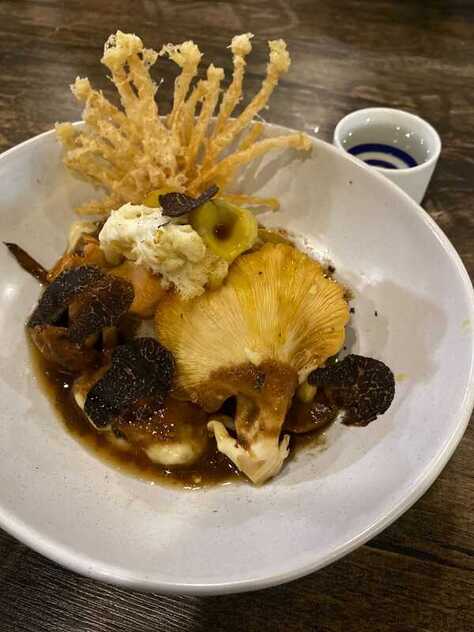 "Let the mushroom dominate its nature braised in jus. The Kingdom of Jizake responds with its samurai blade." The sake comes from the prefecture Niigata from the region Chubu.
Hakkaisan Tokubestu Junmai with a rice polishing ratio of 60% allows this sake to super smooth and refine. Niigata surrounded by snowy mountains and regions of cold climates, the sake shines in these conditions. Being blessed by the prefectures high quality sakamai Gohyakumangoku rice features soft rice profile which is elegantly sweet but keeps Niigata characteristics alive. 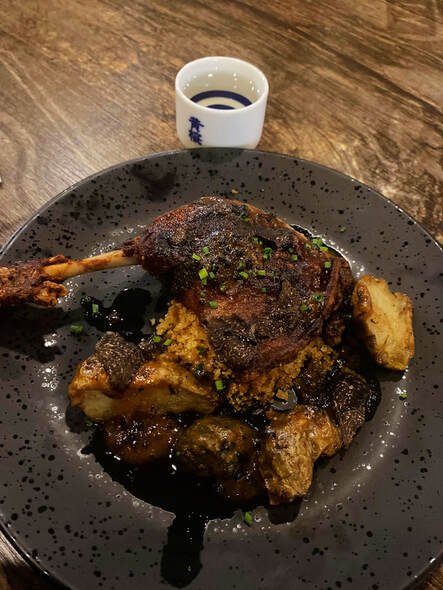 "The Golden duck baths until tender , umami is driven when miso and truffle unite with the duck. Sake god has a great plan, once the fire is lit the duck quacks no more"
The King of rice is at play challenges the features of rice profile at all temperatures. Yamadanishiki, the King of rice is famous for going above and beyond to bring a different unique to every sake bottle. Most commonly you will see most sake styles will use Yamadanishiki for high premium style sake such Ginjo or Daiginjo, sticking to traditional Yamadanishiki still shines. The prefecture Kochi surrounds its areas with warmer climates so sakes should tend to be feel more richer in profile. Heart-warming Hassuku Senchu Junmai depicts the richers of the prefectures and keeping supersmooth but still dry for easy drinking. 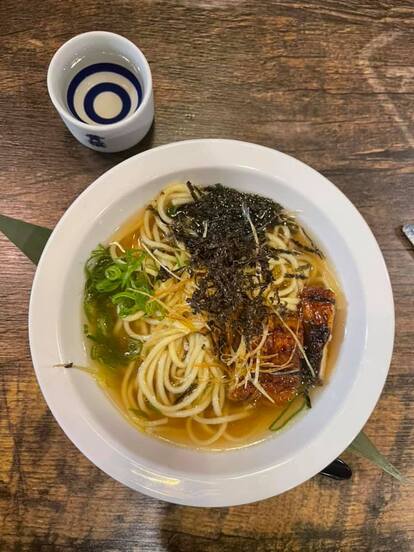 "Unagi entwines with truffle in an onsen of soba ,meets in Fukushima as the Blade of Yaemon leaves the presence of Junmai" We head to the prefecture Fukushima and it is called Yamatogawa Yaemon Karakuchi junmai from Yamatogawa sake Brewery in the Tohoku region. Like Niigata style, Karakuchi arises again making this sake light and clean. Served at semi-cold temperature. Chuka Soba is translated as chinese soba or even Ramen. A perfect winter dish to warm your bellies , healthy and light but full of umami goodness. Delicious sticky unagi creates a layer of depth and the truffle soaks in the dashi broth with lovely subtle earth flavours and welcomes Fukushima Yameon with Karakuchi finish. Sakamai from the homeland Yume no kaori in contrast with Gohyamangoku this sake didnt disappoint. Neighbour to Niigata cold climates still spreading through the region and having match these conditions Yaemon karakuchi was able to shine. Very enjoyable sake keeping Karakuchi in play for easy drinking. 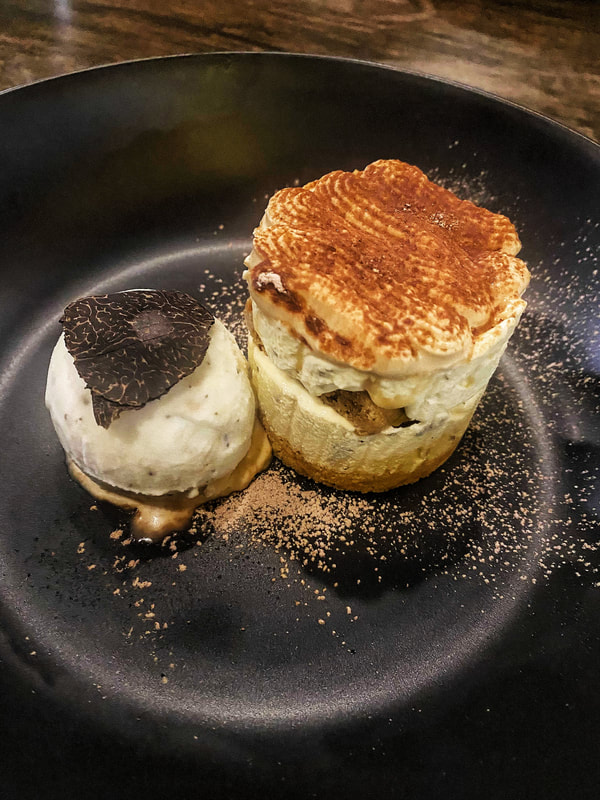 Indulge and take me to heaven The Night is not over without dessert. The classic Italian dessert which comes in layers , coffee creates the bitter note, with biscuit crumbles for texture and whisky creates caramelisation with super soft ice cream to celebrate the truffle earthiness. Hello Sake Lovers, It's been a busy year. Cultivating Sake Awareness is no easy fight, but it gives me the strength to continue to drive me forward. On top of sake events and education classes, I am building up a youtube channel; I hope this will be an excellent source for lovers a-like in seeking knowledge about the sake world in the simplest way possible. So for this blog entry, I would share my story on how I started. For any sake professional, it always starts with one particular sake bottle which draws you in and sticks with you. Let me share the sake bottle that started it, which made things happen and became a turning point only after I decided to open the bottle. So one glorious day, I decided to open the bottle and find out everything I needed to know about the Sake. At first sip, I was not too fond of it, but my purpose was not to like it; I aimed to find out why. I wanted to stimulate myself as a customer if somebody recommends me Sake; what happens if I don't like it? I just spent $60. Are you going to throw away $60 on something you just brought because you don't like it? No right?
But does anybody ever question themselves why they didn't like it? I didn't think so, but I did and did with every single sake bottle in my shop and stored that in memory. Sawahime Yamahai did open up the understanding and awareness that there were different drinkers' styles, which astounded me because I never realize there were various drinkers in the drinking world. From my findings Drinkers like Wine categories & Sake categories which divides into groups: Sweet drinkers Dry drinkers Smooth Drinkers All rounded drinkers This discovery made it so much easier to promote Sake to customers once I knew what kind of drinker they were, making the experience more genuine and trustworthy to the customer who has either had a bad experience with Sake or never had one before. Have you had a real sake experience that you understood? Share your story. So the Sake in question, let me introduce you. If you have ever come across any of the ranges, do seek it out! The Master Brewer name is Mr. Hiroshi Inoue from下野地酒 澤姫my mentor over the past 13 years. Sake Lovers in Perth are already familiar with this is sake brand as Master Brewer always comes for a yearly visit. Master Hiroshi Inoue is a 5th generation owner/brewer using only produce( rice, yeast, water) from Tochigi. He aims to showcase the splendor of Tochigi and work for hand in hand with local farmers to help improve the quality of their crops. Master Hiroshi always welcomes his Australian fans, so if you around Tokyo and got time to spare, head down to visit him. You might get an exclusive tour. http://sawahime.co.jp/ Sawahime in Japanese translates as 'princess', as the master treats his Sake like a princess. The meaning goes deeper and comes from the desire to "make sake that is loved by the region" .The character "Sawa" was taken from the local place name Shirasawa, and combined the character "Princess", which is a symbol loved there, to "Sawahime" Yamahai is a traditional method and style of Sake. Yamahai are used as yeast starter to create a slow and laborious way that allowed more wild yeasts and bacteria for a limited of time to be part of the brew creating a lactic environment. Yamahai is richer, bolder, and somewhat creamier with funkier and gamy characteristics, which may be complicated but intriguing to the palate to make you think. I like to enjoy Sawahime Yamahai at room semi temperature the lovely smooth full flavor of the yeast starter, the true flavour of Junmai. Cool it up enough gives me a crisp bite to stimulate my taste buds and think about pairing.My most favorite pairings are BBQ meats. The richer and full flavour the Sake is, the more I think about heavier and fattier meats. Who doesn't love tasty fats? Without feeling guilty! Hahaha try with Sawahime Yamahai! Guilty pleasures. Do you have a story about your sake bottle? Share if you do. Hello Sake Lovers! I know it's been a while since I have done some blogging; since COVID19 hit us last year, getting business on track was the main goal to keep it thriving. So since then, I have been pushing hard with more events for Perth to enjoy, and I am so thankful for the results. We've had fantastic events straight after COVID and want to share my latest event! It was a great privilege to showcase a well known and historical sake brand for the first time in Perth. Such a rare opportunity to have such a high-quality sake brand which the whole sake industry knows and where's mentors and evangelist were born. Daimon Sake Brewery Widely opened gate "Daimon " Welcome Gate, Forever GateThe Daimon Sake Brewery logo has a large gate as a motif, and The gate's depth represents the taste of sake from Daimon Sake Brewery, the hearts of people, and the depth of technology.
Daimon's sake is that Brewery only uses mountain water, which promotes the purity of their sake and is one of the few left crafted breweries that is mostly done by hand and using 10kg rice per batch. Osaka has a wealth that is rooted in people's lives but has accumulated as a commercial and industrial city, "The Kitchen of the World." Daimon Sake Brewery proposes sake with a body that is backed by a refreshing sourness and you can feel the taste of rice with the thought of tradition and innovation. It is a solid sake that you can fully enjoy Japanese food and the compatibility with world cuisine. To start 2021, let's have a Sake Degustation! Special Guest Dan Vovil, part-owner and Brand ambassador of Daimon Sake Brewery, amazing how the sake can connect like magic, he was conveniently residing in Perth. Being blessed with the Daimon sake series, I had presented a delicious 8-course sake degustation especially paired to compliment each sake to highlight its unique character. Guest from the get-go was in a trance through every bite indulging with thought and understanding was intriguing to their taste buds till the end. Sake degustation consists of two different series from Daemon sake Brewery. A new Daimon series that colours the time with loved ones, a relaxing space, and various dining scenes. It is a sake that you can satisfy from all five senses with your inspiration, with four unique flavours. Rikyu plum series Traditional sake rooted in the region The taste of Jonathan woven over 190 years. Using traditional techniques, we have grown the rich blessings of the earth that rice has into a drop of sake. The Daemon Sake Series's key ingredient is the sake-specific rice "Yamadanishiki" this is also known as the King of sake rice. Yamadanishiki has a unique terroir and as Hyogo prefecture's best-prized sakamai. It is well known for its best attributes for making delicious sake, having great solubility, making it easier for dissolving well in the Moromi and having a large shimpaku, which is perfect polishing. Yamadanihiski sake produces amino acids that create a delicious umami mouthfeel. It establishes a sake with great depth, balance, and fullness and captures a fruity aromatic profile.Daimon sake series creates layers of Yamandanishki from different levels; it begins a journey through the King of rice like you never experience before. 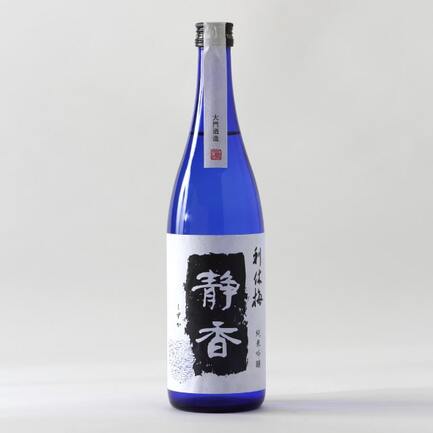 Junmai Ginjo Sake Shizuka
https://www.daimonbrewery.com/products.php 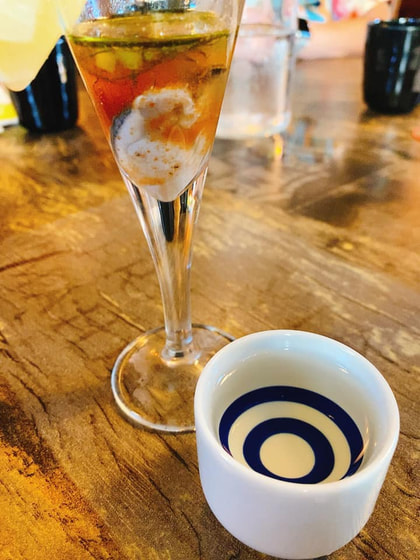 First Course: Oyster shooter with Shiso Gazpacho hot sauce with compressed cucumber paired with Shizuka Junmai Ginjo sake. Shizuka junmai ginjo sake was chosen for it's refreshing, sharp taste to balance out the Oyster's flavour. The temperature is set to semi-cold, as we wanted to match the Oyster's temperature so we don’t overpower the balance within the palate, leaving no aftertaste, but you can find a subtle banana ripeness. The Oyster is surprisingly quite enjoyable I was amazed how deliciously easy it was to shoot it down. The shiso gazpacho allows the Oyster to swim throughout, taking away the Oyster's flavor but not overtaking it. You can also enjoy the compressed cucumber bites to bring some subtle texture as you chew the Oyster; it indeed, a dish is done with care and detail. 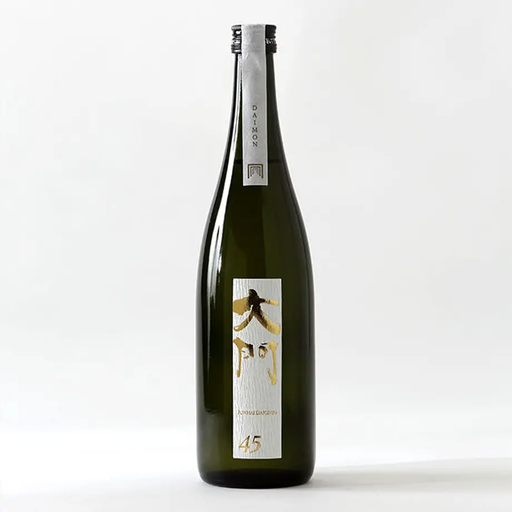 45 Junmai Daiginjo Sake
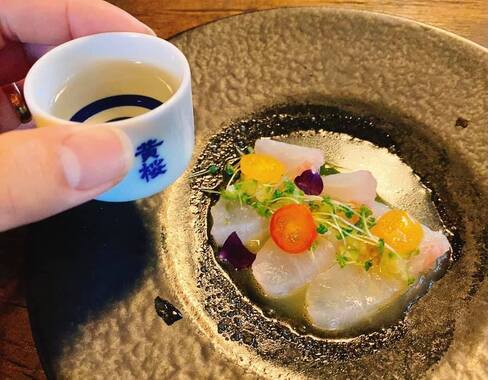 Second dish Snapper ceviche with Yuzu kosho dressing paired with Daimon 45 Junmai DaiGinjo. Daimon 45 was chosen for its refreshing spritz texture which excites the palate giving a juicy feeling to complement the yuzu dressing which dresses the snapper. Daimon 45 sets your palate up, ready to taste the dish. Experience a blast of flavour of the snapper dressed in a pool of tang, the heat to stimulate the tastebuds to make you take another bite throughout the snapper. Enjoy chewing textures of radish, which strings you along to keep you enjoying sipping Daimon 45 at cold temperature to cleanse your palate to end the journey. 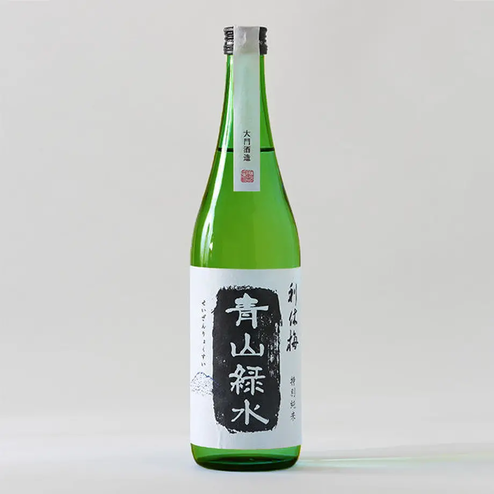 Special Junmai Sake Aoyama Ryokusui
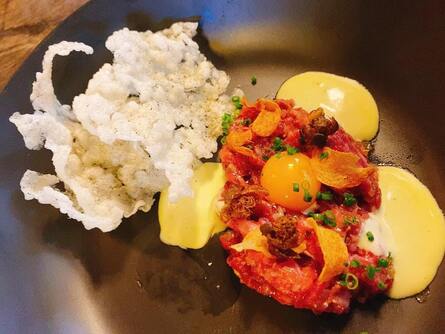 Third Dish Wagyu Yukke Apple & Ginger Tare, Smoked oil, Wasabi Aioli with Rice cracker paired with Ryokusui Tokubestu Junmai. Experience is the sake complementing the wagyu flavour creaminess. Ryokusui Tokubetsu Junmai was chosen for its Umami rich body character. The wasabi aioli kick enhances the flavour of wagyu, inviting the richness of Ryokusui at semi cold temperature, which mellows out and cleansers to make you take another bite. 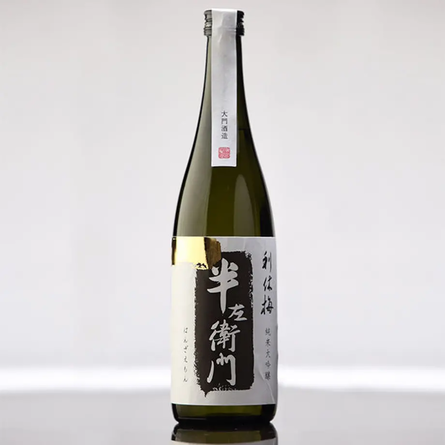 Junmai Daiginjo sake Hanzaemon The rich taste of rice and the smooth taste. It is an elegant sake with a gorgeous taste like lychee. Rice polishing rate: 50% Alcohol content : 16 degrees Hyogo Yamada Nishiki 100% 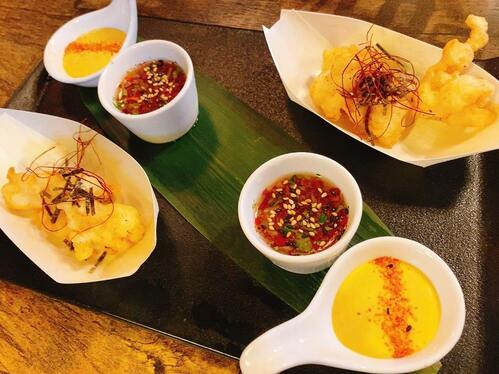 Fourth Dish Bugs tail namban with amazu dressing and Yellow pepper aioli paired with Hanzameon Junmai Daiginjo. Experience Hanzamon sweet richness inviting the tang in the bug and the yellow pepper aioli's rich and spicy sensation. The sweetness does not overpower both the bug and dressings. Hanzaemon at semi cold temperature, chosen for its dry clean, soft profile. As soon as salt is invited, the rice's intensity enhances the creamy and tang flavors to complement the bug. 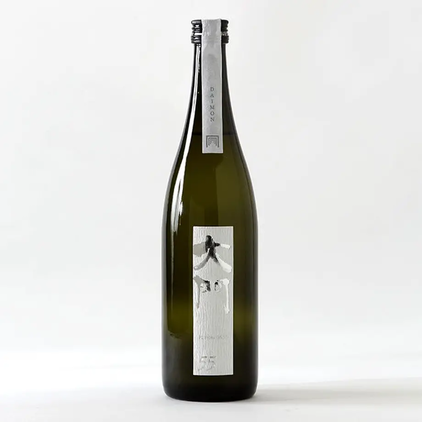 Daimon 55 Junmai Ginjo Sake
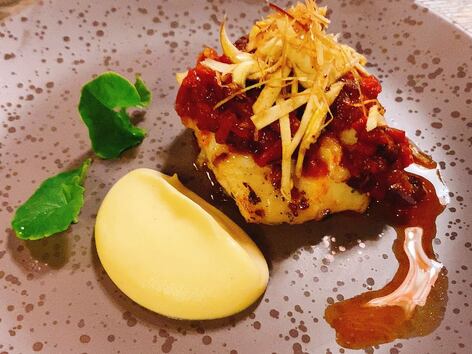 Fifth Dish Toothfish with Jamon ponzu relish, Celeriac mash, Crispy Jerusalem artichoke paired with Daimon 55 Junmai Ginjo. Daimon 55 which sets the palate up It allows you to experience the sweetness of Daimon 55 which balances the acidity from the first sip in the creamy celeriac mash and relish, which then melts around the snapper leaving no after taste. You can taste the snapper's softness, which melts within the palate, taking away the oils and fats enjoying the dish's lightness. Daimon 55 at semi-cold room temperature was chosen for its clean drier smooth aftertaste to complement the fish's tenderness and components. 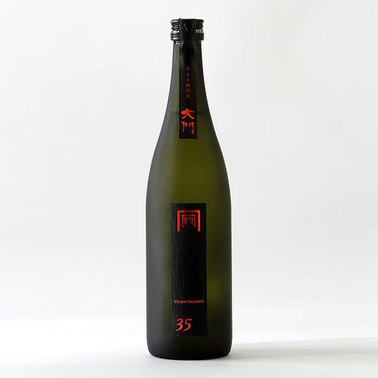 Daimon 35 Junmai Daiginjo Sake
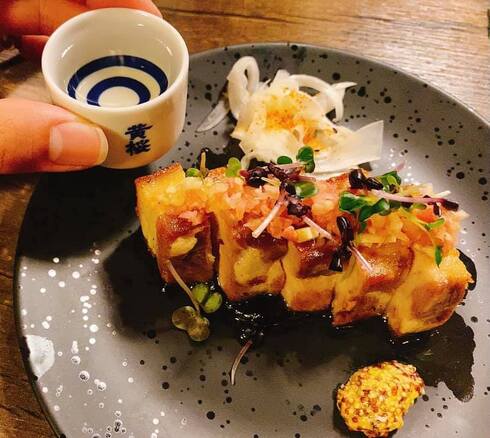 6th dish Confit pork belly with black garlic miso and horseradish mustard paired Daimon 35 % Junmai Daiginjo Daimon 35 is experienced first to set the palate.The black garlic miso's flavor-enhanced as you enjoyed the lovely crackle in between your teeth and the tenderness of the pork belly cooked just right. Daimon 35 is experienced again as a cleanser to the palate ,the richness and fats and oils are taken away, leaving the juicy salivating pork behind . Daimon 35 was chosen to make sure it was the last to be served to make this happen. Daimon 35 temperature was set at semi-cold room temperature. Although most commonly you would have high premium sake at cold but to complement the flavours of meat and bring forth that lovely richness of Yamadanishiki alive , the King Rice was able to appear through the warmth.
Evan (Chef Kukan Izakaya), Dan Vovil( Daimon Sake Brand Ambassador, Sandra Gwee(Educator Kodawari Sake Education)
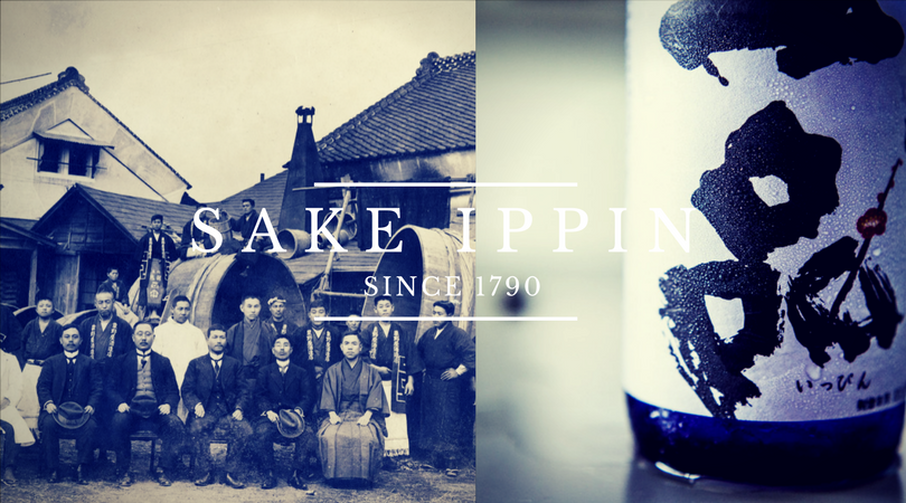 The Virtual World of Japanese Sake has opened the doors to what seems impossible or not practiced globally or, more specifically, Australia. Recently we have seen the importance of reaching out and being socially connected even while physically separated due to COVID-19. The ZOOM experience has allowed this to be possible and with it connecting with all countries throughout the world and bringing a united front of Japanese sake awareness together. Its been almost a decade since I have started my sake journey gaining and seeking as much knowledge about the sake world, and it never ceases to amaze me that the finer details of the making of Sake are of much importance to the end result. We always wonder what makes a sake brewery as unique than other sake breweries. Still, I recently found out there is no accurate or most straightforward way to answer this due to many factors happening in the Sake production. With our virtual interview session with my special guest Yoshikubo sake Brewery known as Ippin Sake Brewery with youngest descendant Mr Satoshi Yoshikubo viewers were able to witness the stories behind 230 years of sake brewing. In terms of the main ingredients, we know about Sake, water, yeast, koji, and rice. One of the primary significance of Ippin's sake brewery would be their access to a good water source. In Ibaraki prefecture, Mito city four main rivers flow close or through Ippin sake brewery. These are Naka, Kuji, Kogai, Tone, Kasahara Suido water line from Mt Sakura in Mito. Compared to the Australia water and Ibaraki water source, the difference plays a part in the result of the completed Sake. Australia water is hard water and Ibaraki waters in japan are soft. For Sake making most Sake, breweries would tend to rely on soft water sources as the minerals are more natural to control than hard waters; however, it does not mean you can't use hard water to make Sake it will all depend on what kind of Sake you would want to create. Still, it is said Junmai style might be slighter easier than Ginjo styles of Sake with hard water sources, which will be harder to control if you try to brew. Soft water sources allow breweries to control water temperature and brewing conditions to make premium styles of Sake which will support the low fermentation process . Different storage areas for different Sake styles I would think most breweries may have the same philosophy in place. Here at Ippin sake brewery, the storage tanks for traditional Sake will normally be in room temperature areas. Whereas to keep and control premium styles of Sake like ginjo and daiginjo it would be more conceivable to store premium sake in air cool refrigeration room to help deliver ginjo like aromas and slowly ferment the Sake in low cold temperature. Charcoal filtering: now, as you know the invention of the charcoal filtering machine to produce black powder is to remove the pigmentation of the Sake to bring forth that clear water-like colour. But for Ippin sake Brewery they tend not to follow this method. For this traditional Sake where the goal is to keep the fresh and lovely mouthfeel of umami. Charcoal filtering Ippin traditional Sake will damage the outcome of the Toji's intention to create his ideal Sake. Charcoal filtration is said to strip away the flavour of the sake, making it seem bland and tasteless if not controlled right. 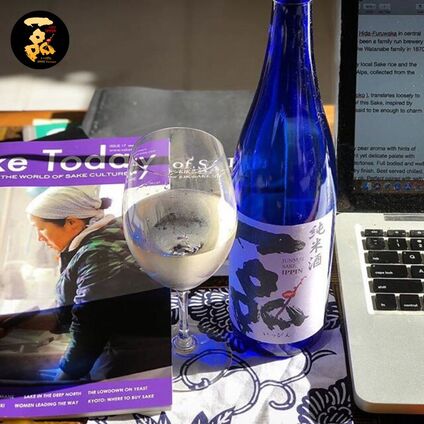 Category: Junmai Rice: Tamasake Rice Polishing: 60% Acidity: 1.9 SMV: +4 Alc:15% Recommended: Room or cool Prefecture: Ibaraki Brewery: Yoshikubo Sake Brewery Co For Traditional Ippin Junmai sake, rice is sourced from another prefecture. Tamasake, the sake rice used for Ippin Junmai, is sourced from the Shiga prefecture next to Osaka. Yoshikubo's main aim was to create big umami taste and Tamasake, which yields a bigger grain, which is good for brewing longer to get the umami taste profile was chosen for this purpose as this profile cannot be easily captured from normal local sake rice. Ippin Junmai has a high polishing ratio, which is 60%, which means 40% has been milled away, allowing the smooth mouthfeel texture but still keeping the umami character alive as the brewer intended to create. For Ippin Junmai, we can capture a banana-like aroma, which is quite sensitive, but this promotes the lactic flavour which comes from the yeast. The room temperature allows us to experience the umami mouthful apparent on the palate but still super smooth due to the high polishing and water source of soft water to be enjoyed throughout the palate. The mouthfeel is keeping the toji intention of the umami still apparent when you taste. The smooth texture is based on the polishing of the rice and attention to detail throughout the low fermentation. Warm Sake comparison with traditional Junmai: Compared to Ippin Junmai at room temperature, the umami increased due to warmth of the sake being heated up the acidity arises, although it becomes sweeter but yet smoother. It is more aromatic, the banana-like aroma is more fruity and free-flowing around your nose, and the taste has more umami mouthfeel, which feels silkier and spreads more throughout the palate but doesn't linger too long even though the acidity seemed high straight off. 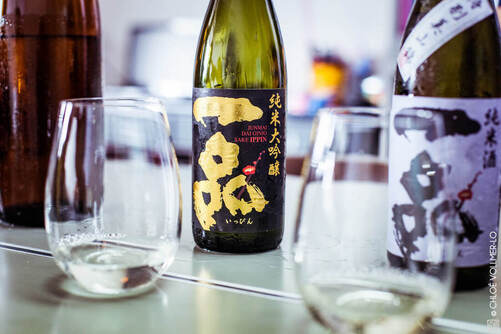 Category: Junmai daiginjo Rice: Yamadanishiki Rice Polishing: 50% SMV: +4 Acidity: 1.5 Alc: 16% Prefecture: Ibaraki Recommended: room or cool Brewery: Yoshikubo Sake Brewery Yamadanishiki as known as the king of rice. For Brewer's intention for a Daiginjo style is to create a fruity taste and ginjo-like aromas more than Ippin traditional junmai sake. This Special sake rice is famous for its fruitiness, which is easier to create for most premium sake. Different yeast provides different aromas Ippin junmai daiginjo creates pineapple aroma or tropical aroma. Brewer's intention skill is recognized for creating the expected aroma to be able to be accessed for competition. The taste profiles at room temperatures which is smoother than traditional junmai because of the different style and also higher polishing ratio than Ippin Junmai it has more velvety fruitiness with a dry clean, crisp finish. The richness throughout taste journey is always revisited to your palate which may seem creamy and abit chewy but influences your mind to tell you to start matching something saucy or full bodied. Connecting how the Brewer' intention of the end result creates the experience to the consumer; what consumers should experience ? and What consumers can experience there is no limitations in the world of Japanese sake.... Hello Sake Lovers, Sorry, it has been quite delayed with the blog posting but when your busy organizing new different events you know it's worth waiting for. Okies so I just would love to share on our highlights for our first Zoom Masterclass with Japanese sake, as you know it was quite a new experience for myself, and of course, for our viewers, I couldn't be happier with how it turned out. Let me tell me the ZOOM experience is definitely something that is trending all over the world and what people may think of it can be totally judged wrongly in order to stop them from trying it out. So I do employ you please try it out and experience before you think its nothing of value. My class has been specially designed to replicate the same experience I wish to deliver when I do my physical sake education events. I want to make clear it's not all about the drinking. We don't drink blindly until your red in the face and you can't continue its is tasting program and the main objective is to learn and follow my guidance to make sure at the end of the session you do leave with some enlightenment of Japanese Sake. The class also encourages engagement from the audience, I mean if you're looking for engagement with the host which is at your deposal then of course you have the freedom to listen but if its there why not take advantage of it. The class was interactive as it was designed to do so viewers were allowed to share what they experience within themselves of what they can capture from Urakasumi Range. It was so fascinating to hear what viewers were experiencing within a group as we know that everybody has a different aroma and taste experience. 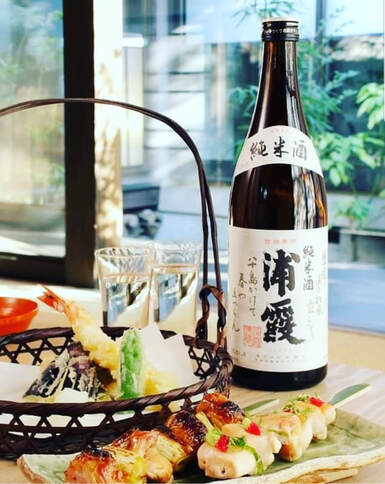 Urakasumi Junmai Category: JunmaiRice: Manumasume Rice Polishing: 65% Acidity :1.5 SMV: +2 Alc:15% Recommended temperature; warm ,room , cool Prefecture: Miyagi Brewery: Urakasumi sake Brewery Viewers experience a very scenic aroma and taste experience with this Junmai , flowery representations and Spring water to cotton candy with lively ricey features to protray a delicious mouthfeel. 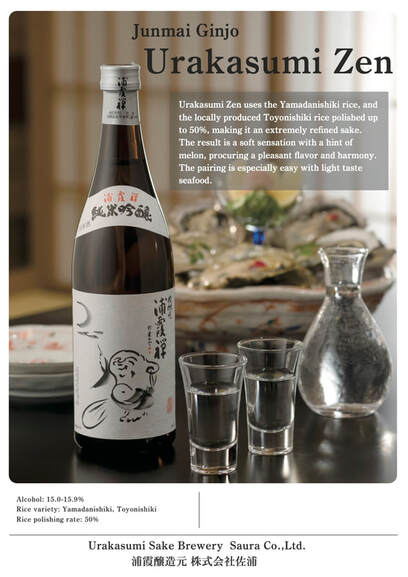 URAKASUMI ZEN Category: Junmai Ginjo Rice: Yamadanishiki, Toyonishiki Rice Polishing:50% Alc:15% As for the story of the label, it was desined by a professionnal artist of the Zen philosophie, thus the name Zen. The perfect balance of the product is clearly represented by the peacefulness of mind of the laughing buddha. The kanjis were written by a professional caligrapher and both artist were devoted to the Zuiganji Shrine (Ancient summer house of Date Masamune) in Matsushima, one of the 3 most beautiful sceaneries in Japan. As the the family taking care of the Zuiganji was very close to the Saura family (Urakasumi's owner), we were requested to create a sake that goes especially well with Matsushima Oysters. It has been 47 years now that Urakasumi Zen is sold, and is still the best seller, all breweries counted, in the Junmai Ginjo Category. We don't call it Daiginjo even though we could, because its creation was made before Daiginjo category even existed so the history is even stronger. Viewers experience a more cleaner and smoother texture with fruity aromatic experience but a drier taste palette. We were able to differentiate aromatic profile but in the form of the texture of the profile. In other words you may experience a not able to capture a stonefruit but you are able to taste it. These type of discoveries can only be met with Japanese sake. A new experience for both viewers and myself but grand new opportunity to really connect all Sake lovers in Australia to connect with the Sake World. I look forward to seeing and inspiring more new Sake lovers in our next event with New Brewery in July.
KANPAI! 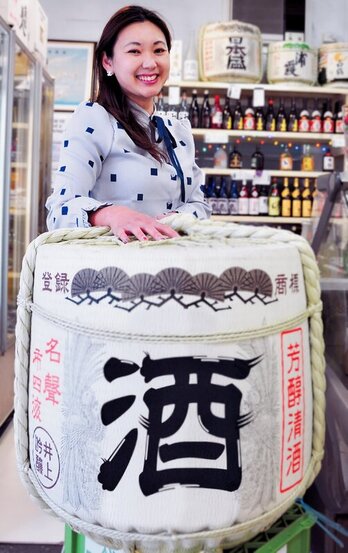 Hello Sake Lovers, Sandra here with news of what to expect with the New Sake Experience which can led to more opportunities. Adaptation is what we face , COVID-19 has forced society to be accustomed to social distancing, deprived of our lifestyle leisures, ban us from leaving the country and prohibit other countries from entering our borders. Most human connection has led to a computer screen which now our only access to other countries is through Virtual. Facing this epidemic head-on bringing a whole new experience to Australia. Highlighting Rice Brew which has made dramatic influence around the world. Australia has yet to really discover what they lack from this Japanese Brew to compares itself to wine but get's mistaken as a spirit. The brew which can harmonise with things from the sea, to the field, to the sweets.This is yet to experience to be experienced by everyone . Event hosting in venues like the good ol days seems to be fantasy at the moment the reality is actually now Virtual . Although restrictions have been lifted it will be a while for things to go back to norm , and with this I have created new experience that even for myself didn't think it was possible. I bring my new Virtual Sake tasting Program , the opportunity in itself goes beyond what you can imagine is possible. Connect to Japan directly , I mean who would of thought of that ? what does this mean? How about the possibility of meeting a live Toji in Japan How about maybe get an opportunity to see a sake brewery virtually? How about actually talking to sake experts and professional from all around the world Get acquainted with other sake lovers I mean I could go on but you get what I mean right? and where can you experience ? Where you are most happy and comfortable at home. I mean imagine yourself you dont need leave early to get out the door and dress up physically to get to an event, plus there is no more excuse I can't drink because I don't need to drive right. This is what I will bring with this new sake experience of course we are still building how best to get the message out what is best you have an opportunity to get access to all my sake breweries in Japan and best of all throughout the experience you will have fun while you learn . Who wouldn't want that at home? So keep updated for my new experience and new services that I have created during this pandemic Currently we have our live event which will run next Friday night! Featuring Urakasumi Sake Brewery. Virtually connect to Japan I will have my special guest from Urakasumi where we will talk all things sake while indulging the delicious rice brew. Our selections for the event are: Urakasumi Junmai & Urakasumi Ginjo Zen  Meet Our Special Guest Connecting from Japan Virtually His Last name will always make you feel you want to celebrate. International Brewery Sales Manager Mr Benoit Champagne from Urakasumi Sake Brewery. Residing in Japan for 6-7 years bringing his hands-on experience to the table gives you the opportunity to channel into his journey with Sake. He is an inspiration to the sake lovers in Japan to have the courage to take onboard a new culture that is different from his own allow to be part of self is truly a gift. A great opportunity to talk and listen to this wonderful voice. Welcome Sake Lovers to Sake World Series this week we revisit the Kansai region stopping in Nara prefecture and then we head to Chubu Region where we visit Fukui Prefecture. We transition to a new sake category this week where Japanese sake was created to influence the international market. By making consumers experience the world of rice bringing forth, fruity aromas, with clean smooth texture low acidity meant that it didn't clash with food pairings and shines more at cooler environments which are also in comparison to the wine world . LET'S VISITIPPONGI SAKE BREWERYLet me take you to time of Samurai's~ The Feudal Lord Katsuyama ( Ogasawara) gave him the symbolic name "Ippongi" to the sake brewed exclusively for him. The name ‘Ippongi’ comes from the Zen term 'Daiichigitai', which means ultimate truth. When Ippongi Sake Brewery was founded in 1902, the company inherited this historical sake name. Since the beginning, Ippongi has been brewing high-quality dry sake, and within 10 years of its founding, it became the top brand in Fukui prefecture. Ippongi continues to hold the top position to this day, nearly for 100 years. The taste Ippongi was aiming for was something pure with a beautifully articulated aroma and flavor. To accomplish this, Ippongi turned to the Nambu brewing method (developed among brew masters from southern Iwate prefecture, which was famous for producing sake with a clean, clear taste). The Nambu-toji is one of the three most excellent brew master groups in Japan, along with Echigo-toji and Tamba-toji. Of this esteemed triumvirate, Nambu-toji is widely considered to be the premier group. It has a history of over 350 years, and the skills and craftsmanship of the Nambu brewing method have been praised throughout the history of sake brewing. https://www.ippongi.co.jp/eng/ 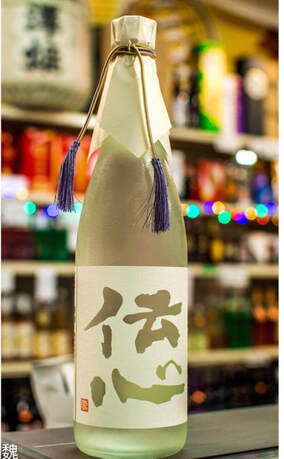 IPPONGI DENSHIN YUKI JUNMAI GINJO Junmai Ginjo sake features calm aroma and pure crisp taste that remind you an image of a quiet, snow-covered sake factory. Denshin Yuki’s soft aroma and clear taste have been praised by consumers who enjoy pure-tasting sake as well as by chefs who seek delicacy in sake to accompany with their delicate dishes.
IMANISHI SHUZOU CO LTD."Nara / Miwa" where the god of sake is settledIt is said that Miwa's land originated in sake brewing. It was here in Miwa that sake was brewed to save the country from ancient times. Together with the sake god, this Miwa continues to make a deep history. The name "Miwa = Miwa" can be said to be a phonetic kana with a deep relationship with sake and Shinto rituals. One of them is "God liquor". It has been said that, since ancient times, the state of being intoxicated with liquor is in sync with the god, and liquor has been regarded as an important connection with God. The sacred sake is now called "Miki," but in the old days it was read as "Miwa." In addition, ancient people read God as "Miwa." The official name of "Ojin Shrine" is "Omiwajinja". It can be seen that "liquor, Miwa, God" have a deep relationship so that "God sake = Miwa = God". http://imanishisyuzou.com/history/ 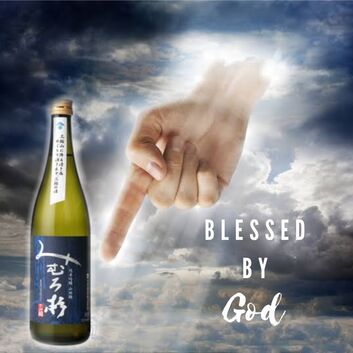 Mimurosugi Junmai Ginjo Blessed with waters from the Ohmiwa Shrine where you can worship the God of Sake Touches your palate with a sensation that blesses your tastebuds where it indulges all taste encounters at the touch of the sip . Experience the blessing of God! Category: Junmai Ginjo Rice: Yamadanishiki Rice polishing: 60% Alc: 15% Welcome Sake Lovers to Sake World Series this week will be focusing on the two prefectures highlighting special breweries both in different regions. First we have the Kanto Region where we visit Ibaraki then we head to the Kansai Region and stop by Nada which one of the wards in the Hyogo prefecture.
Foods you must try
SPARKLING SAKESparkling sake ( happ-oshu in japanese) a new category marketed in the 1990s where Brewers were trying something new and fresh to excite the market. The simplest way to understand the making of sparkling sake is inject carbon dioxide under pressure once the sake id made and filtered. Most sparkling sake made this way are mostly clear and water like and colourless in appearance and mostly pasteurised. RAIFUKU SAKE BREWERYRaifuku Shuzo was founded in the land of fresh water at the slope of Mount Tsukuba in 1716 by a merchant from Omi. The brand name “Raifuku,” which has been used since the brewery’s founding, was derived from a haiku poem. Special attention is placed on the rice and yeast used as ingredients, and its management principle is to compete head-on in the market simply with the sake’s supreme quality. It is hoped that the brewery’s various products, made with traditional brewing methods and improved time after time, will bring “fuku” (good fortune) to all customers enjoying our sake.
SHOCHIKUBAI SHIRAKABEGURAAnother Famous brewery utilizes Miyamizu water like Hakushika & Hakutsuru Breweries all in the same prefecture. Shirakabegura combines expert knowledge with cutting edge technology designed to faithfully capture the delicate essence of hands-on brewing techniques, enabling our dedicated brewery staff to bring you sake that accurately reflects their aspirations. 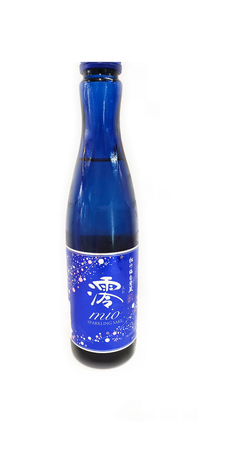 MIO SPARKLING SAKE MIO entices you with its unique, sweet aroma and refreshing, fruity flavor. Just pour into a glass and enjoy a sparkling new sake experience. Crafted in the traditional brewing style, with rice, water and koji, MIO appeals to a wide range of tastes - a new sake for a new age. Type : Sparkling Sake • Serving Suggestion : Chilled • Sake Meter : -70 • Alcohol Content : 5% • Texture : Soft and Smooth • Size : 300ml • Aroma : Fruity • Brewing Location : Nada, Japan OZEKI SAKE BREWERYThe name originated from the Sumo World when Ozeki was the grand champion. Sumo wrestling originated from castle guards showing their strength and the winner being declared ‘Ozeki’ ‘Odeki’ which means “good job” sounds similar to “ Ozeki” and this gave motivation to make good sake. owadays, 'Yokozuna' is known as the grand champion but 'Ozeki' feels that with this there is always the motivation to do better and strive for the top. Again, the beliefs in sumo resonate with Ozeki's beliefs for its products. Perseverance and skill will take you to the top. 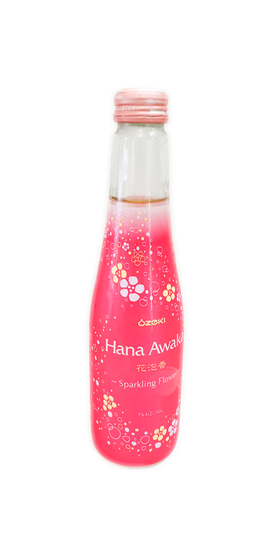 Hana-Awaka Sparkling Sake “Hana Awaka” combines sweetness and acidity that refresh as bubbles burst in your mouth A low alcohol alternative to regular sake that will surprise your taste buds with hints of tangy sweetness. Enjoy in a champagne glass! Type : Sparkling Sake • Serving Suggestion : Chilled • Sake Meter : -60 • Alcohol Content : 7% • Texture : Soft and Smooth • Size : 300ml • Aroma : Fruity, vanila, • Brewery: Ozeki Sake Brewery Welcome Sake Lovers to Sake World Series this week will be focusing on the Kinki Region (近畿地方, Kinki Chihō), also commonly known as Kansai (関西, literally "west of the border") encompasses the Osaka Plain and consists of seven prefectures. The region includes the prefectures of Mie, Nara, Wakayama, Kyoto, Osaka, Hyōgo and Shiga, sometimes Fukui, Tokushima and Tottori. PLACES YOU MUST VISIT IN OSAKA & HYOGO Minoo Falls So for this series I will share my solo trip adventures that I have experienced when I travelled to Japan. I love waterfalls and it was on my bucket lists of things to experience when I went to japan , if you ever plan to enter Osaka take nature in its course . Although the hike maybe be daunting but if you are into exercise and need to really feel nature take a hike up to Minoo Falls and then enjoy natural onsen on the way down to refresh yourself. Hakutsuru Sake Brewery MuseumTake a step back in time of the history of Sake making in the fabulous sake museum designed in the old brewer house of Hakutsuru. You can walkthrough the museum learning about the sake making process and enjoy sampling of delicious sake in the gift shop . Dotonburi The Heart of Osaka"Live the life of Osaka at Night" if you really want to experience Osaka at its best experience the night life is where everything is happening. The lively entertainment area of Dotonbori is Osaka’s most famous tourist destination and renowned for its gaudy neon lights, extravagant signage, and the enormous variety of restaurants and bars. The name “Dotonbori” generally refers both to the Dotonbori Canal and to Dotonbori Street which runs parallel to the canal’s southern bank. FOOD YOU MUST TRY"Fried Vegetable Pancake you can Never Forget" Okonomiyaki is a Japanese savoury pancake containing a variety of ingredients in a wheat-flour-based batter. If you tried it you will never forget it , don't take my word for it , visitors who have been to japan will tell you the same thing and the urge to cook and remake it because they miss is inevitable. Crispy sensation from the batter and crunchy vegetable combo within the pancake topped with okonomi sauce and mayo drizzled with bonito fish flakes. " Fried Octopus Ball" Takoyaki is a ball-shaped Japanese snack or appetizer made of a wheat flour-based batter and cooked in a special molded pan. It is typically filled with minced or diced octopus, tempura scraps, pickled ginger, and green onion. Outside you get the crispy sensation of the fried batter normally topped with okonomi or tonkatsu sauce and inside lovely chewy octopus with a savoury sensation. RICE POLISHING RATIO What is the purpose of the polishing rice? The common purpose is it defines what kind of grade the sake category will be classified, this will determine if they want a more refine sake or more rice body style. The more the sake rice is polished the more refine the sake will be . On the sake label you will always find a percentage % figure that is less than 100% which will determine the rice milling rate of the percentage polished away and how much is left behind this can also determine the assumption of what sake grade the sake is even if you can't read the kanji on the bottle. Hakutsuru Sake Brewery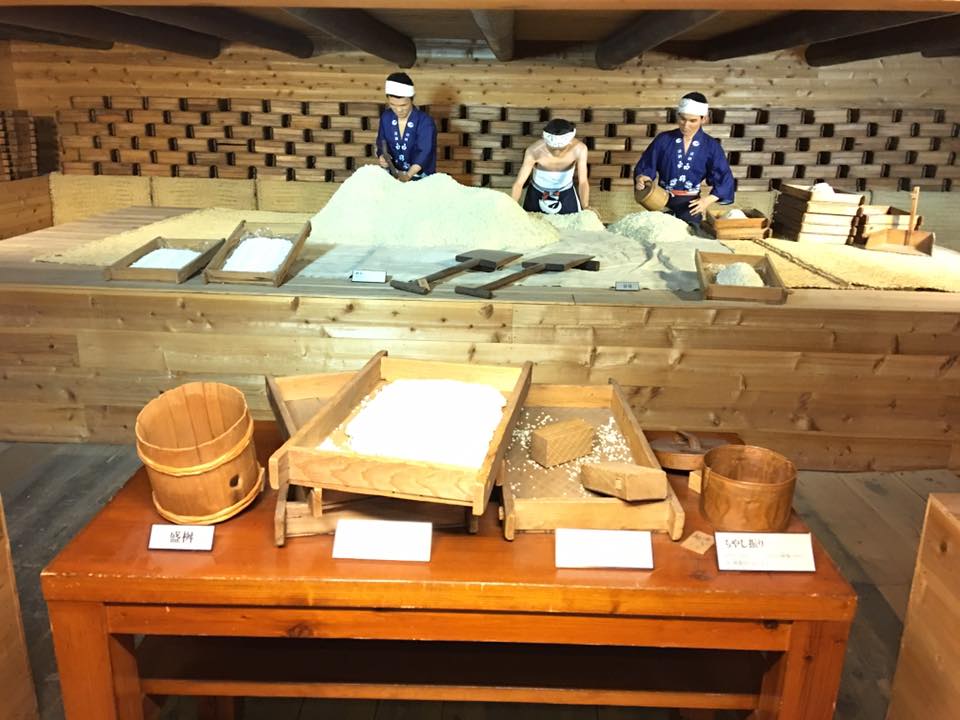 Hakutsuru was founded in 1743 by Jihei Kano. Originally sold locally for decades, the Hakutsuru brand slowly built recognition and prestige throughout the years and found its spotlight on the world stage by being exhibited at the 1900 Paris World Fair. It is currently the world’s largest saké producer. The name Hakutsuru means “white crane”. The crane’s reserved character and graceful appearance along with the cultural association of seeing a crane in flight as an auspicious sign, makes the crane an ideal symbol to represent the excellent quality of Hakutsuru’s saké. http://www.hakutsuru.co.jp/english/company/brand.html HAKUSHIKA BREWERYHakushika was founded in 1662. "Hakushika," which literally means "white deer," is the subject of an old Chinese legend. According to this legend, the Tang Emperor Hsuan-Tsung who ruled from 712-756 and is known as the longest reigning emperor during the culture rich Tang Dynasty, found a white deer one day wandering in his palace gardens. Seeing that this rare and beautiful animal was adorned with a bronze medal indicating that the animal was 1000 years old, the Emperor recognized this as an auspicious sign symbolizing a long and prosperous life. The Japanese, who have traditionally adopted the Chinese images and legends of the deer also regard the white deer as a sign of longevity. https://www.hakushika.co.jp/en/brand/history.html 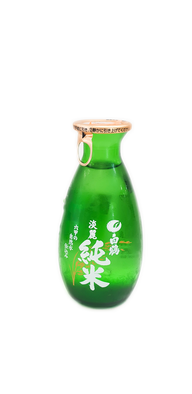 Hakutsuru Tanrei Junmai "Tanrei," a word meaning refreshing and smooth, as well as drying the finest rice and pure natural spring water from Mount Rokko, it is fermented with Hakutsuru’s unique technique, “Keikai-tsukuri”. It is characterized by its smooth and semi-dry taste. Category: Junmai Rice: Gohyakumangoku, Nihonbare Rice Polishing Ratio: 70% SMV: +4 Acidity: 1.3 Alc: 13.5% 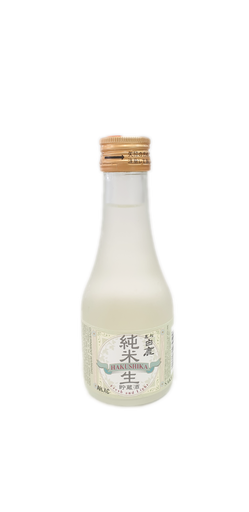 HAKUSHIKA JUNMAI NAMACHOZO Made by a brief aging period and pasteurization right before bottling, fresh and light Namachozo sake is characterized by a refreshing cool aroma and a mild taste. Smooth, mild Sake with a refreshing aroma, aged at a cool temperature before flash pasteurized. Category: Junmai Namachozo Rice: Gohyakumangoku, Nihonbare Rice Polishing Rate: 70% Alc/Vol: 13.3% SMV: +2 (mildly dry) Serving Temperature: Well-chilled Welcome Sake Lovers to Sake World Series this week will be focusing on the Kanto region is a geographical area of Honshu, the largest island of Japan. The region includes the Greater Tokyo Area and encompasses seven prefectures: Gunma, Tochigi, Ibaraki, Saitama, Tokyo, Chiba, and Kanagawa. The prefecture we are focusing on this week is Tochigi. PLACES YOU MUST VISIT IN TOCHIGI OYA MOUNTAIN " Imagine yourself in a natural cold room" a few years back my sake mentor took me to see some histories in his hometown the experience itself is breathtaking I remember it was so hot inside but as soon as you enter the Oya mountain you blessed with the natural cold air that flows throughout the whole mountain The Oya History Museum (大谷資料館, Ōya Shiryōkan) is a museum and event space built inside a massive former stone quarry in northwestern Utsunomiya. The man-made caverns were originally developed during the Edo Period to mine Oya Stone, a soft, yet durable volcanic stone that is only found locally. Oya stone has been used over the centuries as a building and paving material, and has been utilized infamous structures such as the facade of the former Imperial Hotel in Tokyo. https://oya-official.jp/bunka_en/ Sawahime Sake brewery(下野地酒 澤姫)Sawahime Sake Brewery To get to Tochigi you can take the JR from Tokyo where the journey distance is about 1 hour, from there you get off at the capital Utsunomiya and take a taxi into Sake Lovers in Perth are already familiar with this is sake brand as Master Brewer himself always comes for a yearly visit. Master Hiroshi Inoue is a 5th generation owner/brewer using only produce( rice, yeast, water) from Tochigi. He aims to showcase the splendour of Tochigi and work hand in hand with local farmers to help improve the quality of their crops. Master Hiroshi always welcomes his Australian fans so if you around Tokyo and got time to spare head down to visit him you might get an exclusive tour. http://sawahime.co.jp/ FOODS YOU MUST EATFAMOUS UTSUNOMIYA GYOZA Utsunomiya Gyoza” is a centre of local culture. The "fight for the best "is the competitive spirit amongst the city over 300 Gyoza restaurants, who work hard continuously to create the best "GYOZA" with all sorts of ingredients and cooking methods with endless choices to make you salivate the pleasures the samples of different eateries. YEAST STARTERS
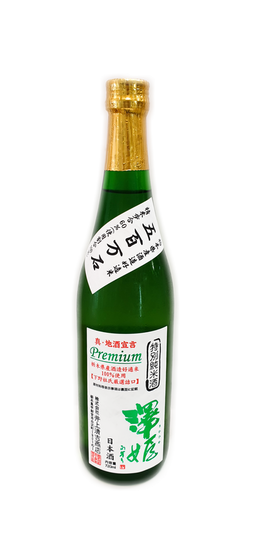 Sawahime Tokubetsu Junmai Classified as a premium sake made of 60% Polished rice( Origin Tochigi prefecture) naming this sake special (tokubestu) does it justice . Fruity on the nose this sake can complement different flavours at all temperatures. Alcohol: 15.5% Rice: Hitogokochi (Tochigi) Rice Polishing: 50% SMV: +5 Prefecture: Tochigi 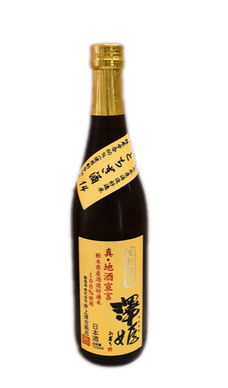 Sawahime Kimoto Junmai Traditional Method style and a yeast starter Kimoto . Gentle Richness which not overpowering. Soft crispy going down with a smooth finish. This sake tends to be complex, rich and intense. FOOD PAIRING SUGGESTIONS Yakitori, Grilled seafood, Roast Pork/Chicken Alcohol: 15.5% Rice: Tochigi sake 14 Rice Polishing: 60% SMV: +2 Acidity:1.9 Prefecture: Tochigi 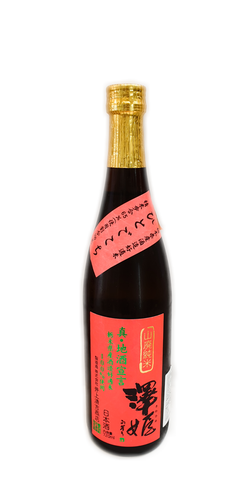 Sawahime Yamahai Junmai Another Traditional style & yeast starter Yamahai The sake is bright, dry, lively with medium plus acidity. Full bodied on the palate. Welcome to enjoy at all temperatures FOOD PAIRING SUGGESTIONS Smoked salmon, sautéed mushrooms, bagels and ox, grilled salmon, yakitori, fried fish Alcohol: 16.5% Rice: Hitogokochi Rice Polishing: 65% SMV: +1 Prefecture: Tochigi 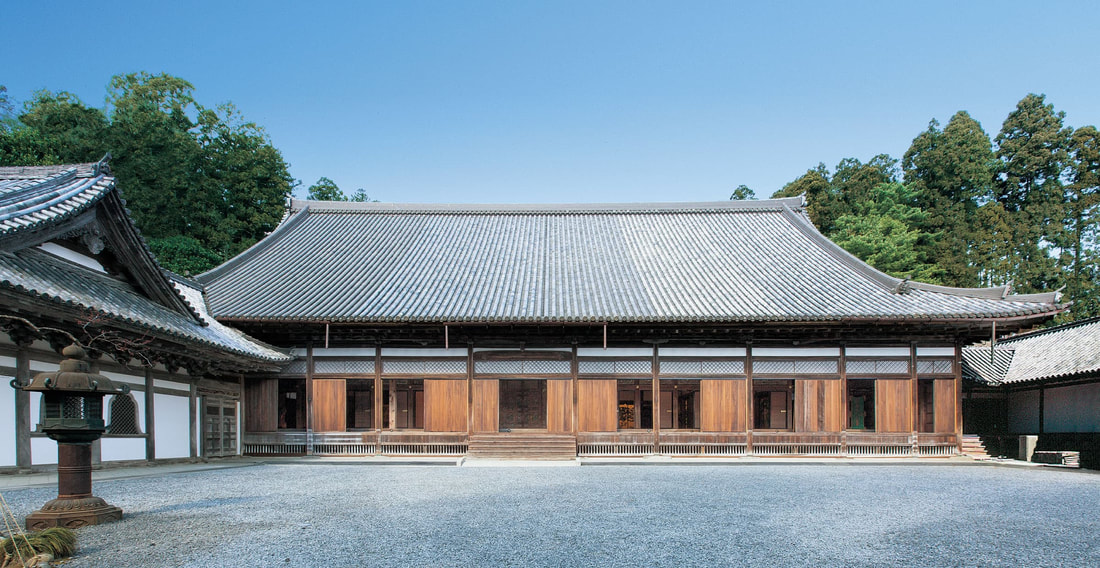 Welcome Sake Lovers ! Introducing my new blog series SakeWorld . Every week you will have the privilege to enjoy sake stories behind the world of sake here I will focus on one prefecture each week and different types of sake in my sake collection. The Tohoku Region (東北地方, Tōhoku Chihō, literally "North East Region") consists of six prefectures in the north of Japan's largest island, Honshu. It is well known for its countryside, mountains, lakes, hot springs, high-quality rice and rough winters. PLACES YOU MUST SEE WHEN YOU VISIT ZUI-GAN JI TEMPLE The dazzling main hall constructed by the first feudal lord of the Sendai clan, Masamune Date, cannot be missed. Experience art from Japan’s Middle Ages at Zuigan-ji Temple, where many Important Cultural Properties including National Treasures are maintained. (Photo Credits : http://www.zuiganji.or.jp/en/ ) FUKUURA BRIDGE Fukuura Bridge is a 252m-long vermillion bridge linking the Prefectural Natural Park of Fukuura Island with the mainland. It is also known as “Deai Bridge” or “Encounter Bridge” since wonderful encounters have been known to happen there. In addition to the magnificent view during the day, the nighttime illumination and the superb winter view are also popular. (Photo Credits : www.japan-guide.com/e/e5106.html ) SHIRAISHI RIVER Come cherry blossom season ,Miyagi's Shiraishi River hosts an annual Ogawara Sakura Festival -- said to be one of the country's top cherry blossom viewing experiences. (Photo credits: www.pininterest.ch/pin/46302702406090770) FOOD YOU MUST TRY IN MIYAGI Gyutan (grilled beef tongue) Heavy aroma but with a lovely juicy texture that locals go crazy for. It typically has a strong smell and a unique texture that can become rather addicting. Gyutan is charcoal-grilled to exalt and bring out all its magical flavours. Zundan Mochi Mochi made with edamame (young soybeans) which is very famous in Sendai city. Edamame is rich of nutrients such as vitamin A and C. Oysters This is a delicacy available between October and March only. Oysters may be served raw with just some lemon as a condiment or even fried. Sendai Beef It is of the highest grade in the Japan Meat Grading Association, thanks to its softness and succulence. Sendai beef is a perfect ingredient to make the best nabe (hot pot) or sukiyaki of your life . Sake Doesn't stop Brewing because of Natural Disaster MiyagiOn 11 March a massive 9.0-magnitude earthquake occurred near the northeastern coast of the country, creating extremely destructive tsunami waves which hit Japan just minutes after the earthquake. Niizawa Sake Brewery The brewer of “Hakurakusei” Founded in 1873, with the professed aim of delivering “the ultimate meal-time sake”, the brewery continues to hold itself to a support role, in deference to cuisine. When the Great East Japan Earthquake struck in 2011, however, the brewery was destroyed, relying on his indomitable spirit and the dedication of both the brewery workers and an army of volunteers to carry out a miraculous relocation and rebuilding process in Kawasaki-cho, Shibata District, within the same year. The brand name “Hakurakusei” comes from words that relate to a local legend that illustrates the importance of being able to find extraordinary talent. “Hakuraku” was a master who recognized the fine qualities of horses long ago in ancient China.Honoring Hakuraku and fine horses is their way of expressing the hope that the fine quality of their sake will be recognized by its consumers. Urakasumi Sake Brewery Our motto: "A genuine sake brewed meticulously, delivered with professionalism" resumes well our method. The brewing process is made sincerely and with care to provide our customers the highest quality. They can then enjoy a sublime Japanese sake through its richness while experiencing its pleasant and comfortable feeling. To maintain our reputation of a trusted brewery supported by its customers and its community, we will continue to devote ourselves to brewing the best quality sake and strive toward excellence. 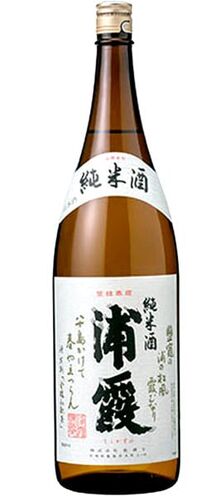 Urakasumi Junmai "Misty Bay" Straight Road A fruity and fresh nose containing a hint of toasted nuts. Well-balanced, clean and refreshing taste. Rice: Manumasume Rice Polishing : 65% Acidity :1.5 SMV: +2 Alcohol15.0-15.9% Recommended temperature: warm, room, cool Prefecture: Miyagi 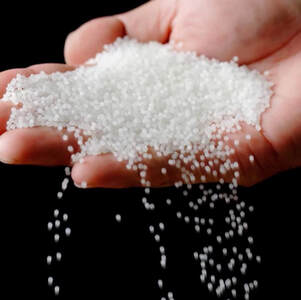 Raising this topic is clearly necessary as it has come to my attention the confusion about the word sake is still considered lacking in education for foreigners. To go into this it is not a simple black and white situation where it translated from the japanese meaning to english. If you have experience language translation when you translate character to mean a word its not enough for english understanding to be set on that context alone. Clearly foreigners who live Japan or visit Japan they rely on the direct context of translation to understand everything in general but like all language its not as simple as this. First what do foreign believes the term" sake' relates to and the understanding behind it. When you define the word sake it means all alcoholic beverage but in another context it means nihonshu which translates as japanese liquor. Here the confusion applies , and this why I say depends on the context. Foreign outside of japan will maybe be familiar with the word term sake but when they get to Japan and ask the bar for sake the bar tender will ask what kinda of alcohol. So unless you say nihonshu when asking to drink for something you have to be specific in Japan. But say in Australia nobody knows or is familiar with the term nihonshu but sake. Conversation context: Japanese use sake or osake term to as a feeling have you been drinking alcohol hence they proclaim the term sake in this context not nihonshu. Character context: When you see the character 酒 and phrases . Sake = alcohol Shu=alcohol=wine Nihonshu -日本酒 = Japanese liquor Confusing right ? there is no representation that nihonshu means rice liquor representation but yet Japanese understand through culture and tradition that this is means sake. English translation is just japanese liquor unless you know abit sake you will go with the direct translation as all japanese liquor which is what Japanese understand sake to be totally opposite, It can be said that the term sake came from the supposed understanding from the unique rice sakaimai. Which is special rice for brewing , at the time it wasn't proclaimed it was for alcohol, but because it was different to normal eating rice it definitely does not taste good so it was used for brewery instead. Hence the idea could of come from this concept. Other terminology are Seishu which means clear sake or clear alcohol but its not commonly used to understand this is nihonshu . Currently, the English word “sake” is considered a synonym for seishu, but the Liquor Tax Law does not use the term, defining matters only as relating to the word seishu. Liquor Tax Law defines seishu as an alcoholic beverage of less than 22% alcohol meeting the following conditions.
Over the years the word Sake has been highly influence internationally to be know as the an the alcoholic beverage made from rice. In Japan you will not use the term sake but nihonshu because we understand this is based Japanese culture and tradition. To refer to sake as just meaning alcohol it doesn't give justice of the wonderful things about ' rice fermented liquor' . Perception of sake in Australia Australia still is not as vast as the international countries but we are getting there. In the first 20 years, the perception of sake did not exist in the minds of Australians which was the same with Japanese culture. Australians were still young in embracing the rice brew lack of understanding conflicted their minds to be willing to try. Only in the last 10 years, the love of Japanese culture started to grow due to the luxury of traveling to Japan. Australians were love-struck on the beauty and culture of food that it created an unforgettable experience. With this, it had open up locals' curiosity to the rice brew and the flight back home left local's hearts yearning to relive past leisures. Locals who either traveled or stayed in Japan started to yearn what they had missed. For locals, the access for Japanese sake through Japanese restaurants made it possible, however not all Japanese restaurants had sake on the menu and if they customers wouldn't understand how to best to appreciate the experience. Having sake available didn’t mean locals could appreciate it. Mostly they were confused about what made it so special. Japanese sake pairing with food although an enjoyable experience but nobody remembers the Japanese sake they drank and alas~ the sake was forgotten. To open the understanding of sake, locals could experience through tasting but proper sake etiquette must be practiced to make the experience leave a good impression. Most local's first perception of sake especially if they have traveled to Japan was it must be drunk hot. Confuse locals commonly would not appreciate how alcohol in itself to be drunk this way, hence they were discouraged to give Japanese sake any room for chance. When the possibility or option was given to locals to drink sake at room and cold locals felt more comfortable to give it try. Locals were always biased towards sake, but persistent persuasion opens their hearts. By allowing locals to taste broke the iceberg and with proper instructions allow the locals to feel safe. Most locals were shocked at first how this brew came to be and through guidance wanted more. As hot sake was not willingly accepted straight away, the option of room and cold did. Most locals had always had the perception of sake was strong. It was hard to understand why customers felt this way, but through taste analysis with each tasting, this opens up another form of lack of understanding. Locals' understanding of strength can be a variety of things, a customer may think it's strong because they don’t like a certain taste, or maybe they are looking for a particular taste. Have something too sweet maybe you feel it is strong, or having it too dry because it is not sweet whatever the case we cannot label sake this way. Asking the proper questions and doing a taste analysis brought the value of trust to locals more easily. Held back by perception can be like a "crime' against opportunities and new discoveries. Don't let the wrong perception of Japanese sake deprive you of a enjoyable experience.
York which is 95.9km from Perth which is about 1 hour and 20mins driving on National Highway and Great Southern Highway. The York festival is an annual festive event which is to honour the WARA art sculptures ( Wara art is Giant sculptures made from straw every year these dedicated artists construct beautiful artwork that is breathtaking which you encounter their hard work and effort. This year a special day was organised to celebrate A day of Japan it was the first time west Australians from the town of the York to celebrate and appreciate the wonderful Japanese culture and of course Japanese Sake. Sake Marlakey was held in Gallery 152 , Japanese Sake stations were organized to allow guests to interact with the tasting event as well as the flow of the Gallery. 6 beautiful sakes were a showcase for this event to allow the guests from York to really experience a diversity of sake. What most intrigued our guests was the different flavour profile that each sake made them feel, guests were really honest with their feelings towards the rice brew and stated which one they were accustomed to and reasons for the sake there were not. This demonstrates as I have been stating for so many years everybody tastes are different from each other. In the sake world, we don't expect you to love all sake, we are only human, the point of the matter is at least you kinda understand which kind of sake you do favour and why you don't. Our York guest was eager to try and also ask questions regarding the rice brew, and the same perception which always gets a mention about sake had risen again. Unless you have experience the journey and unless someone makes you understand you can't genuinely appreciate what Sake stands for. Blind tasting: As I was a solo act I couldn't cater to everyone at the same time while they were waiting for the tasting, so I had created a self-interaction station called "Test your palate" where guests can interact with the activity while waiting to try the sake. This station held 3 sakes dressed un Kimono wrap, the activity aimed to test guests' palates if they can remember the taste from the tasting selection. Guests are instructed to name the sake in number order to win a Prize. This activity was really fun for the guests, and all the guests were more than willing to participate. The mood rose with guests having a good time with sake that made guests willing to savour the experience. A highlight of the sakes was divided. As the guests' palates on the night were diverse. Junmai VS Junmai Ginjo VS Junmai Daiginjo There was no winner with this the range my selection I had chosen was enough to cater to most people's palates which demonstrates that one sake category cannot cater to all. Junmai : Sawahime vs Hakkaisan - Guests who like this range were into the red wines category, "give it to me bold and full of flavor." These guests enjoyed how it created layers of flavor every time they sip and made the journey feel longer, that all they wanted was more. I had Sawahime Yamahai Junmai served at room temperature for this effect as I wanted to guest to enjoy this lingering experience from Yamahai, Hakkaisan there was a clash between certain guests maybe I could have served this at room temperature also to get a more accurate response. This was served cold as I wanted the guest to feel that water texture of the sake which Hakkaisan Sake Brewery is famous for using, which had intrigued me with Hakkaisan Tokubetsu upon my first discovery with its experience. Some guests enjoyed the softness of the palate, drinking at ease where others felt it didn't have too much of an effect on them. But clearly, I stated to them the temperature was the key of the character profile we would to accurate analyse customers who didn't like the sake or they didn't like the temperature it was served at? Junmai Ginjo Let me experience a pure texture! Hakutsuru vs Urakasumi - guests who enjoyed these ranges were into mostly white wines I love it silky and smooth and deliciously sweet. Guest who enjoyed with Hakutsuru Superior Junmai Ginjo were captivated on how soft and elegant it made their palates feel that made the experience so inviting. As Hakutsuru Superior Junmai Ginjo uses the spring water from Miyamizu it is only fitting to state the experience was what was expected.\ Urakasumi Junmai Ginjo Zen rose to this occasion for the elegant rice presence the sweetness from the rice were drawn to guest followed by the indulgement of silky smoothness. Some guest stated it was comparable to white wine. Junmai Daiignjo Ippin vs Chiyomusubi Let the rice shine in character! both sakes were served at room temperature as I wanted to create the character in both sakes which made the sakes shine more. Ippin brought forth that chewy mouthfeel that you could mistake for Tokubetsu Junmai making like smooth mouthfeel but if we're to have it cold it would be dry and clean the viscosity of the rice would become apparent towards the end. Chiyomusibi Junmai Daiginjo shines more at room temperature when it isn't paired with anything. The gentle mouth feel of Tottori rice becomes more apparent allowing guest savour rice notes which make Tottori proud along with smooth mouthfeel coating around the palate. Wherever I may go
Where ever the Sake World wants to take me , one thing I always can guarantee You can always have a good time with Japanese Sake Sake will always leave a smile in your Heart! No Sake ! No Life! Back in the Swan Valley, appreciating what makes us WA. Glorious weather for a Sunday morning session to learn about sake. Perception was really what was highlighted here , our guests were all first timers to Japanese sake and didn't know what to expect. The unknown to the Sake world brought forth curiosity and excitement the same time. When asked about their experience to Japanese sake it was discovered that the perception of the "rice brew" had misguided them to open their hearts. Some of our guests felt that sake might be too strong as they had assumption from what other people said . Some guest felt they definitely would not like the "rice brew" before even trying it. I have encountered these fake assumptions and incomplete experiences to sake throughout my years and frequently and I make it a point to correct this wrong perception people have in Sake. Our First sake: Ozeki Nama Chozo Sake “Nama-Chozo-Shu” is pasteurised only once before bottling to bring you a refreshing flavour and tanginess only in a chilled sake. The chilling brings out the refreshing aftertaste, mellow aroma and moderate sweetness. Honjozo is a another classificaiton of sake which is usually sake that has distilled alcohol added . We experimented with two different temperatures to let our guest experience different characters and flavours. It was educated to our guest that aroma experience and palate experience do differ from each other. Our guest were fairly new to the experience , some couldn't capture the aroma at all as they were unfamiliar with sake. I have encountered this all the time in my workshops , most guest think there is expectation to capture the aroma or you must have a peculiar taste to accept the flavours of sake. This is not required, sake is unbiased, we do not educate you to make sure you have a level of palate or aroma experience. The sake world does not judge it actually encourages you to find the character and let it create on its own to suit your own taste. Sake Culture: Guest thoroughly enjoyed this beautiful tradition and learning the japanese customs made guest learn to appreciate the sake culture evenmore. As manner is preached in Japan through tradition our guest followed through with the custom without hesitation. So the next sake is Sawahime Yamahai Junmai Sake from Tochigi Prefecture: So this sake is one of the traditional method and used mainly as a yeast starter. This methods normally creates more lactic flavours and full body flavoured sake. Guest who enjoyed mostly red wine style or rich whiskies tend to relate to the full body flavour of Sawahime Yamahai. The contrast of the room and cold temperature really left an impression of difference how the same sake can change so much in different temperatures. Cheese & Sake Does it work? of course it does ! Cheese is the perfect companion to sake because they both have the same ingredient ( lactic acid) Our first pairing comes from the Miyagi Prefecture and is called Urakasumi Junmai. Junmai means pure rice and this sake has a rice polishing ratio of 65 % using manumasume rice which is known to full body and have rice richness. This is a perfect well balanced sake to suit all palates. Kytren Chèvre Fresh style is fresh cheese coming from Gidgegannup, using goat’s milk. After Pasteurisation the milk is gently heated to form a curd. The warm curd are then poured into individual mould, to drain overnight The fresh chèvre is very soft and light in texture. That has a pleasant feel in the mouth.Its flavour is delicate and not overpowering. Our second pairing with is Ippin Plum Nigori from Ibaraki prefecture.
Last sake is a very different style altogether it will totally surprise your palate. The next sake is Hakutsuru Koshu sake from Hyogo prefecture Koshu (means matured sake) this is aged sake that was brewed 2007 and preserved in a tank. It has matured aroma , smokey and rich in taste which resembles a whisky or a guinness beer. The flavour starts out really bold and heavy body but suddenly disappears with cleansing on the palate which doesn't linger. The Cheese we are pairing with is Italian Blue Gorzonola. Italian Blue (Cows Milk)
Highlights for sake was Urakasumi & Sawahime most guests loved the mouthfeel on the palate and richness of of sake rice which left deliciousness. The favourite cheese was all , as most of our guest were cheese lovers they couldn't fault too much about the cheese but the pairing was something the wouldn't have guessed or even comprehend that could exist. It is always a joy to see fresh new faces at my workshops and I am so glad everytime our guest have taken something to remember about the Sake World. Another fantastic Night at Hiss and Smoke . Delicious food with delicious sake, two harmonies into one what more can you ask for? Our first sake we served is from Ozeki Sake brewery from Nara Prefecture. Hana-Awaka Sparkling sake .This has been quite a favourite in my collection for nobody knows that sparkling sake exists so this is definitely is an eye-opener for most first time sake drinkers. Its has a elegant sweetness which is creamy and bubbles which refreshes the palate. We are pairing this with a beautiful seasonal sashimi of the day and its a classical combo with Japanese sake. The Sashimi is cut to perfection and with the sparkling sake it cleanses the taste of the sea and melts that fish in the palate. Our second sake is Asabiraki Okarukuchi Junmai. from Iwate prefecture . Okarukuchi means dry taste, and this is what you definitely get with this sake, dry flavour of is mouthfeel and at cold temperature the acidity becomes visible which is refreshing. We paired this sake Nankotsu Kaarage which is deep-fried chicken cartilage. Quite a unique delicacies which Japanese enjoy in Japan but it is not well known here. Cartilage is the lovely tissue bone from the chicken is actually good for you because it provides vitamins and nutrients. Hiss and smoke have based this with sea salt and batter like karaage style .First squeeze the lemon this will enhance the flavour experience .You get a punch of salt on the palate and a crunchy chewy texture which helps spread the flavours in the palate the fresh lemon juice cuts through the acidity and saltiness which invites the sake to cleanse and finish well. Our next sake is Ippin Junmai Daiginjo This lovely elegant Daiginjo comes Ibaraki prefecture from Ippin sake Brewery . It has a elegant gentle sweetness in the palate which doesn’t linger we have paired this with Duo of tongues skewers. As the name describes don’t let that misguide you it is more delicious then what it intrigues to be ,which not many people think its worth trying. Two style of ox tongue one skewer is more fatty than the other but lovely and chewy which cooked on the hot plate and seasoned with sea salt to really enhance the flavours on the palate , the part is more leaner and has a less chunkier texture but still delicious in the palate when paired with Ippin Junmai Daiginjo we highlight how the sake cleanses the saltiness of the ox tongue with its lovely rice sweetness to become a harmony . Our next Sake from Sawahime Sake Brewery from Tochigi prefecture by Master brewer Master Hiroshi. Sawahime Junmai Ginjo is a premium sake which has lovely fruity elements to capture your senses. At room temperature the flavours of fruit do become apparent and the discovery on your palate will really intrigue you.
The lovely rices mouth feel is just delicious on the palate and paired which our selection of chicken delicates each giving a different experience. The Chicken Gizzard is the inside part to the stomach which has a chewy texture but continues salivate in your palate , chicken hearts good for you with a chewy texture , and the last one is chicken tail which is quite lean and juicy all based with lovely tare sauce and when paired with Hakkaisan the smoothness of the sake cleanses the saltness and tare sweetness and rice mouthful brings its all together .Delicious. ""The Sake World Bringing People together"
KAMPAI! 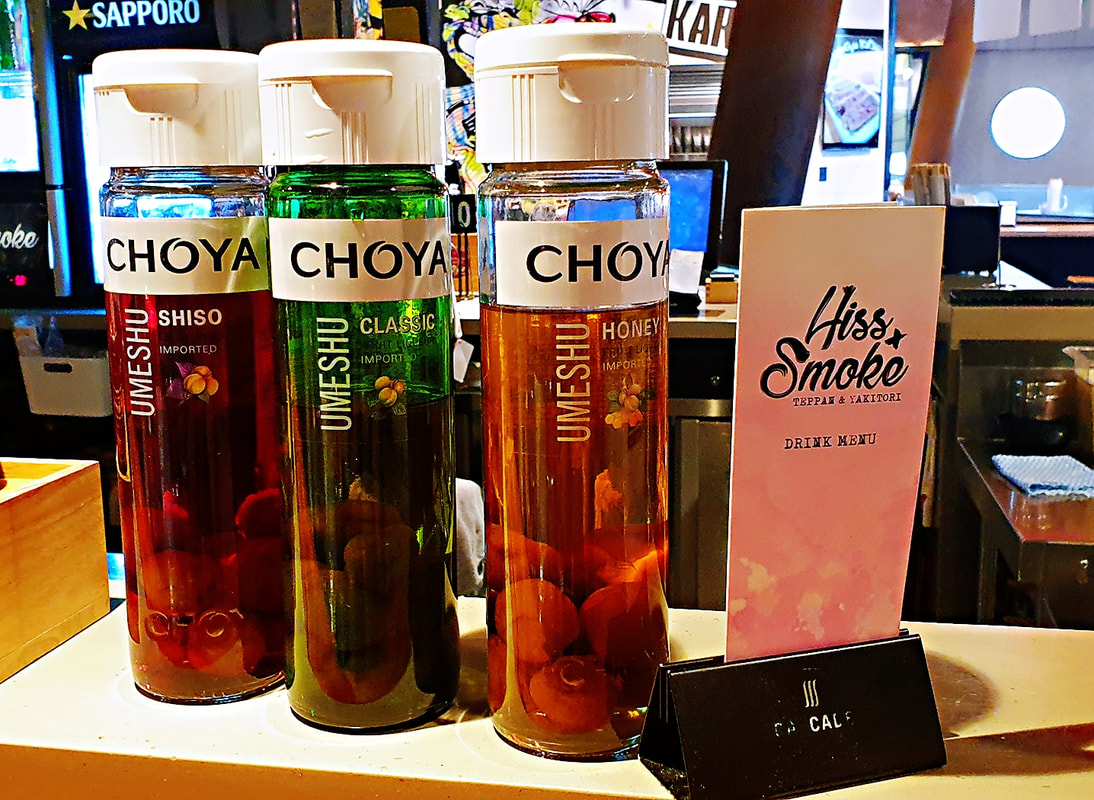 Choya the famous Umeshu Company was visiting Perth and what a great way to welcome them with a special Umeshu Masterclass. So at short notice I have created a special lunch event CHOYA company in order for Perth to experience as well be educated about the World of Umeshu. Believe it or not it is not plum! It has already been preached to me countless of time Umeshu is not Plum! Ume is its own fruit which comes from the species called Prunus is a genus of trees and shurbs , which includes fruits plums, cherries, peaches, nectarines, apricots and almonds so as you can see it is not a plum. Our special guest was Ms Eriko Abe sales representative from Choya Company who would educated our guest on the history of Choya and the making of Umeshu throughout this lesson our guest got to enjoy real Umeshu fruit while listening. Nanko-ume fruit from Wakayama Good quality Umeshu starts with good quality Ume To make delicious Umeshu, the first requirement is high-quality Ume fruit. CHOYA, works with local Ume growers to research and develop Ume ideally suited for use in Umeshu. Choya Production goes through a series of steps to become Umeshu. HARVEST: At CHOYA they only the best Ume fruits with thick flesh high in acidity. Harvest is normally collected in June once a year. STEEPING: Only natural ingredients (Ume, sugar, cane spirit) to prepare our Ume liqueur in a traditional way. AGING: Ume liqueur is slowly age in the ideal environment for at least 1 year to achieve the best flavour and taste. BLENDING: Colour, aroma, taste, and other aspects are thoroughly analysed by the blend master. BOTTLING: The production is highly automated. SHIPMENT: Once the production is finished, the product is shipped worldwide from the warehouse. Cocktails and canapes: The first cocktail is Umeshu Spritz with beetroot sugar: So we added Aperol and Italian Prosecco the lovely beetroot sugar gives that beautiful colour of red to symbolise Shiso Umeshu. Shiso means perilla and is the member from the mint family it is a healthy herb that helps strengthen immune system & anti allergy. To bring forth the lovely vibrant red colour CHOYA uses red cabbage extract. There is no artificial colouring in CHOYA Umeshu. The next cocktail is Umeshu Mojito and mint here we have used triple sec , Mojito , lime and mint and soda water with Classic Choya. Choya classic is aged at least 1 year before it is bottled. It the hero of Choya Classic range, Known for classical home-made style which japanese love and which is close to home. It was full mouthfeel of natural sweetness of Ume and has nutty aromas. The next cocktail is Honey Prosecco: Based with Italian Prosecco and blended with Honey Choya. The honey comes from a rare flower in Japan called lotus flower which japanese are familar with its subtle sweetness which good for your healthy to help sooth sore throats and give you energy. Our guest were really excited on how to make the cocktails also couldn't be more pleased with how delicious the cocktail tasted. 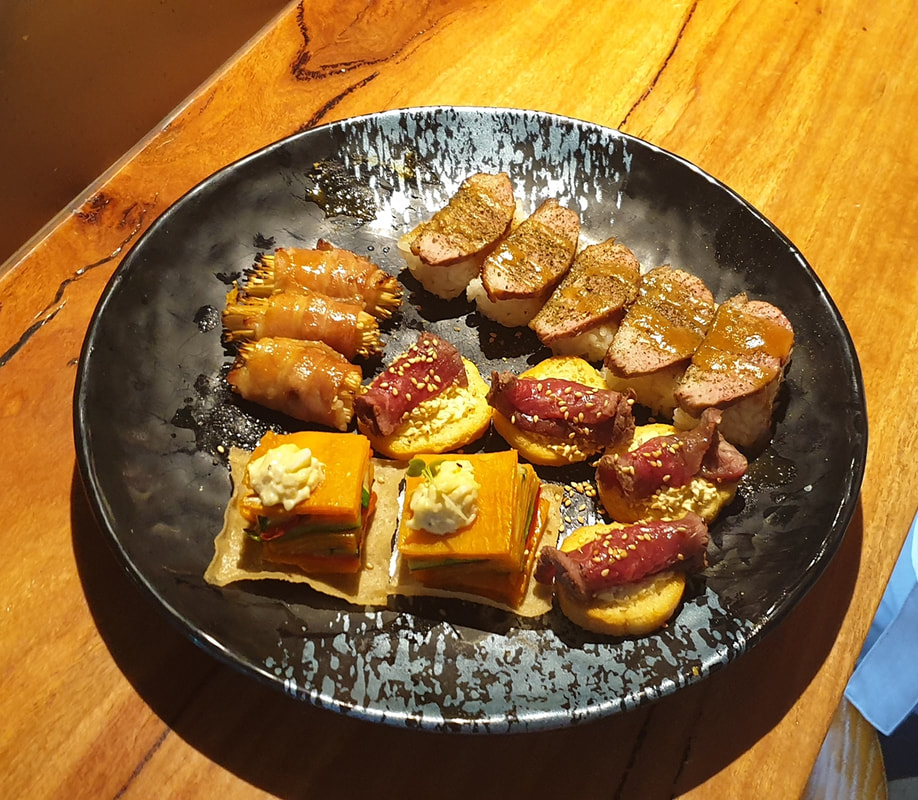 Canapés : Crusted duck breast with miso glazed
Lamb Skewers Signature style of hiss and smoke yakitori style based with tare sauce and sea salt on a skewer. The lamb just melts on the palate helping you salivate more. Which is lovely and hot Enoki wrapped with pork belly. Tender pork belly is thinly wrapped to cuddly the enoki mushroom which is grilled on the plate which is lightly charred. Which is lovely and hot Vegetable Terrine Terrine for those who don’t know is a cooking vessel that usually is a cast iron container to ensemble food inside. With a colourful ray of different vegetables placed in this container to form a roll and ready to be sliced. Here we have , capsicum , sweet potato and zucchini a refreshing combination of delicious vegetables. Our last canapés Truffle cream with Waygu The truffle is blended with a lovely rich butter cream to spread on to top of the wagyu which is a lovely medium rare cut . One of Hiss and smoke signatures dishes. What a treat ! to top it off our guest had a surprised session cocktail class with the lovely host from Hiss and Smoke Raymond who provided a special demonstration on making those delicious Choya Cocktails. Guest couldn't help but wanting more cocktails .
Highlights: Peoples favourite choice was Choya Honey Sparks! Favourite Canapes was Truffle cream with Wagyu and Lamb Skewers Our guest left with a closer appreciation to the Umeshu world which would not be forgotten. First all let's start will the cheese will be playing with today. Bucheron: I had received a lovely home-made and blissful Bucheron from my lovely customer who is a cheese lover which is - impressive on the outside soft, fluffy, and gooey on the inside when it is at room temperature the cheese, when melted and warm , it is was so delicious to scoop up with crackers and scoff it down. So how I did this tasting was , to take each part of the cheese and discover what each flavour I will be experiencing. The Rind which is the skin of the cheese had a chewy texture that you can bite , but it had a slight lactic bitterness which was not overpowering. Inside: now my cheese was straight from the fridge so it still had that cold sensation it is probably ideal to have it room temperature to see that lovely gooey melt-look. The cold sensation of the Bucheron added a type of texture which for me made the creaminess more effective I could taste how creamy the cheese was within the first bite and the cheese melted around the palate which then disappears without lingering that made me want to take another scoop of Bucheron to eat with crackers that made my afternoon great . First matching : Sake Special edition from my secret selection So the sake I was experimenting with is a special gift from my friend who wanted to show me one from his favourite and popular sake internationally. So many great un-discovered brands internationally one day I hope to see more in Australia. Noguchi Naohiko Sake Institute Honjozo Muroka Genshu Seimaibuai 60%, Rice: 75% Gohyakumankoku News in Japan states this sake Brewery is the legend in the sake brewing world " The God of the Sake World" The package is definitely of class and the symbol really draws you in that you can't wait to try it out. Muroka :means that this sake didn't go though the charcoal filtering stage it is said it still has a straw-hue colour instead of the clear water like colour we often know sake to be. Genshu: means not diluted so normally sakes will be between 15-16% anything higher will be classified as a Genshu. Honjozo: is another sake classification that many people still don't know this style of sake has added alcohol and it is not Junmai( which means pure rice). Seimaibuai is 60% means this is still classified as a premium sake . Type of Rice is : Gohyakumankoku this type sake rice varieties is known for its lovely soft mouthfeel of rice which is clean, light and refreshing. Taking the sake labelling into account I believe this to be true having at room temperature Noguchi didn't disappoint. Aromas straight from the bottle was like toffee, rose and slight age and through the glass my senses were enhanced as I swift the aroma around the nose I sense the lovely faint stone fruits with a barrel cask memory . Followed by the taste was another experience felt like a slight burn that tingle my palate and body , this was the effect of the higher alcohol hitting the hidden flavour in the sake. It resembled the whisky feel with a age note on the palate which made feel it so smooth but then light afterwards creating a light sweet refreshing finish with a kire clean cut nothing linger. With the cheese, this was heaven for me although it played with only 1 cheese it was enough to open your palate. Noguchi cleanses your palate of the rind lactic bitterness the journey became more creamy as it entered your palate. Even though Nouguchi had a smooth clean texture but within that smoothness brought out the rice richness, when paired with creaminess of the cheese. Delicious match delight. Second matching: Special Umeshu Edition gift from famous Umeshu company CHOYA. This beautiful crafted Gold Edition Umeshu is made from 100% Japanese Nanko Ume & French Brandy which contain real gold flakes to showcase this Beauty. Now I need to correct something for those who love Umeshu it has been preached to me again and again . Umeshu is not plum, yes I know everybody who translated Ume they say Plum but if we think about its origins and species this is not correct. UMESHU is unique species of different varieties coming from the Apricot and Plum family. The scientific species name is called Prunus is a genus of trees and shrubs, which includes the fruits plums, cherries, peaches, nectarines, apricots, and almonds. Another fact Umeshu is also not wine as well because there is no fermentation at all it is matured and nurtured in a tank. To be classified as wine it needs to brewed with grapes .Umeshu is not a grape This Gold edition Umeshu is Classic example of the special blend techniques that CHOYA implements into creating a symbol of Beauty.
The aromas from the cork which seals this devine liquid gold had the original aroma smell with a earthy cask note . From the glass you have a lovely brandy note, this is quite prominent of the french brandy mention in the making and blended with flavours of ume. Throughout the palate there was a full mouthful sweetness but it was sticky and silky the same time , the liqueur went throughout the whole palate but disappears calmly towards the finish. It was really unique. Paired with the cheese now for a Umeshu I would prefer a much more bolder cheese like blue cheese for this pairing . Definitely because of the french brandy flavours on the palate was highly prominent with this cheese so it wasn't a confirmed match but what was interesting in what it did with the cheese instead. The cheese melted straight on the get go when combined with the UMESHU and actually created a new flavour in the palate. It tasted like a brandy Ume cheese , you first had the slight tingle on the palate from brandy , creamy cheese in the mild and Ume sweetness heighten it up then because of the 19% alcohol the texture is so smooth and finish doesn't linger. Definitely interesting combo. Hidden in Wembley downs I had discovered a beautiful scenery that couldn’t escape my view about 15 minutes from CBD Ambrose Estate is the perfect venue for Weddings and Private functions overlooking the green of WA hottest golf course. 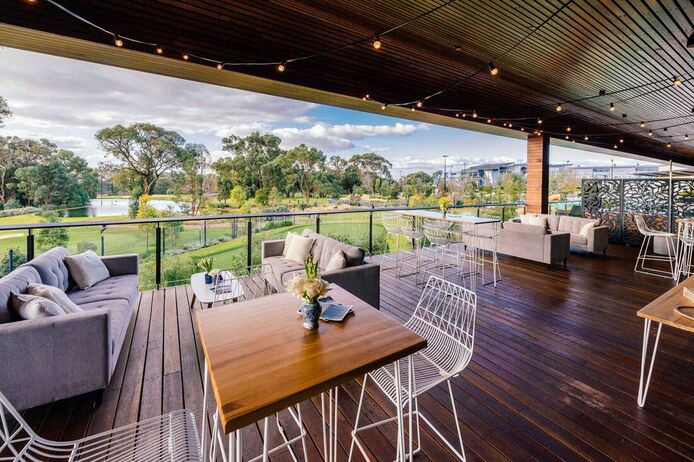 The workshop was held in the lovely Ambrose Room the entrance was like a conference room and inside guests were greeted with tables of white, and seated with their own sake booklet, wine glasses and ochoko cups. Sake bottles displayed in ice-cold along with the Sake Basic Workshop presentation. A private party for eager guests hungry for knowledge about the Sake world ,my guest were excited and couldn’t wait to start. We started with Sake basics it was a requirement before tasting starts that there must be some common knowledge that guests need to know about sake. We focus on the area about fermentation with this group and really went into the topic deeper, how can Japanese sake change flavour because of different temperatures? How does the yeast activity react in the temperatures? and what does this have to do the overall sake taste? To understand this theory guests needed to experience through the tasting. For the first tasting, we started with Sparkling sake from Ozeki Sake Brewery from Nada prefecture Hana-awaka sparkling sake like many first-timers or some who have tried sake before most the guests are unaware that a sparkling sake exists. Guests welcomed the elegant Hana-awaka sparkling, it was a beautiful way to enter the sake world as well as welcome the evening with Japanese tradition . Kanpai! ( which means cheers in Japanese) . The guest was surprised and taken-back on how beautiful the sparkling sake experience had created, as well as the aromas it captivated. With this first activity, the guest was quite experienced with the aromas and taste so to enhance their personal experience guest were given special instructions to understand how their senses can used in a different way. Sense of smell is given by memory it is not an actual taste, you often remembered the smell of a fruit when on the palate ,it is not the fruit. Guests were quick to change their mindset and focus on just the smell itself but they had to understand that Japanese sake is more delicate than wine, that aromas come out gently. Taste: once guests could separate their sense of smell we can focus on taste understanding. Taste is not about the flavour of fruit , but the texture of the fruit you remember. For example, when you smell a banana you picture the yellow skin fruit but in your palate, it is actually that creamy chewy texture of the ripe banana as you mashed it up. Sake Etiquette: Again an enjoyable amongst my guest and further appreciation to the sake culture for our guest who like to travel to Japan occasionally the memory of Japan reminisce from this experience spoke their hearts. Room vs Cold It is very important to understand not to judge sake by one sip, flavour profile does change when different temperatures are introduced. Referring back to the theory of fermentation here is where guests can experience this theory to be true. Junmai category is good for rich full body flavours guests experience what characters and profiles come from playing with two different temperatures. For this activity, we played with two Junmai Grade Sakes. Kizakura Demon slayer from Kyoto prefecture by Kizakura Sake Brewery the name itself was something of interest what kind of flavours bring forth in a bottle that slays a demon? At room temperature brought forth a fruity mouthful but disappears with soft finish but when hit with a cold temperature sensation , the fruitiness becomes a bit sharper and dry with the clean-cut finish. Urakasumi Junmai from Miyagi prefecture by Urakasumi Sake Brewery from previous workshops I have demonstrated the beautiful characters this Junmai can create, it has been classified as the one straight road style of sake it doesn’t go left or right but it keeps flavours in the balance. The roundness mouthful did make things more interesting compared to Kizakura 'demon slayer' the acidity fascinated guests palates at cold temperature. The guest was enlightened that coldness from the temperature is also another form of texture that plays with the palate and changes the consistency of the rice flavour when joined together. This was brought to light because of the room vs cold experiment, new characters from the same sake but can taste different when temperature is adjusted. After a fruitful start guest were rewarded with delicious grazings to soothe their taste buds beautifully prepared by Ambrose Estate kitchen. The Ginjo Comparison The next section we focused on the grade of Junmai Ginjo in this category we demonstrated how 2 sakes with the same grade can taste so different. Playing with Sake collection from Tochigi by Sawahime Sake Brewery. We showcase Junmai Ginjo and Junmai Ginjo Premium. For these two sakes, there was a lot of different character profiles amongst the guest, the experience was highlighting the diversity of sake amongst different palate drinkers. I was taken back on how studious these guest were in which their palate experiences had brought forth new interesting flavours and characters that were different from my own. Sawahime Junmai Ginjo from majority of guests who have experienced this sake the most prominent fruit note was always Green Apple but with these guest we had an interesting aroma experiences, some said red apple skin, others said pear, melon rind and throughout the palate it captures the lovely smoothness of the rice and acidity was fresh and crisp some referred to mild tea tannins note from the dryness of the sake. Sawahime Junmai Gino Premium although taste notes scented strawberry this group capture more like rockmelon, or fresh melon with floral scents. The palate experience was juicy or spritz and citrus feel which guest felt the texture was like sticky and sweet so-referred to flavours like honey and lightly syrupy mouthfeel. Room VS Cold The fruity elegance which normally should capture the hearts of the majority and brought out more characters at room temperature but to our guests got more flavours from the sake at cold temperatures. There was a diverse variety of flavour profiles, Ippin Junmai Daiginjo depth character profile rose to this occasion. This sake demonstrated a similar reference to white wine guest could capture the white winey resemblances with some smokey notes on their palate at room temperature . From the cold temperature one of our guest had a diverse sense of aroma experience captured white grape and melon from the wine glass and from the palate its was subtle sweet journey of sugar cane, with a dessert wine syrup with a surprisingly clean finish. To finish off we focus on sake labels guest were guided on how to refer to specific characters and information on sake bottle to determine how a sake can taste like ? without tasting it first but the important thing to understand is that the sake label is just a guide only it didn’t reflect on the temperature consideration for getting those results. To confirm this theory after experiencing how each sake taste beforehand guest check referred to the notes and SMV( sake better value) table.
From this, the sake labelling information was considered not highly accurate for most the sakes but only 1 sake fit the profile which was Kizakura Demon Slayer sake guest felt it to be true with its taste notes and (SMV) understanding. Our highlighted sake for the beginning of the night was the Sparkling sake guest applaud the wonderful elegant sweetness is brought forth on the palate, The sake that created very interesting flavours was Ippin Junmai Daiginjo the cold brought forth another diverse of flavours for these well-diverse palate drinkers. A fruitful night with these guests , believe me if time wasn't a factor we could go on throughout the night the Sake journey is continuous and everlasting on how you want it to be, it heart-warms me to share my passion with this studious group for the next time they may need an immediate course. A chilling Friday Night but perfect for my Warm Sake Journey which took my guest to a hidden gem within Perth CBD Degani Kings Square. The Sake basic Workshop was held upstairs guest were punctual and arrived on time. We had an intimate group that was easy going and couldn't wait to get started. To start the night guest was getting schooled about the process of Sake making. How can starch which comes from rice make alcohol? Guests were given a deeper understanding that sake rice must go through the process called Koji making to convert the starch into glucose( sugar) to make alcohol which this process is called Multiple fermentation. The Koji making process had some particular guests very curious of the koji and asked about the origin of the Koji Spores where did it come from and how it was manufactured. The answer to this is as my mentors have stated Koji spores comes from the mould that grows on the rice plant which is made up with koji rice and ground up to form a powder to be placed in mesh container to spread onto the cooked rice ready for the koji making process. Another topic that guests were quite intrigued by was the process of Pasteurisation how can sake safely be imported to Australia without oxidising quickly. Sake goes through a process called Pasteurisation to help stabilise the sake. The fermentation is stopped by chilling the liquid to a temperature just above freezing. However, stored this way the newly made sake still has enzymes and yeast in it that is merely sleeping. If the temperature goes up then the enzymes will start working again. Typical sake is pasteurised twice. The first pasteurisation happens after filtration, at the beginning of bulk storage. The second pasteurisation happens at the end of bulk storage, when the sake is ready for bottling. Lets the Interactive Activity start ! Introducing my Anvo Precision cooker its perfect for keeping the temperature at the right level and great for cooking meat without ever overcooking ! you can find more information via the link https://anovaculinary.com/anova-precision-cooker/ Playing with this machine was easy and the temperature was ready without too much hassle to function during the event, before the event the temperature was already set, it has a special app to control temperature up and down which can use Bluetooth and wifi. To make the evening simple and efficient I kept temperatures at 65 degrees for all sakes as this is quite a desirable temperature and good heat for my guest to experience. The first sake we heated up was Hakutsuru Tanrei Junmai from Hyogo preference which is located in Kansai region near Osaka on the southern coast of Honshu Island. Tanrei means light or mellow, crisp or dry. At 65 degrees the flavour created a creamy richness which subtle but had a crispy dry finish to refresh the palate. Although we weren't doing any pairing, one of the guests was actually a cheese-maker who brought her own personal cheese along to play with the flavours of sake. Do the cheese and sake match? Of course, it does, but it's according to which cheese and sake keep that in mind. One of the main reason why cheese and sake can match is that they both have the same ingredient called lactic acid. What is lactic acid? Lactic acid suppresses the growth of harmful bacteria that might produce unpleasant smell and taste. normally created from traditional yeast starters like Kimoto and Yamahai. How does this relate to cheese? well, how do you describe the flavour of cheese without saying cheese ever wonder? you can't right? the cheese flavour or texture is lactic acid, which is that creamy, yoghurt, milky, sour feel on the palate and this is what you find exactly in sake especially if you heat it up. The cheese my guest brought was a blissful Bucheron - impressive on the outside soft, fluffy, and gooey on the inside the cheese was melted and warm it was so delicious to scoop up with crackers and scoff it down. The wrinkled rind was quite a texture and had a bitter note then inside you get a lovely melted softness of the Bucheron which had that lactic flavour then when we paired it with the Hakutsuru Tanrei Junmai the sweetness of rice brought forth a lovely umami sensation and actually cleansed the bitterness of the rind allowing you to invite the melted sensation of Bucheron with that cheesy flavour on the palate then sipping the Hakutsuru again giving you dry crisp finish to stop the lingering of the Bucheron. It was a delightful match. A Geography Lesson To add to the event guest were given a map each where they had to locate where in particular sake came from and write their experiences on the map. The task was designed to see how the prefectures were located in different parts of Japan and also for guest acknowledge different prefectures. It was a fun task to learn some geography. To make the event more fun and entertaining I incorporated the process of sake etiquette amongst the guest. Our guest really enjoyed this activity it was a beautiful way to appreciate how sake culture is enjoyed in Japan as well as understanding the Japanese customs of politeness where sake is poured in your cup. In Japan, the sake etiquette is that we never serve ourselves Japanese believe serving for others is a sign of respect and courtesy and encourages continuous bonding. I had taught our guest one phrase that guest could say to each other after receiving their sake from another person. The complete phrase to say thank you is Arigatou gozaimasu however throughout my years amongst my Japanese peers another way you can say thank you casually is Domo Arigatou this phrase I was told is you can say this to someone you have just met and continue to say them throughout that time it is still polite like a small thank you, rather than a big thank you. So once the sake was heated up guest was instructed to pour for the other guest and say Domo arigato.
Intensity and Taste Following Hakutsuru the exercise of Intensity in aroma and taste was tested guest had stated what they thought about the sake intensity and flavour it was a great way to understand that guest palates were all different and there wasn't a wrong and right answer. Ippin Chokara Junmai from Ibaraki prefecture the intensity of the Ippin Chokara Junmai guest felt were on the same level with Hakutsuru from prefecture Hyogo, however, had a smoother taste which didn't linger compared to Hakutsuru Tanrei crisp finish. Hakutsuru had a creamier subtle richness whereas Ippin Chokara was smoother richness. The Umami level guests rates were around 2 - 3 both very easy to drink to start the night. 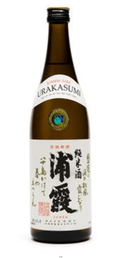 Aroma: fruity aroma , and fresh nose containing toasted nuts Palate: well-balanced not overall sweet or dry flavour its perfect straight road type of sake. Temperature: room temperature will give you that overall balance with the rice. At very cold temperature the acidity rises creating a refreshing after taste. Finish: has pleasantly dry lingering on the palate . Classification: Junami . Prefecture: Miyagi . Alc: 15.5% Seimaibuai:65% Rice:Manumasune Acidity:1.3 SMV:+2.0 I have used Urakasumi Junmai several times in my events and its rice character always seems to shine. Manumasune rice from Miyagi when heated at 65 degrees the richness of the rice intensifies the umami sensation on the palate. The full mouthfeel brought forth a smooth savouriness which was rounded and full of flavour which spreads all over the tongue. Intensity aroma rate : 3 - 4 Intensity palate : 4 -5 My guest were spoilt with Degani's finger foods selection during our break sensation it promoted continuous bonding and learning throughout the night. Positive and happy feedback was given for the delicious spread. The Yeast Starters! So I left the funkiest sake till last. I wanted to capture the understanding of intensity and taste and the perfect way is to demonstrate this is with Yeast starters. Yeast starters are the traditional method to create a batch of dominated yeast to survive the main fermentation. Two most traditional styles are Kimoto and Yamahai. Kimoto style was to use wooden poles to labouriously pounding the rice and koji to make a smooth paste to a desirable result. Yamahai technique is similar to Kimoto but without the wooden poles. The main purpose of these two methods is to create lactic acid bacteria to raise the acidity. So first we heated up Sawahime Kimoto Junmai from Tochigi prefecture by master brewer Hiroshi Inoue. So at a temperature, about 65 degrees this traditional yeast starter created a beautiful soft sweetness of the rice but it still had the dryness balancing acidity level on the palate. The guest was quite surprised the level intensity was totally different from the previous sakes. Somes guest stated the flavour created was a bit more savoury but promote more salivation on the palate encourage guest helps themselves to more food.
Intensity aroma- 4 Intensity taste- 4.5-5 Lucky last was Sawahime Yamahai Junmai from Tochigi prefecture the level intensity at 65 degrees really flipped peoples palates. The guest was excited and amazed once that hot sake touches their tongues. I recalled a personal experience with Sawahime Yamahai for my first time trying to heat up sake through the microwave and how Yamahai was the aroma was overpowering that you could feel through your senses. Luckily with controlled temperature, the aroma was not overwhelming but it definitely opens up your senses which allowed the journey on guest palates to intensify as that sipped Yamahai. The intensity was rich, savoury, full-mouth, full-flavoured. Intensity aroma : 5 Intensity taste - 5 So what was guest favourites? well with this you had two different palate drinkers so there was not a single favourite amongst out hot sake. Smooth Taster vs Full body taster Smooth tasters were classified who favoured smooth, soft and easy-drinking flavoured sakes. Which they nominated, Ippin chokara Junmai and Urakasumi Junma Full body taster was classified who favoured give it to me bolder and richer with full flavours which they nominated the yeast starters Sawhime Kimoto and Yamahai. A very enjoyable and fun evening with our guest for warm sake journey Im excited to see how have guests embraced the sake world in my next one. Back again in Yagan square heading into Market Hall to Hiss and Smoke Perth's CBD Traditional Teppanyaki Restaurant famous for their Izakaya food eats. Perth food lovers can experience an open Kitchen in the heart of Perth, watch the chef's in action while you wait for your meal handed to you from the hot plate. Our theme was " Hot Sake" It is was the perfect way to bring Perth Sake lovers together to " beat the winter cold" in two sessions we introduced 5 warms sake to be paired with beautifully with Hiss & smoke's dishes to excite our guest. The small group session was designed to help guest experience a more deep appreciation to the world of Japanese sake and encourage guest to share and bond with other guests who they met for the first time. Within this session, I focused on the term Umami in both food and sake. Umami is the what we call the 5th taste. In our taste buds, you will normally experience, sweet, salty, sour, bitter and the fifth taste is Umami. How you know if its Umami taste? Well, this is where we focus on the taste and the experience we get every-time we eat. 3 things you will notice about the Umami taste:
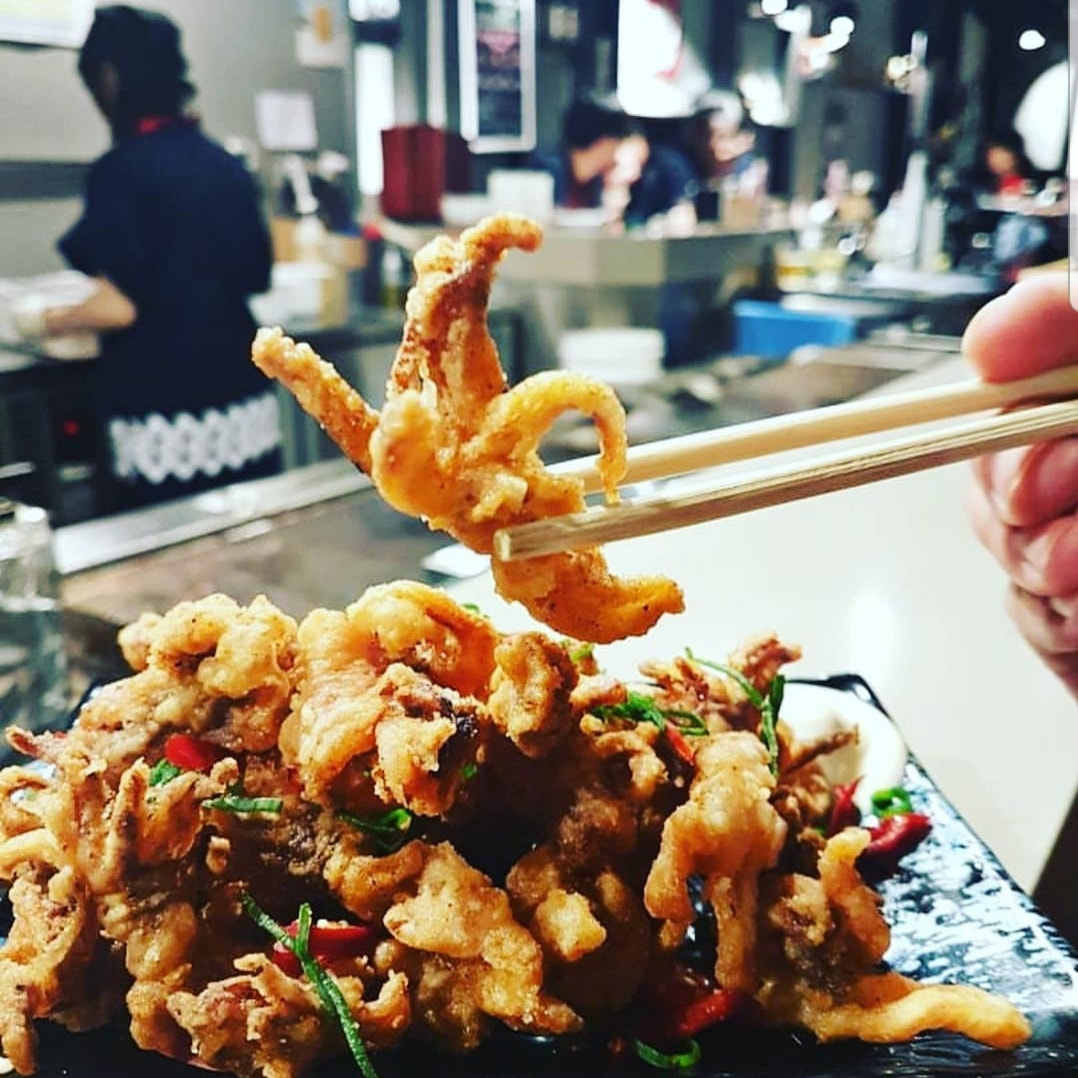 To understand the pairing guest were guided to follow special instructions along with the sake warm journey. With this pairing guest started with the warm sake first. Our first sake is Hakutsuru Tanrei Junmai from Hyogo preference which is located in Kansai region near Osaka on the southern coast of Honshu Island. Tanrei means light or mellow, crisp or dry. We heated the sake to about 55 degrees bringing forth the aroma which is a lovely fruity invitation to the rice which is creamy but soft and delicate, the sweetness of the rice invites to the start of the umami journey. To start of the course we had Hiss and smokes Ika Karaage (baby squid) with yuzu pepper and mayonnaise. It has a lovely crunchy texture which the saltiness and spice salivating in the palate with yuzu pepper giving a subtle sour kick inviting you to Hakutsuru Tanrei Junmai sake to clean the palate with a clean crisp finish. Some our guest was vegetarian or couldn't eat all seafood unless it was fish so Hiss and smokes did a fantastic job in catering to their needs. The vegetarian courses the guests had were Assorted Vegetable Tempura, with Yuzu Pepper & Mayonnaise. A classic traditional style of vegetable tempura batter crisp and saltiness and spice from yuzu pepper, when paired with Hakutsuru Tanrei Junmai, compliments the sweetness of the sake. For the next pairing, the guest was instructed to start with the sake first and enjoy the course. The next sake we paired with was Sawahime Premium Tokubestu. Junmai from Tochigi Prefecture which 1 hour away from Tokyo in the capital of Utsunominya in Kanto region. Sawahime means princess by Master Brewer Hiroshi Inoue my mentor in my 7 years of sake. Tokubetsu means special, Junmai means pure rice. We heated this sake around 65 degrees which is very hot. With this temperature, the aroma is elegantly fruity which doesn’t take over you whole senses. In the palate is clean and crisp setting your palate ready to invite the course. Paired with Sawahime Tokubetsu Junmai Premium is Yaki Bara & Horumon with House Tare and sea salt. Bara is pork belly which is lovely and juicy based with Tare sauces with charred flavour here Sawahime cuts through the fats and juices to cleanse the palate of the oils, the sweetness of rich invites the umami sensation which salivates in your palate and contrasts the savouriness of Sawahime. Horumon is Pig intestines and it is delicious. You first get a lovely crispy bite texture and saltiness follows wanting you to sip Sawahime again to reset your palate. The vegetarian course the guest had Exotic Mushroom, House Tare, Sea Salt. The lovely char-grilled earthiness of the mushroom invites the umami sensation when enhanced with the tare sweetness and saltiness this when paired with Sawahime contrast the savouriness of the sake which cleanses the palate. This course highlighted the evening and kept guest palates salivating wanting another bowl. Sake Poached Clams with ginger and dashi broth. This dish in itself "screams winter warmers" and a classic example of all things Umami we have the sweetness of the clams, bitter from the ginger and Umami from dash broth plus sake for more amino acids to help you salivate more and have the taste longer. See if you can notice. Take a spoonful of the broth itself is well balanced. The clams enjoy it from the shell which invites you Sawhime Kimoto Junmai. Sawahime Kimoto Junmai is a traditional sake which is used as a yeast starter. We have the temperature just about 65 degrees where the sweetness of the sake invites you to the lovely clams where the broth is a bit creamy to have a continuous journey until you finish. Vegetarian dish the guest enjoyed Sake Poached Tofu & Daikon Radish. Here the tofu melts with a creamy silky texture, the Radish pungent in flavour for contrast with Sawahime and light and brothy calms the deep flavour of the Kimoto. For the next course guest were instructed to start with the course first and enjoy with the sake. So the next dish is Char-grilled saba ( blue mackerel) with citrus ponzu. The lovely char-grilled captivated you sight which just wants you to start digging into the fish. The first bite you get is the lovely freshness of the Saba the saltiness invites you to pair with Sawahime Yamahai Junmai which is another traditional sake and another style of yeast starter. The umami is trigger by the high acidity and richness of the Yamahai which is around 60 to 65 degrees the aroma high and prominent in fruit but it opens up the senses to invite more flavours to the palate. Hidden in the Saba you find a lovely balance of the Citrus ponzu which helps cut the lingering flavour of the Sawahime Yamahai. The vegetarian dish was an eye-catcher totally off the menu other guests also wanted a bite. Pairing with Sawahime Yamahai we have cold soba with julienne cucumber for a crunchy texture and sour saltiness based with the soba when paired with Yamahai the acidity helps cuts through the lingering of Sawahime Yamahai. So for our last dish guest would enjoy the meal and then drink sake at the end of every bite.
Our last course is Grilled Eggplant, sweet miso, ginger and bonito flake. With this we have layers of Umami, you have creamy saltiness from the eggplant, sweetness and umami from the miso, bitter from the ginger. The eggplant you have lovely bite texture which is chewy and creamy which invites the lovely warm sweetness of Urakasumi Junmai at a temperature of 52-55 degrees aroma fruity coming from Miyagi Prefecture Urakasumi cleanses the palate with its crisp clean finish. *People's choice for best sake and dish * Sake : Sawahime Tokubestu Junmai Premium Guest, we captivated how this sake performed when heated brought forth a beautiful richness of the rice which kept lingering deliciously and how it cleansed the fattiness of the Bara from the palate allowing the palate to reset. Among the 2 sessions, this sake won people's hearts. Best Dish: Sake Poached Clams in Dashi Broth with ginger The lovely sweetness of the Clams in that hot creamy broth just makes you salivate by looking at it. Guest couldn't get enough because it was simply delicious and perfect for winter the only complaint the guests had was it wasn't enough. 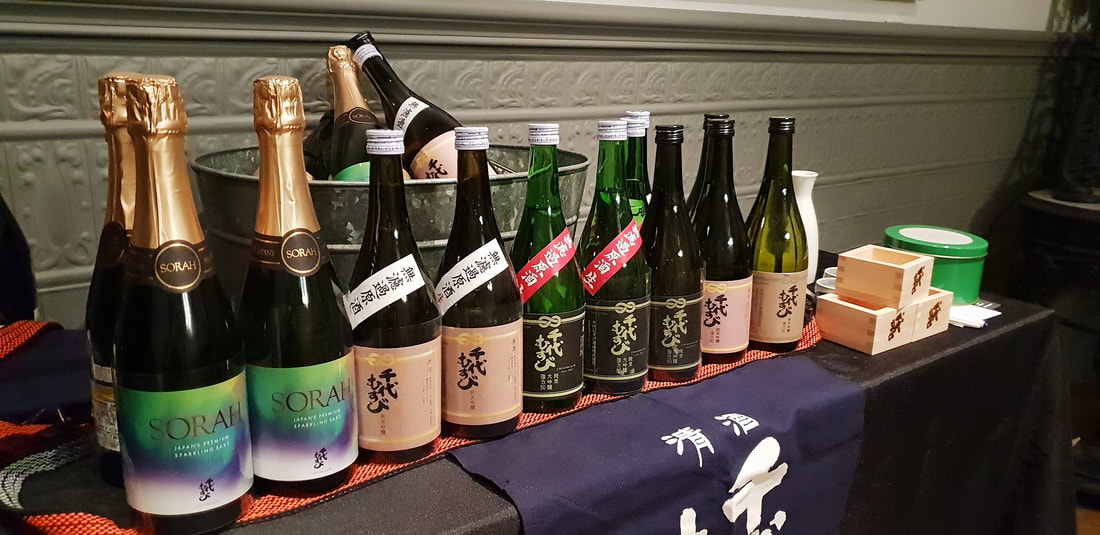 Sake Workshop took us to a "Hidden Gem" in West Perth. You'd be amazed there are still many lovely venues in Perth but we have not discovered I was so glad I found this location which is the city surrounding area . Our setting was placed in Mayfair Pub & Dining in West Perth we were given a lovely private dining room for guest to enjoy learning about sake. The numbers was perfect enough for a private intimate gathering and sharing for guest to gain knowledge and seek understanding . Majority were first-timers whose eagerness was to discover about the lovely "rice Brew" Tonight we were focused on the range from Tottori Prefecture from Chiyomusubi Sake Brewery with special guest Mr Tadashi Sano. To start off guests were educated with the basic sake process knowing how ingredients came to be . Presentation was given by Powerpoint to completely engaged with guest who was able to follow the lesson. It was the perfect tool to explain the Sake process. Guest were eager to voice out their curiosity at the start, we insured them their curiosity will be fulfilled throughout the session. Rice polishing intrigued guests minds, understanding to take away bad impurities and bring forth the lovely white shiny shinpaku grain of rice eager to voice out their curiosity at the start, we insured them their curiosity will be fulfilled throughout the session. Rice polishing intrigued guests minds, understanding to take away bad impurities and bring forth the lovely white shiny shinpaku grain of rice
0 CommentsNo comments posted Best Dish: Hands down was Sake Poached Clams in Dashi Broth, the lovely sweetness of the Clams in that hot creamy broth just makes you salivate by looking at it. Guest couldn't get enough because it was simply delicious and perfect for winter the only complaint the guests had was it wasn't enough. with the basic sake process knowing how ingredients came to be . Presentation was given by Powerpoint to completely engaged with guest who was able to follow the lesson. It was the perfect tool to explain the Sake process. Guest were eager to voice out their curiosity at the start, we insured them their curiosity will be fulfilled throughout the session. Rice polishing intrigued guests minds, understanding to take away bad impurities and bring forth the lovely white shiny shinpaku grain of rice 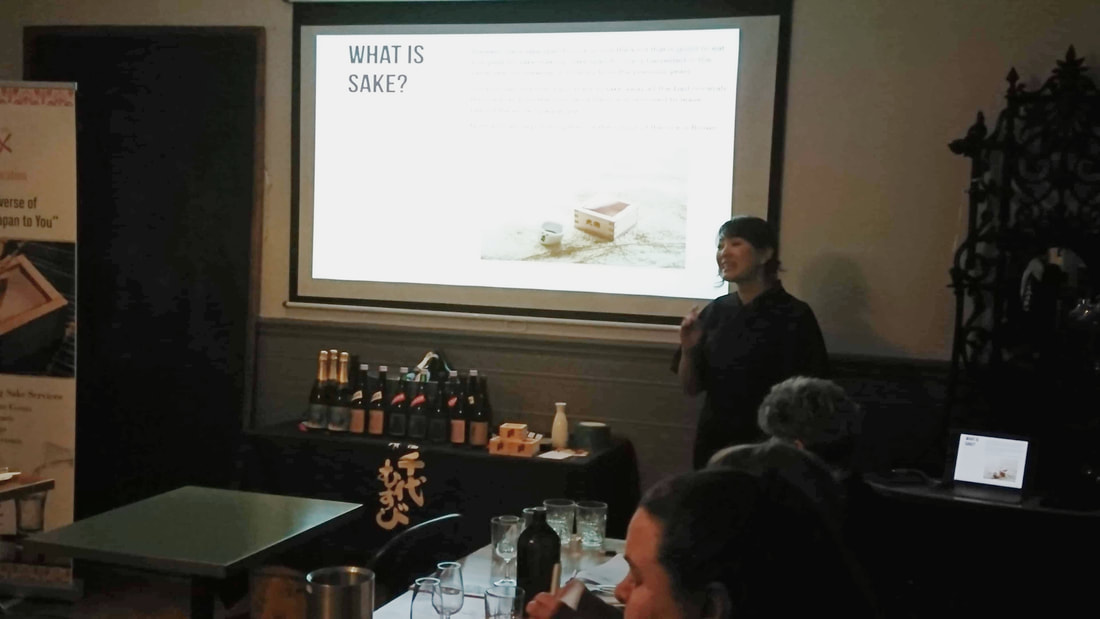 Koji Making was another curious area, what was Koji ? guest questioned explaining how rice starch needed enzymes to form the chemical reaction of converting starch into sugar( glucose) when yeast eats it changes into alcohol. The Multiple Parallel Fermentation. Koji Mould what was this? Mr Tadashi allowed guest to see for themselves the koji mould shaker with the actual powder inside and a little demo on how the process worked.  CHIYOMUSUBI SORAH is made with the technique of ‘secondary fermentation’ within the bottle, meaning the bubbles are natural. With its refreshing sourness, gentle sweetness of the rice and clean finish, CHIYOMUSUBI SORAH can be considered as ‘Japanese Champagne’ with its delicate yet lively bubbles. Our first Sake was the "Beautiful Aurora: Sorah Sparkling sake. To welcome the evening where we cheers our glasses "Japanese Style' Kanpai to welcome everyone to the evening. 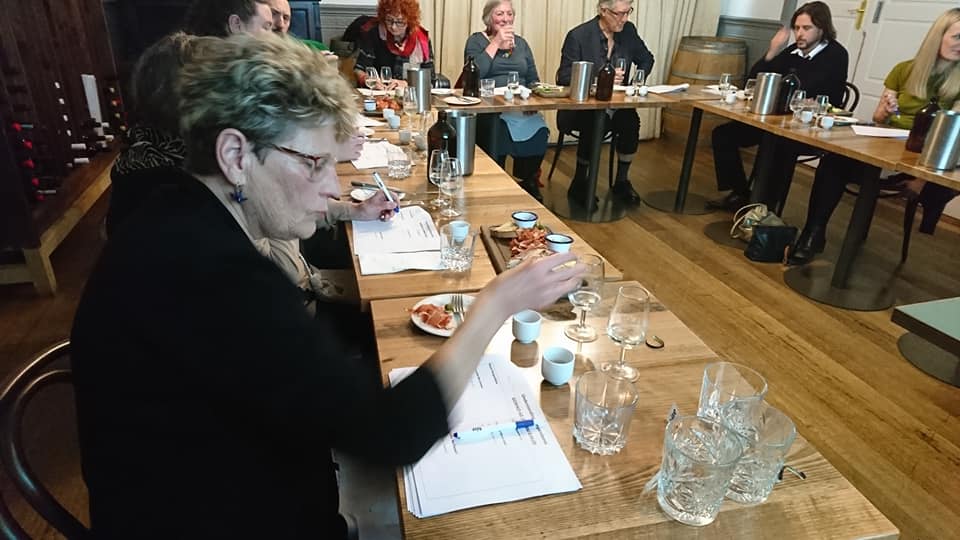 Lesson took guest through the first interactive lesson, starting with cold sake first. Guest were instructed to experience the aromas of the Sparkling sake in gentle sniffs , as sake is delicate it will take time for the senses to react . The palate taste invited guest to understand that drinking sake must be in sips instead of the huge"gulp"process, guest were instructed they were to have at least 3 sips, focusing on different journeys in the palate. Concentration was the key to able to experience different flavours in layers. Moving on to the next category classification not common among the group very well received . The Raw Sake " Unpasteruise Sake" captivated our group on the meaning of "Raw" captivated their palates. Guest had given a series of different aroma experience, from dark chocolate, citrus, and spices. The palates in return focused on the textured flavour within , bursting with exciting on how the characters came to be when its was totally separate experience from the aromas. Terminology played on this section . "Muroka" "Genshu" why these words described some understanding of the sake itself. Muroka is the term used when a sake is not charcoal refine, meaning to get that clear water like appearance its needs to go through this process. Guest came with assumption sake appearance was always perceived this way, guest were told the removal of the colour of the sake did not effect the quality or flavours of sake. Genshu meaning Undiluted and ranging from 17% -19% alcohol guest were educated that alcohol plays more on flavour and character not on how strong a sake can drink. Guest were instructed to write down their experience on how to enjoy the Namazake range with both different premiums . 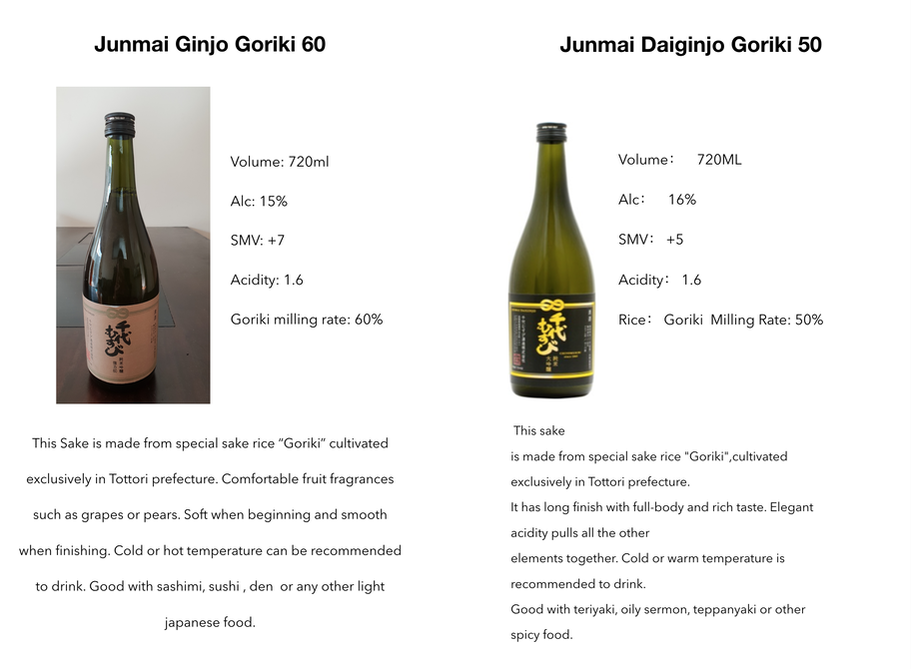 Moving on to the next 2 sakes and interaction lesson. Here we play with temperature guest were educated to understand that sake can be enjoyed at all temperatures where different characters develop. Playing with 2 premiums, lets play with room temperature first which was received by ochoko cups, aroma temperatures were prominent as soon as served, guest could experience abit more rounded flavours, but it felt softer in some sense then in contrast with the cold temperature it totally re-open guest minds to interesting comparison on how different it was . We had mixed feelings on what guest preference "room" or cold. Next topic how to choose your own sake bottle? it was important to have some guidance on what to focus on when choosing sake bottle if you didn't taste it first. Sake Labels and characters was the perfect guide to understand whether it was a body type of sake or clean smooth sake . Polishing ratio would determine it was premium sake or not and what was the preferred temperature for this kind of sake. To end the session it was quiz time to recap what we have learnt as a class everybody was ready to shout the answers on their new discoveries and was given a token of appreciation from Chiyomusubi at the end . Our guest had lots and fun and were bonded with each other through knowledge and learning of sake , the perfect experience to embrace the " beautiful world of Sake"
I hope to see you at my next Workshop . Personal Invitation to volunteer in the Sake competition 2019 was held on 14 May at Tokyo Metropolitan Industrial Trade Centre. Entries of 2000 sake finalised down to 588 Sakes for the final round. Categories of Grade of sake were classified as follows. 1. Junmai Sake 2. Junmai Ginjo 3. Junmai Daiginjo 4. Ginjo & Daiginjo 5.Super premium sake 6. Sparkling sake 7. overseas sake As soon you enter the room there is a silence of voice . The first sight you see is the shiny silver packaging lined up neatly in row for judges to taste. Judges with their score sheets boards scoring away. The blind tasting , Judges have no idea what sake they were tasting. Only the large Janome ochoko cup to sip from .Each sake tasted was to be scored individually with 1 to 5 points by using mark sheets. Judges at least 120 sake in one hour.
|
Categories |
© COPYRIGHT 2021 ALL RIGHTS RESERVED.

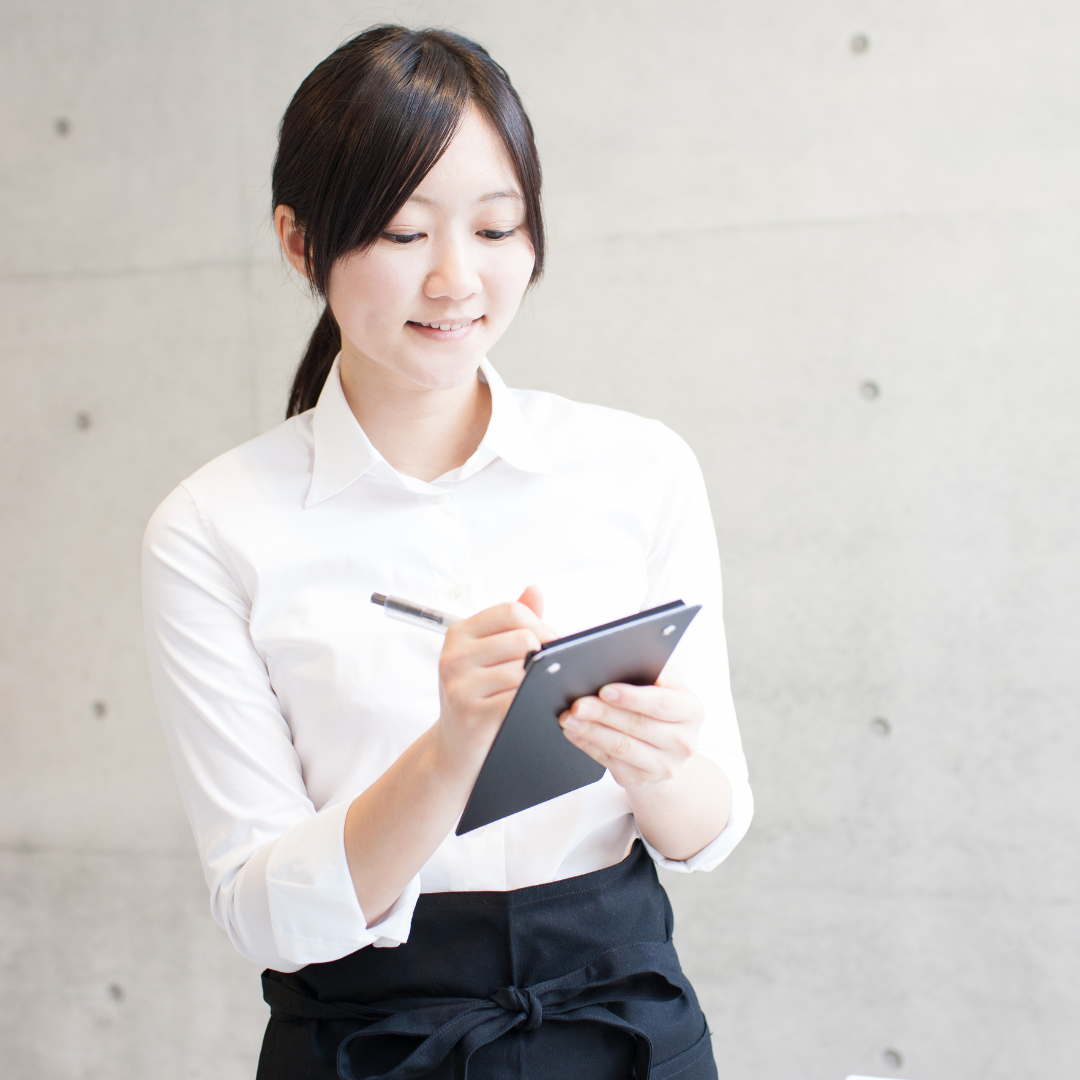
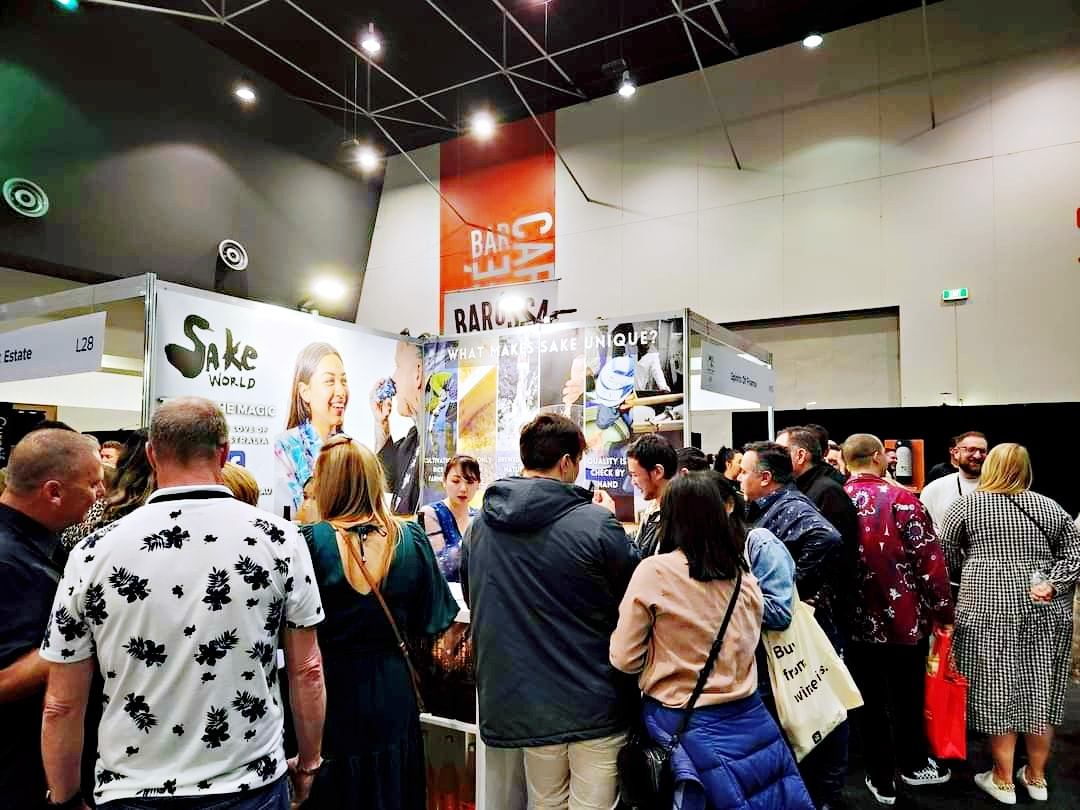
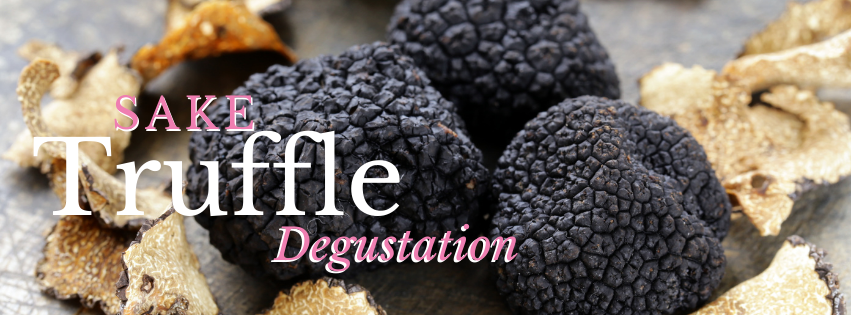
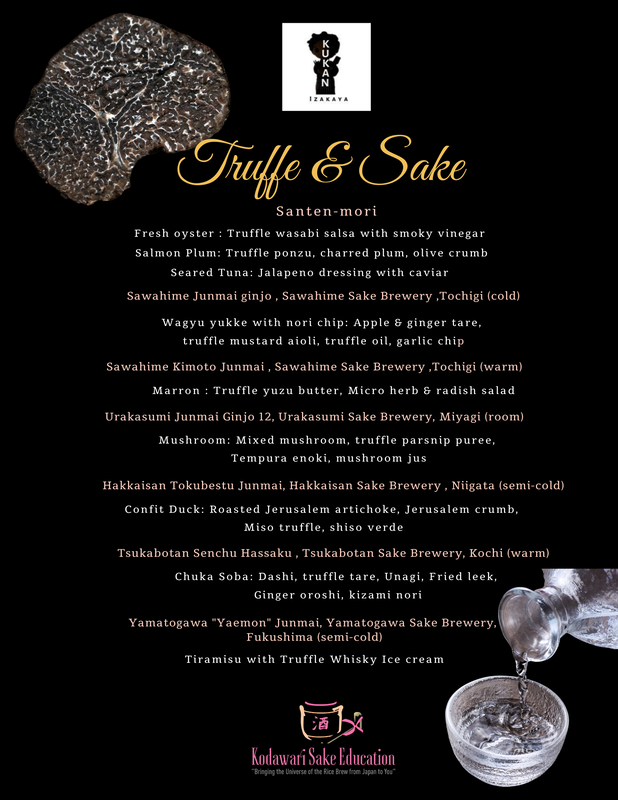
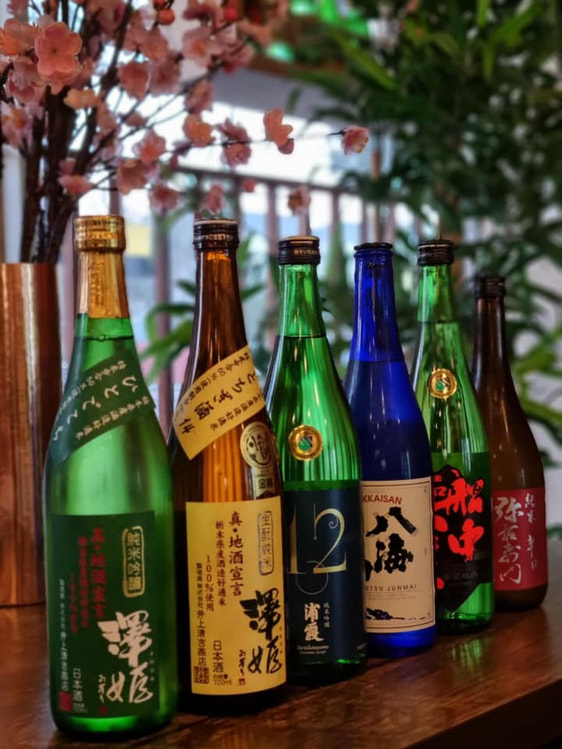
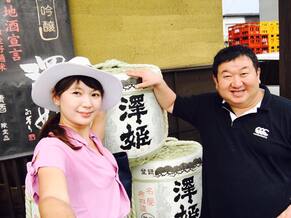
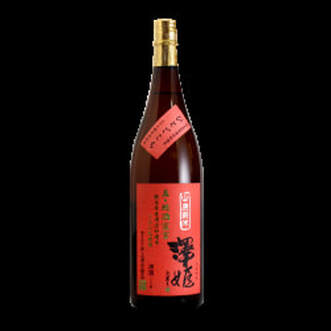
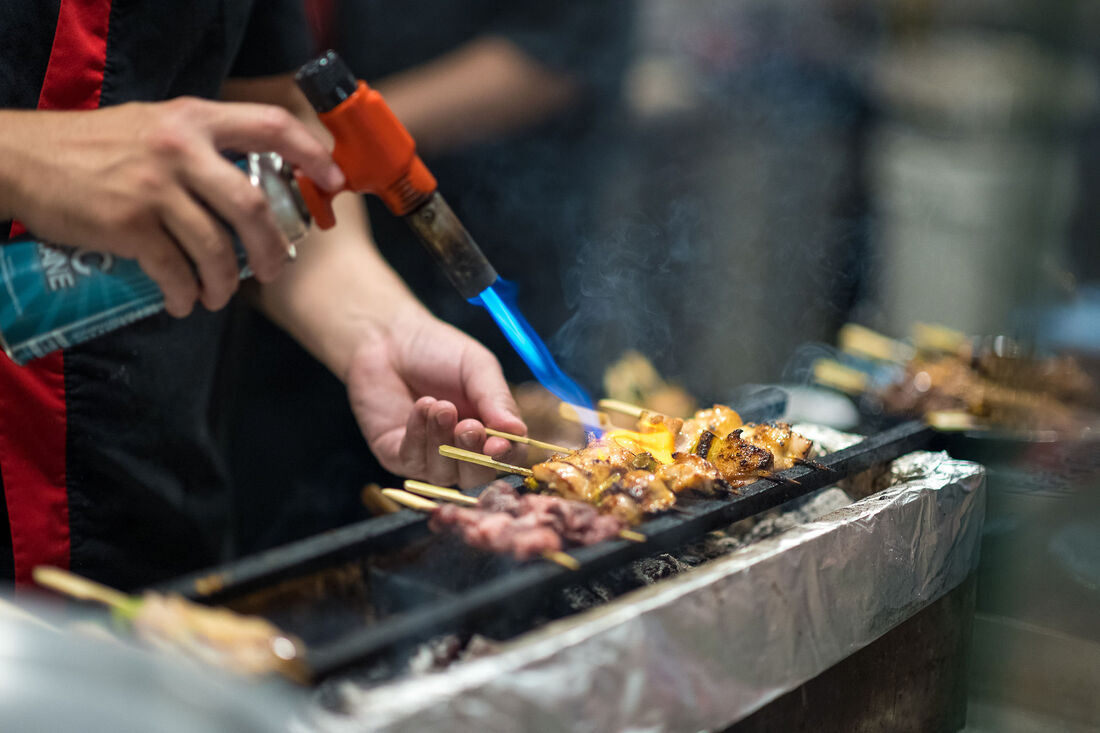
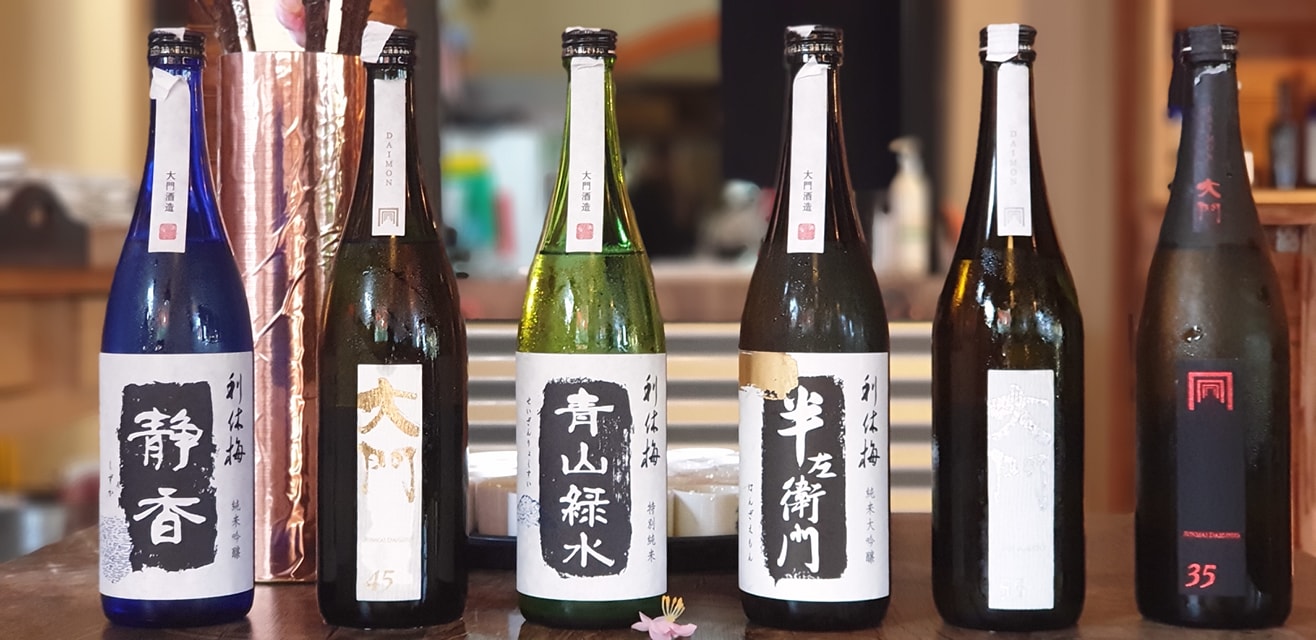
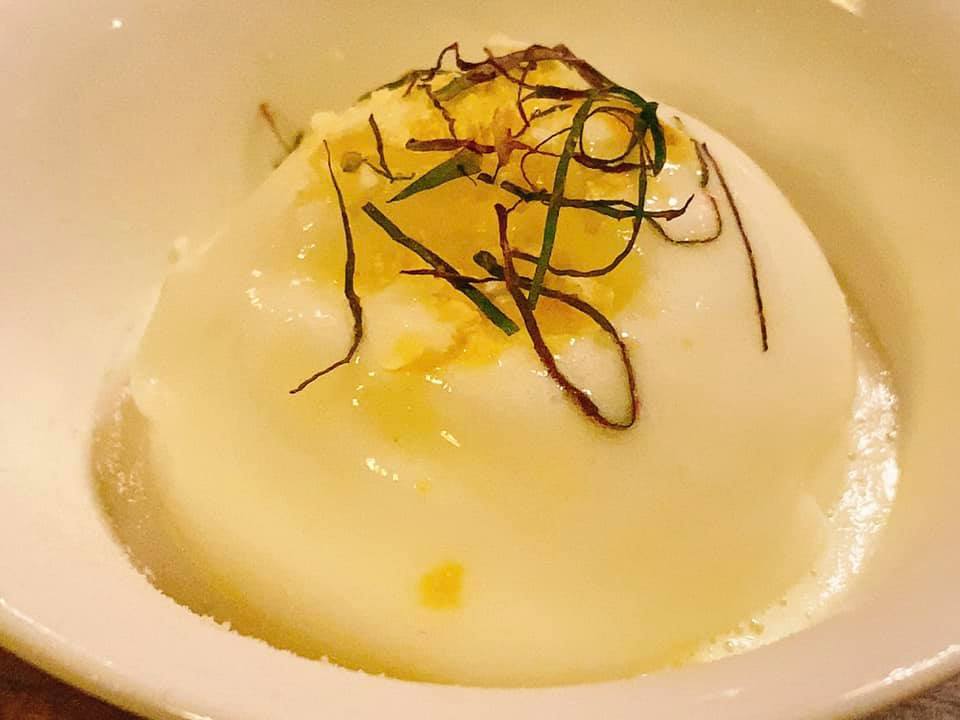
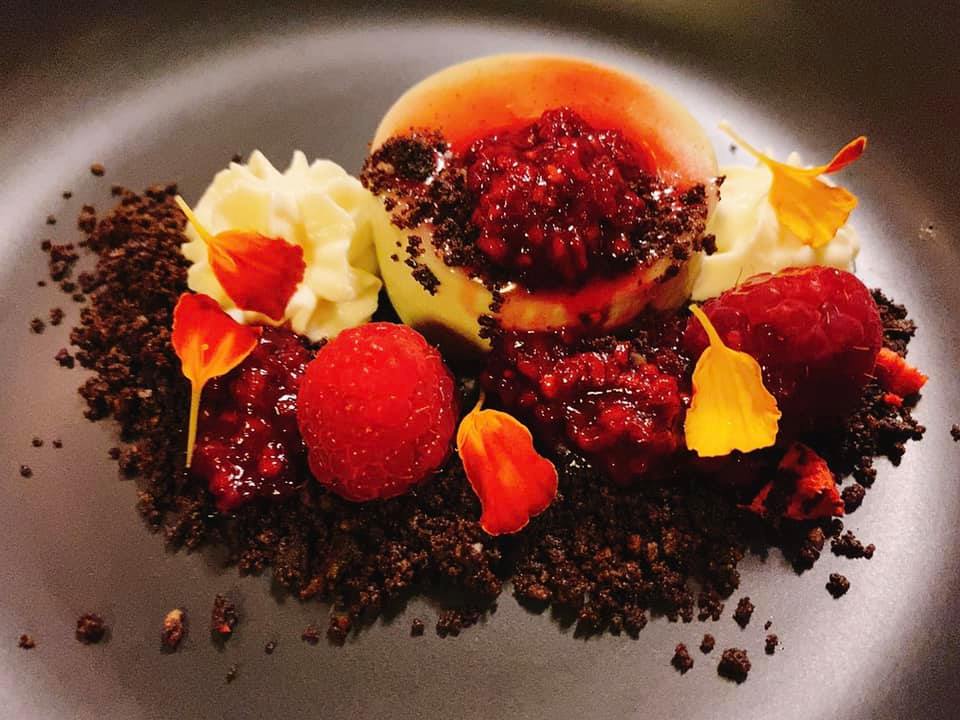
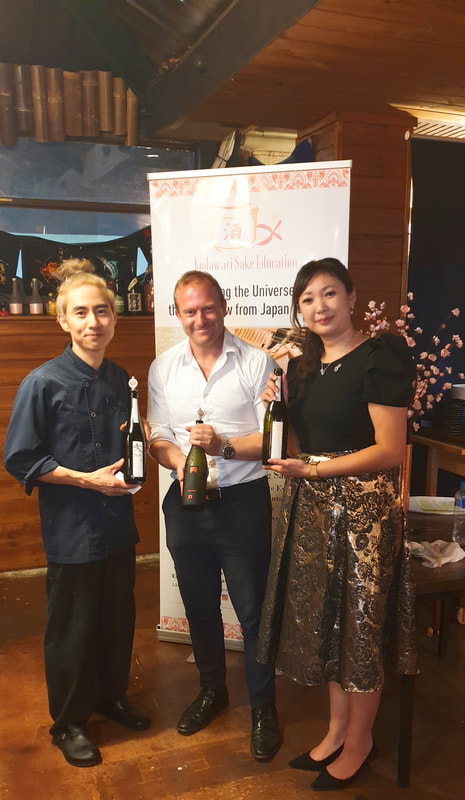
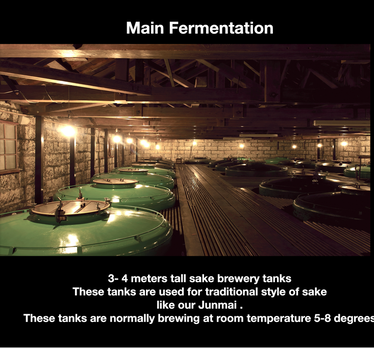
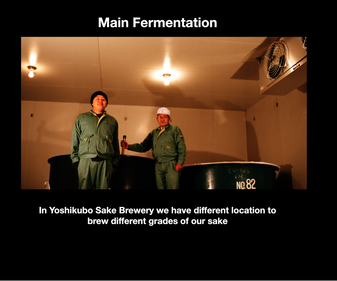


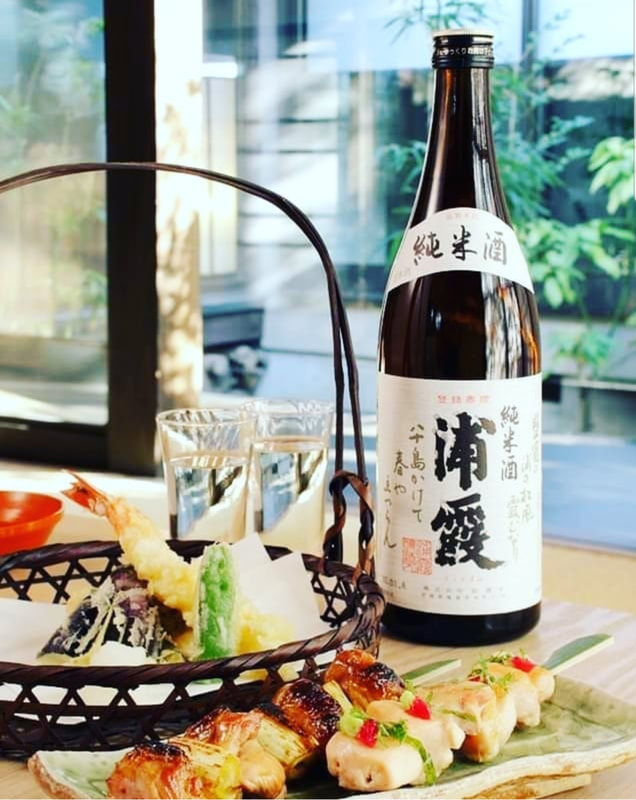
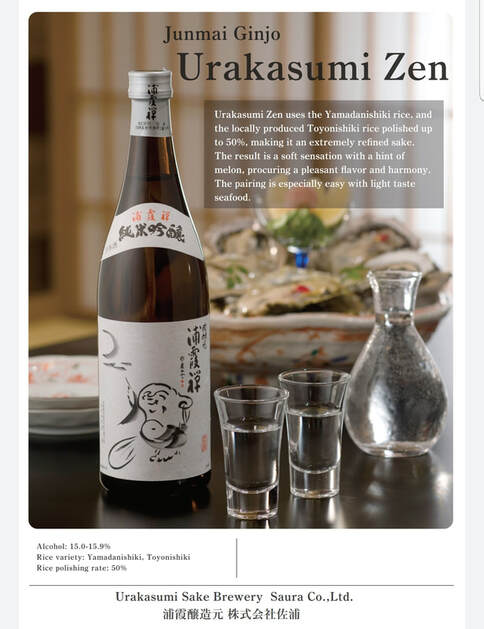
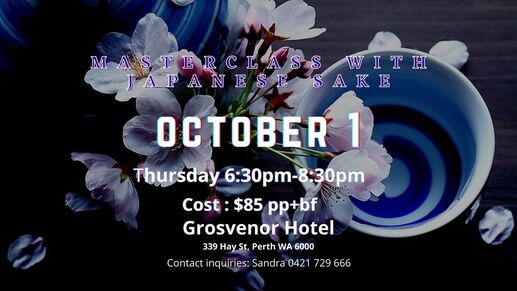
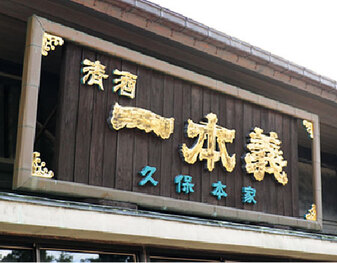
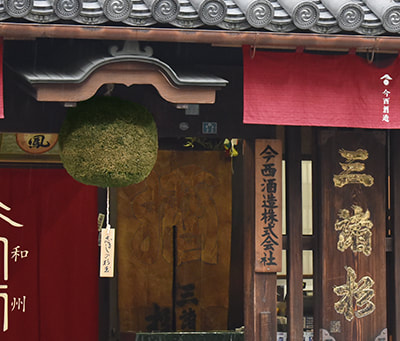
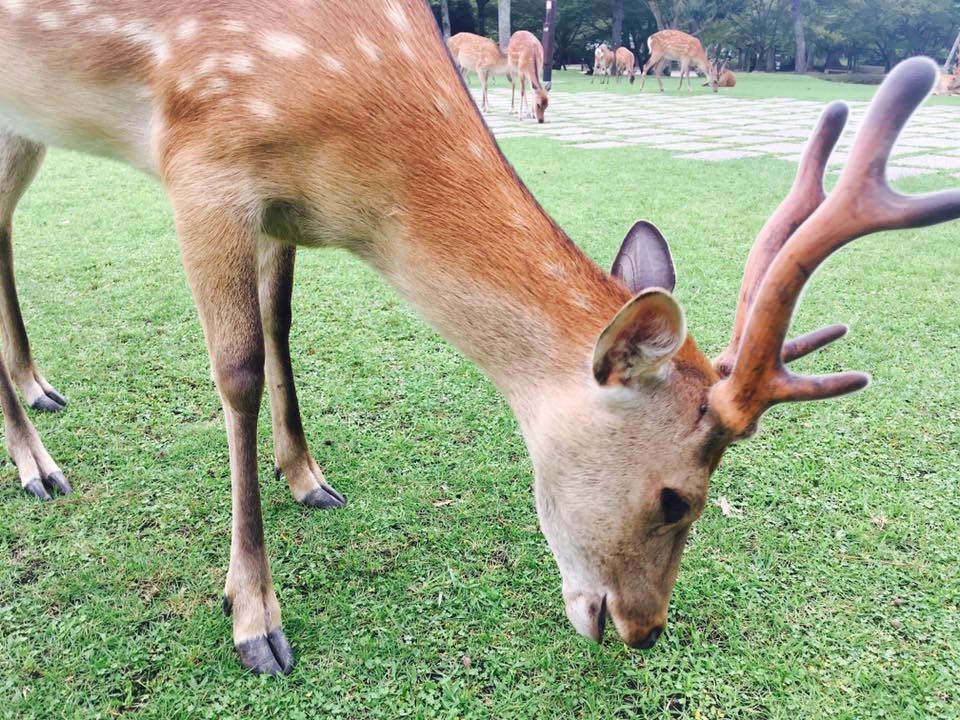
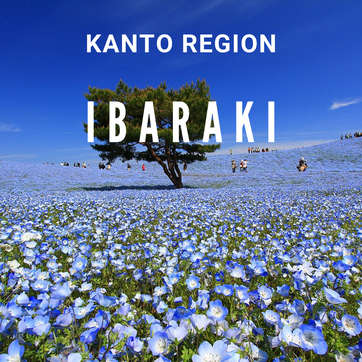
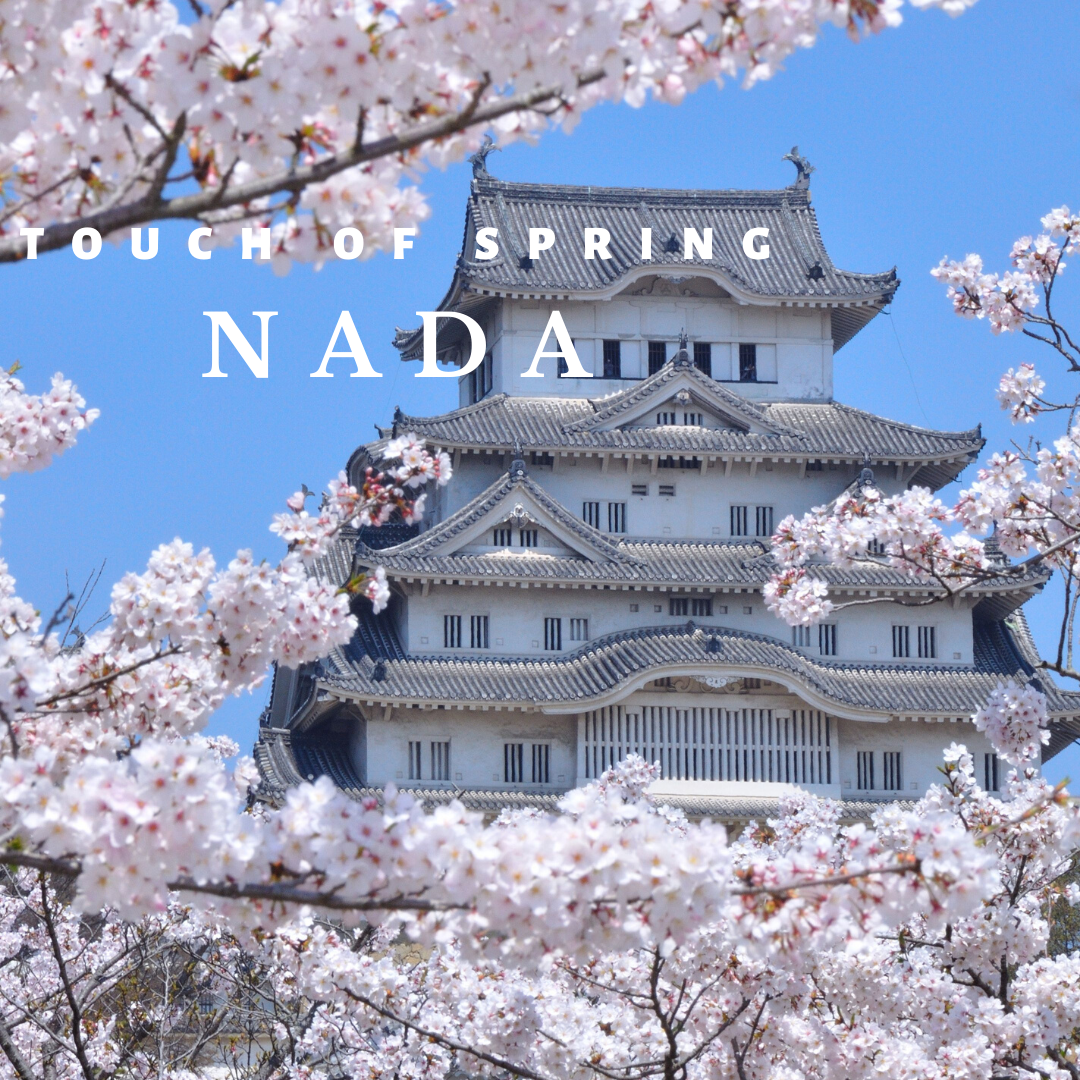
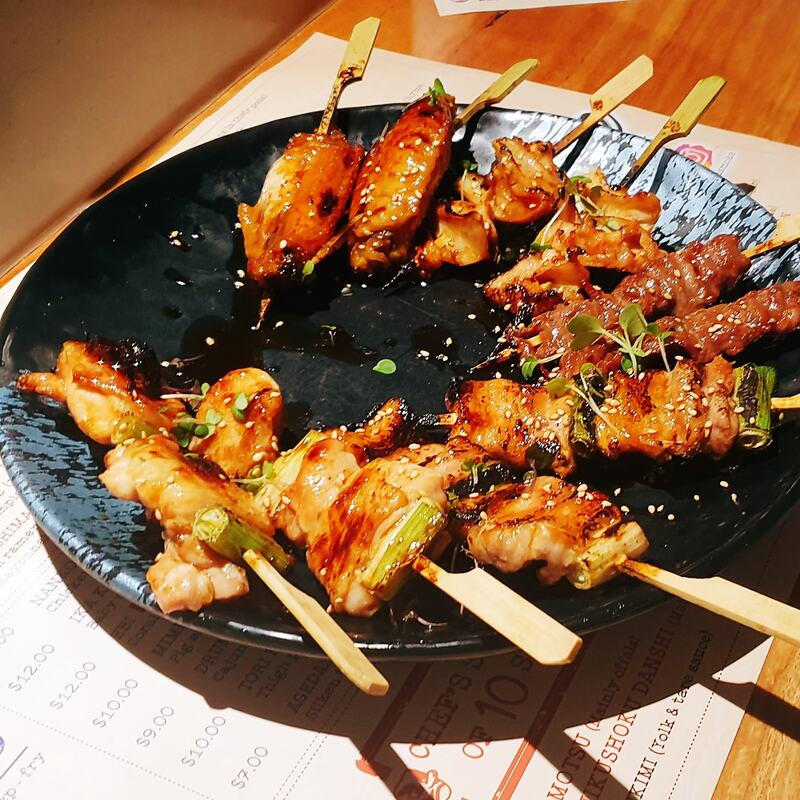
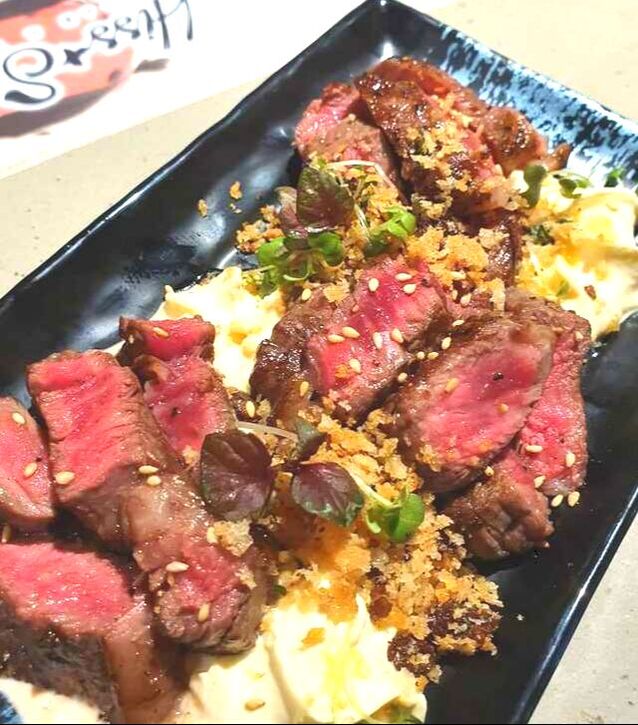
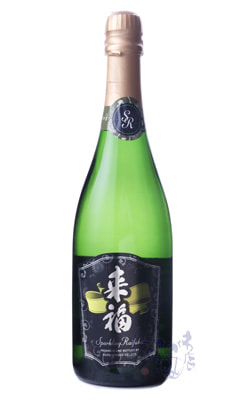
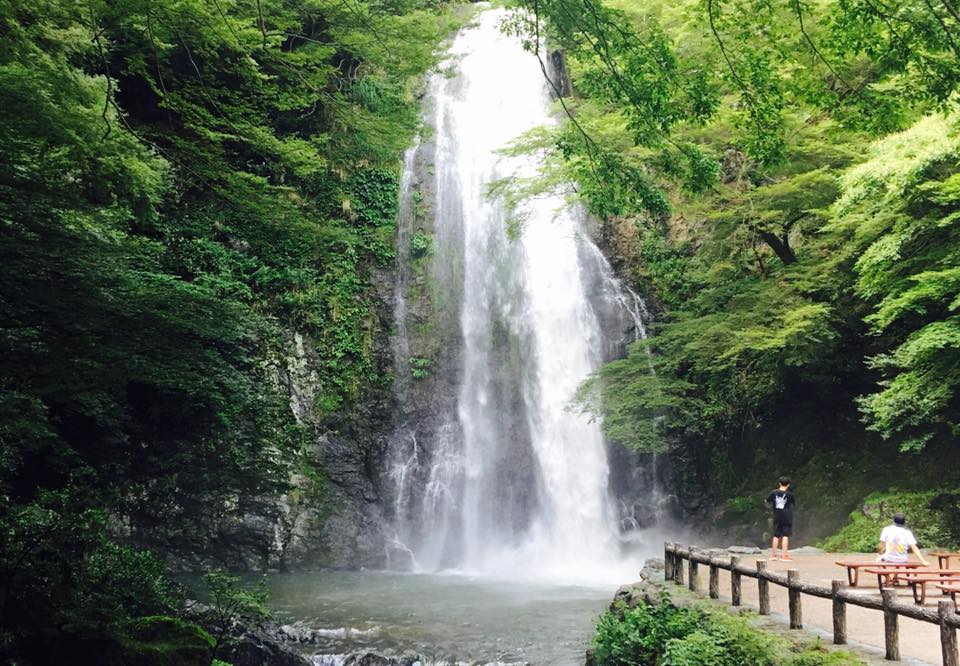
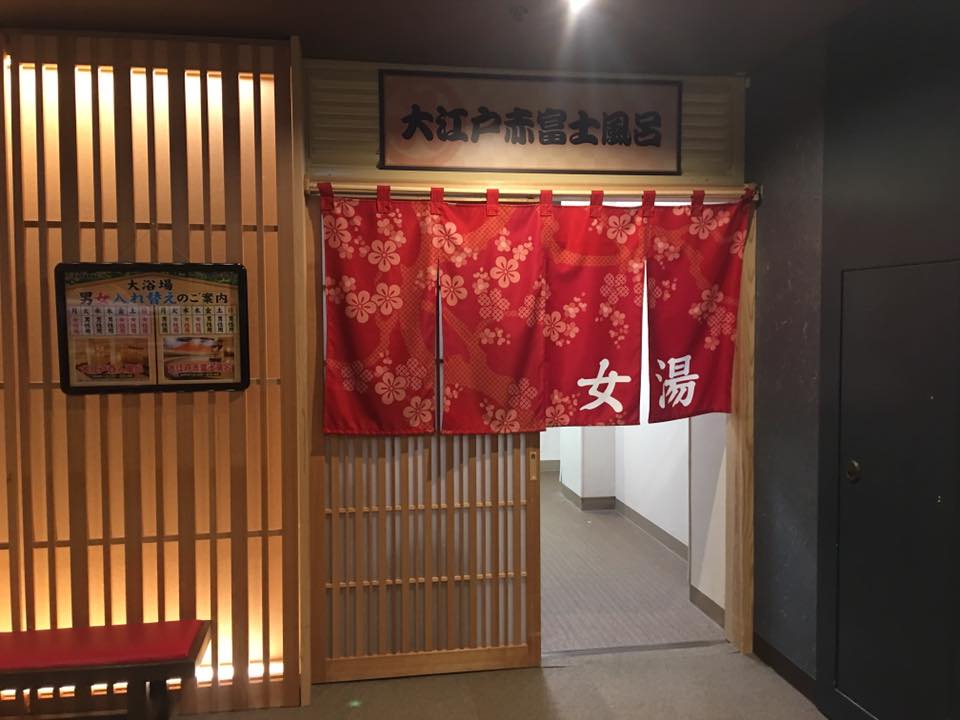
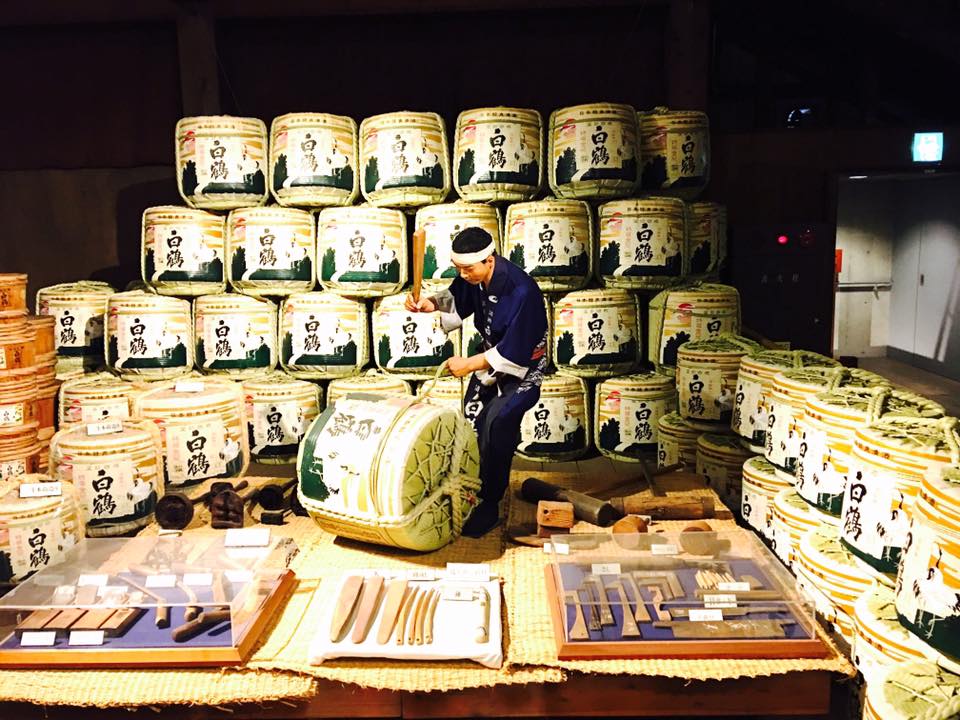
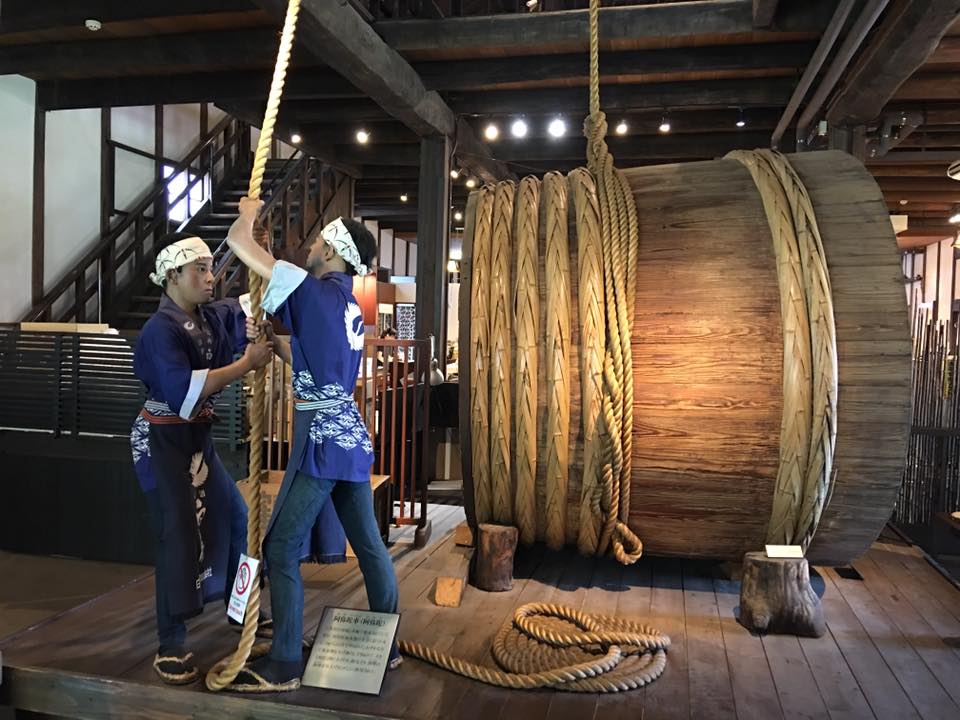
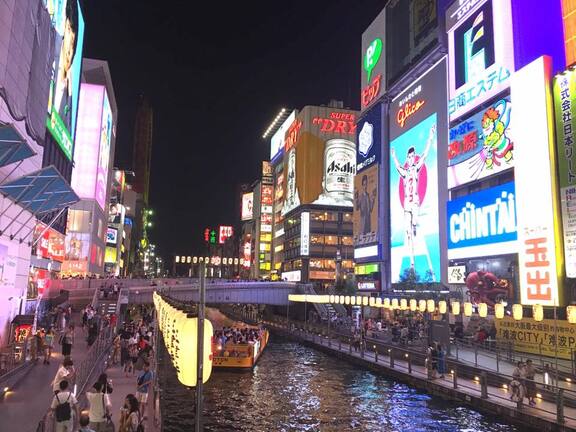
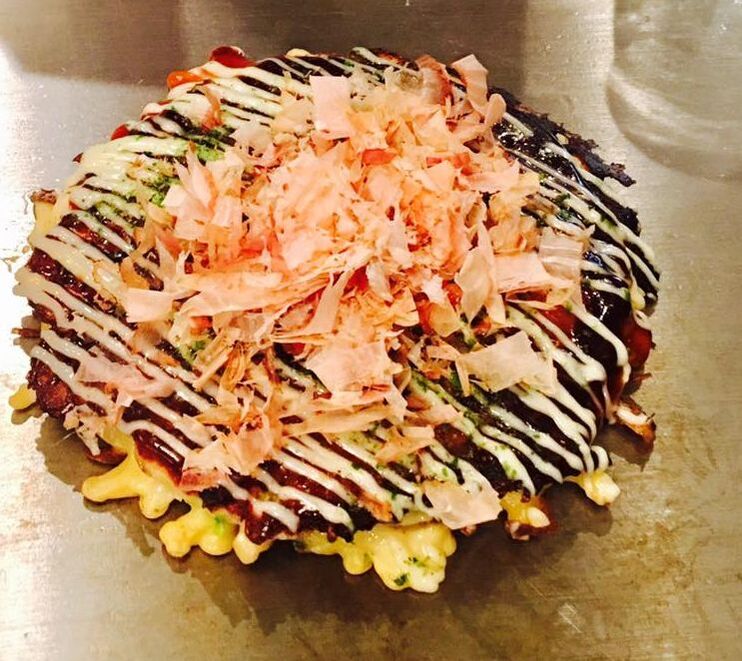
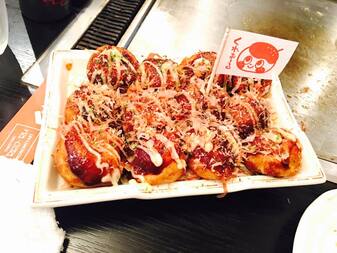
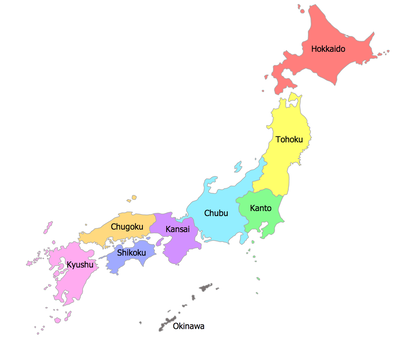
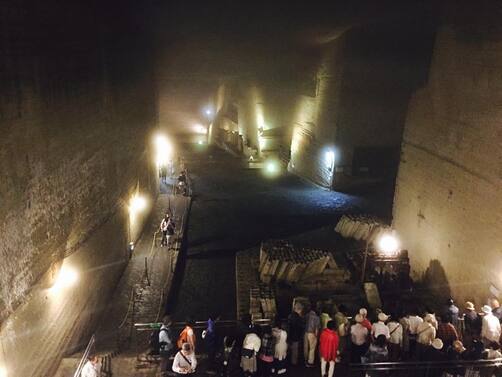
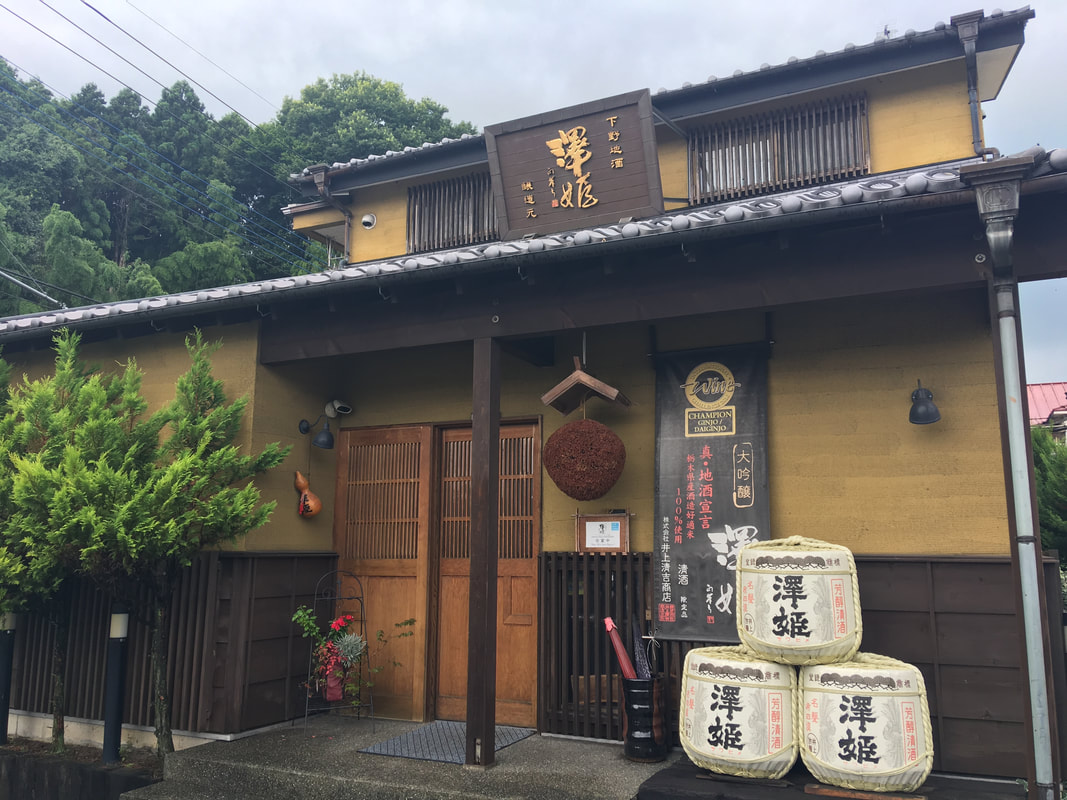
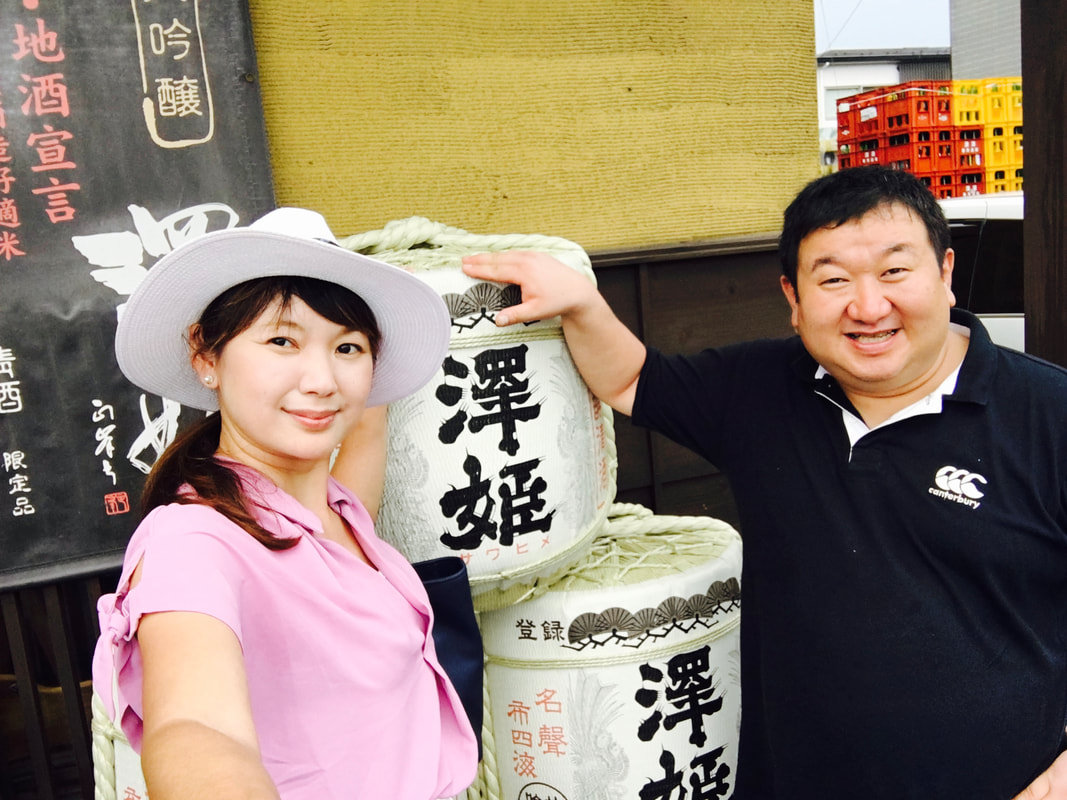
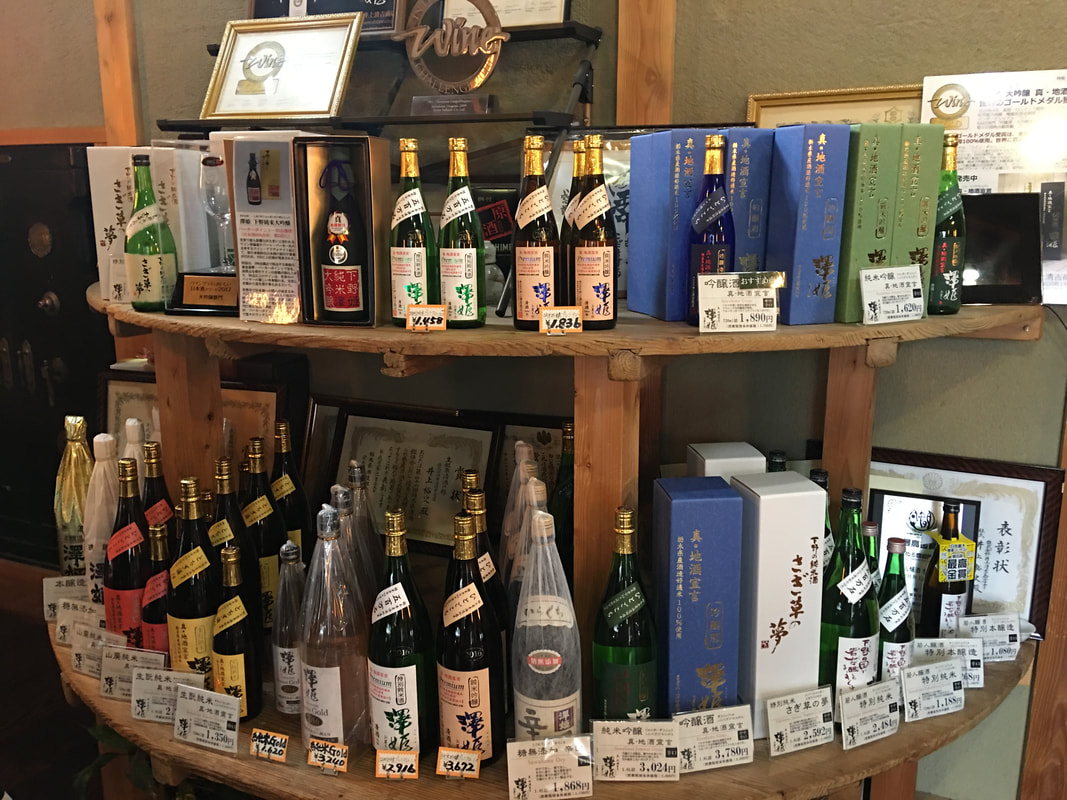
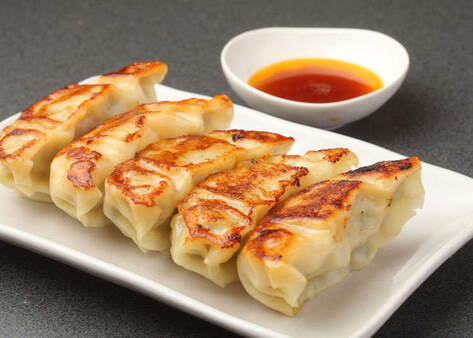
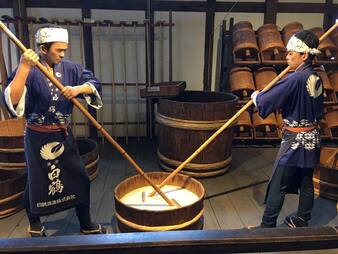
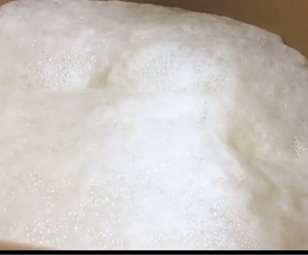
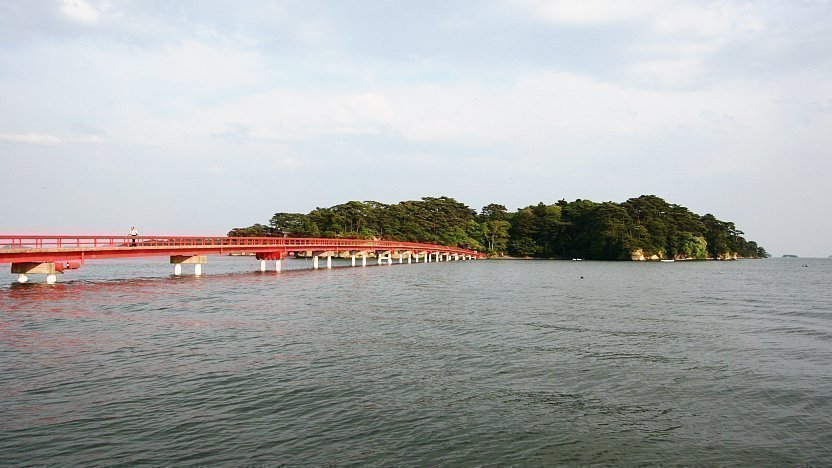
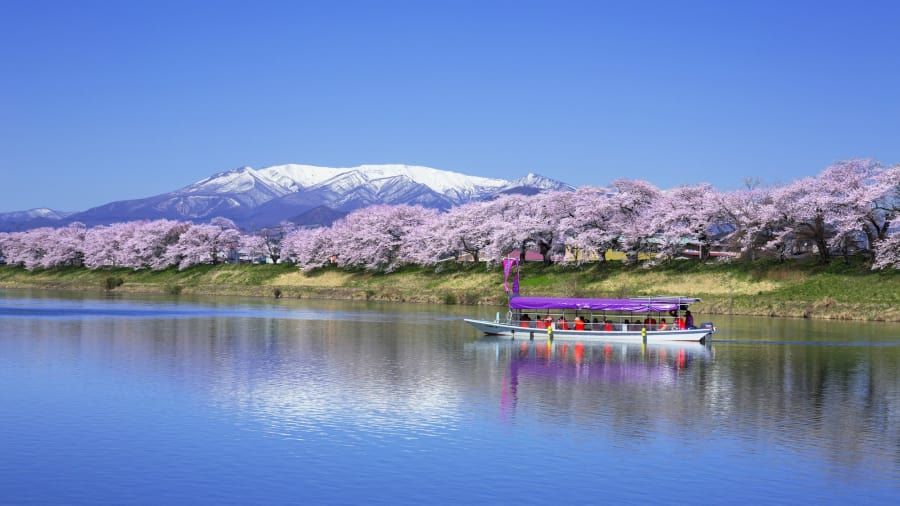
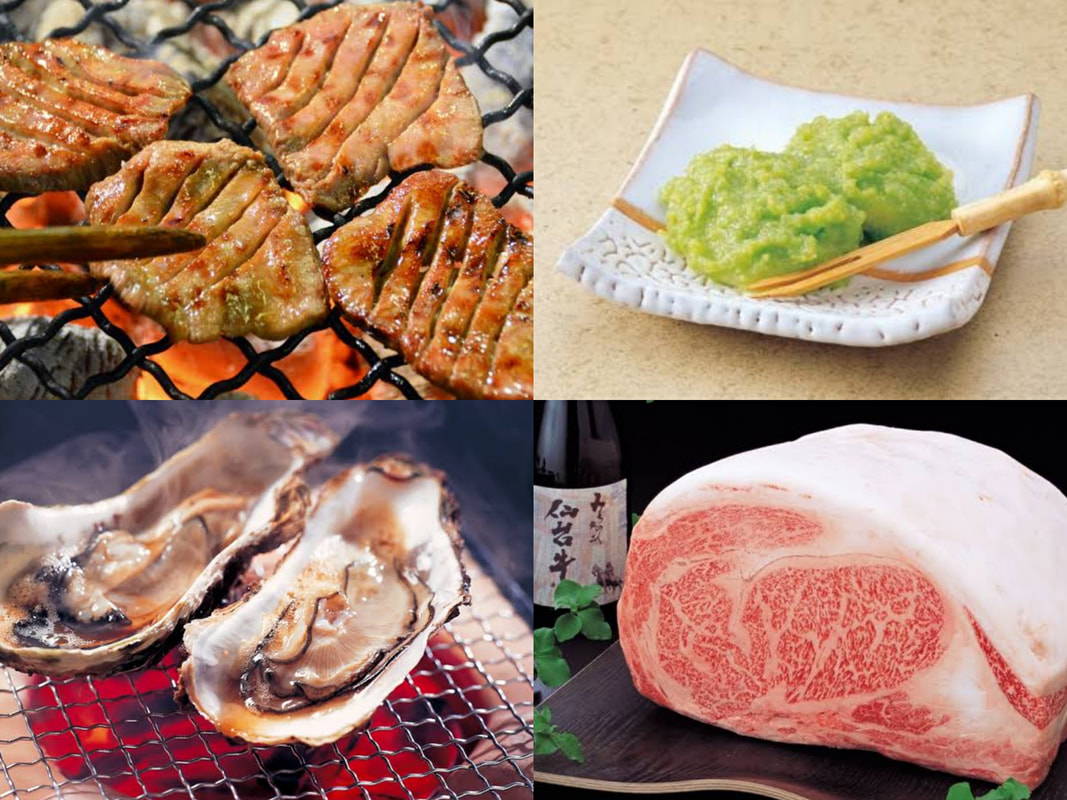

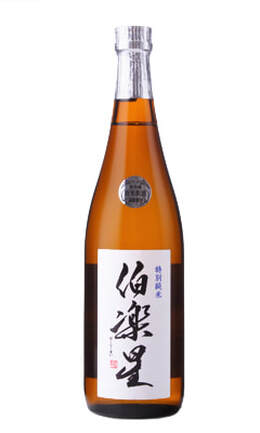
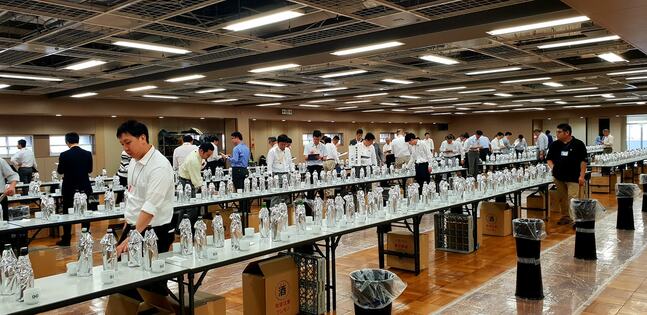
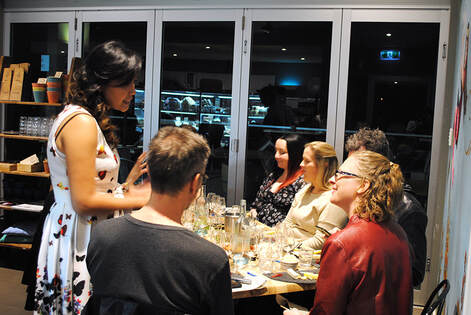
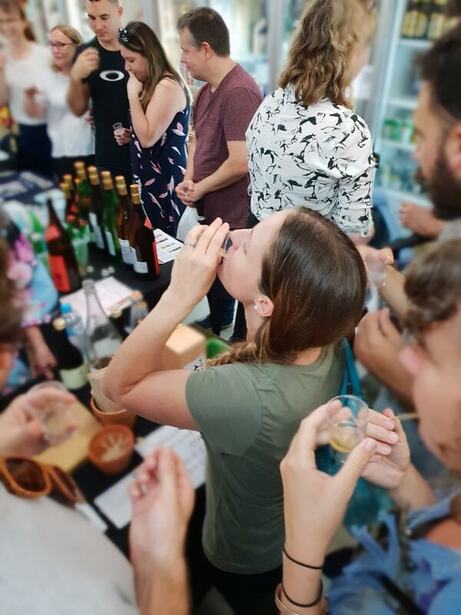
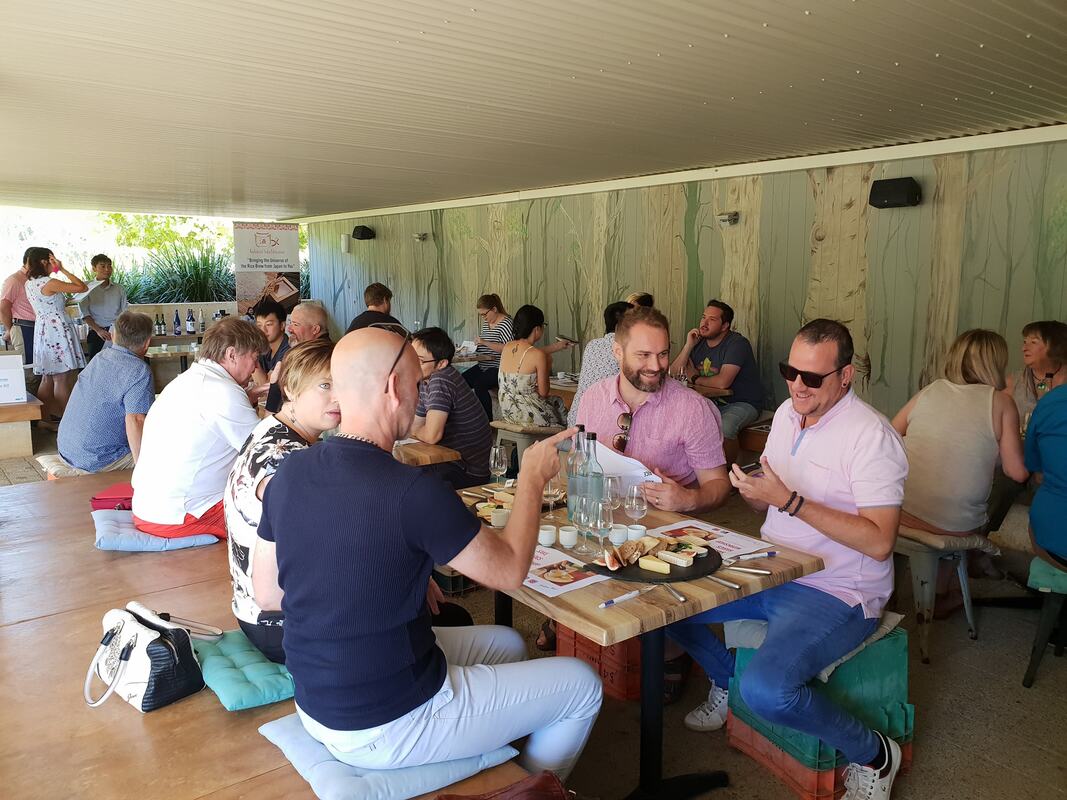
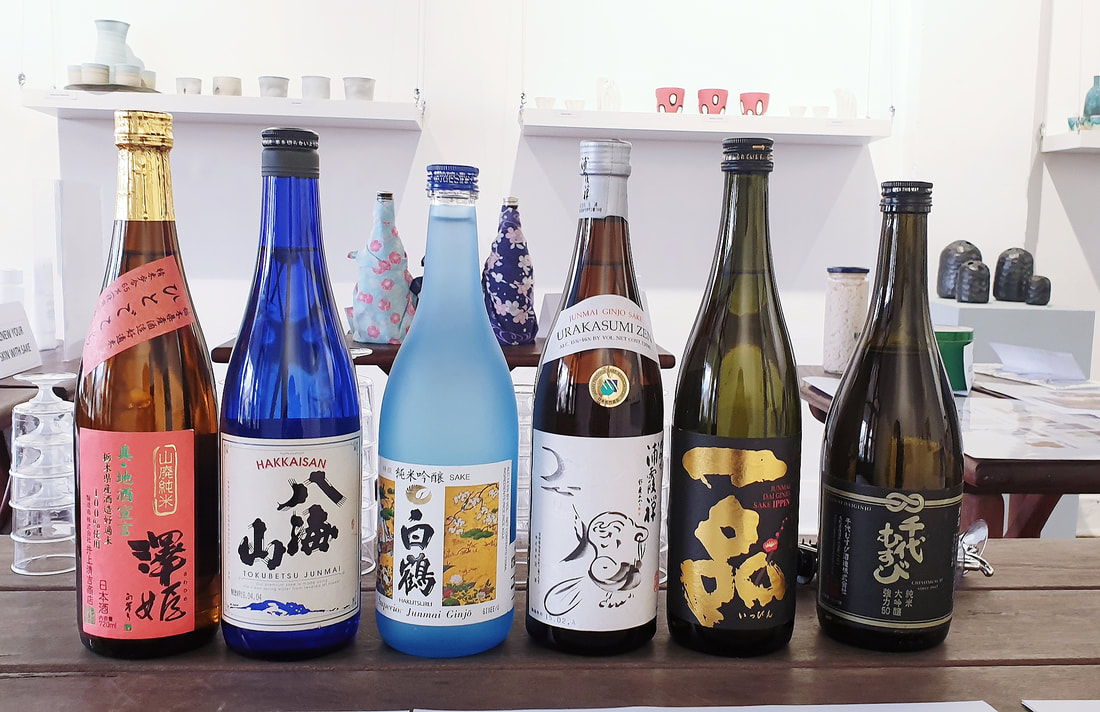
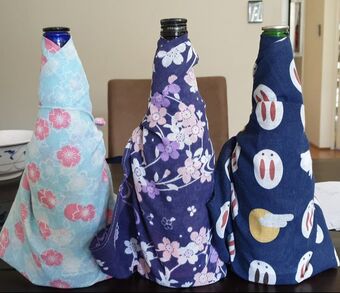
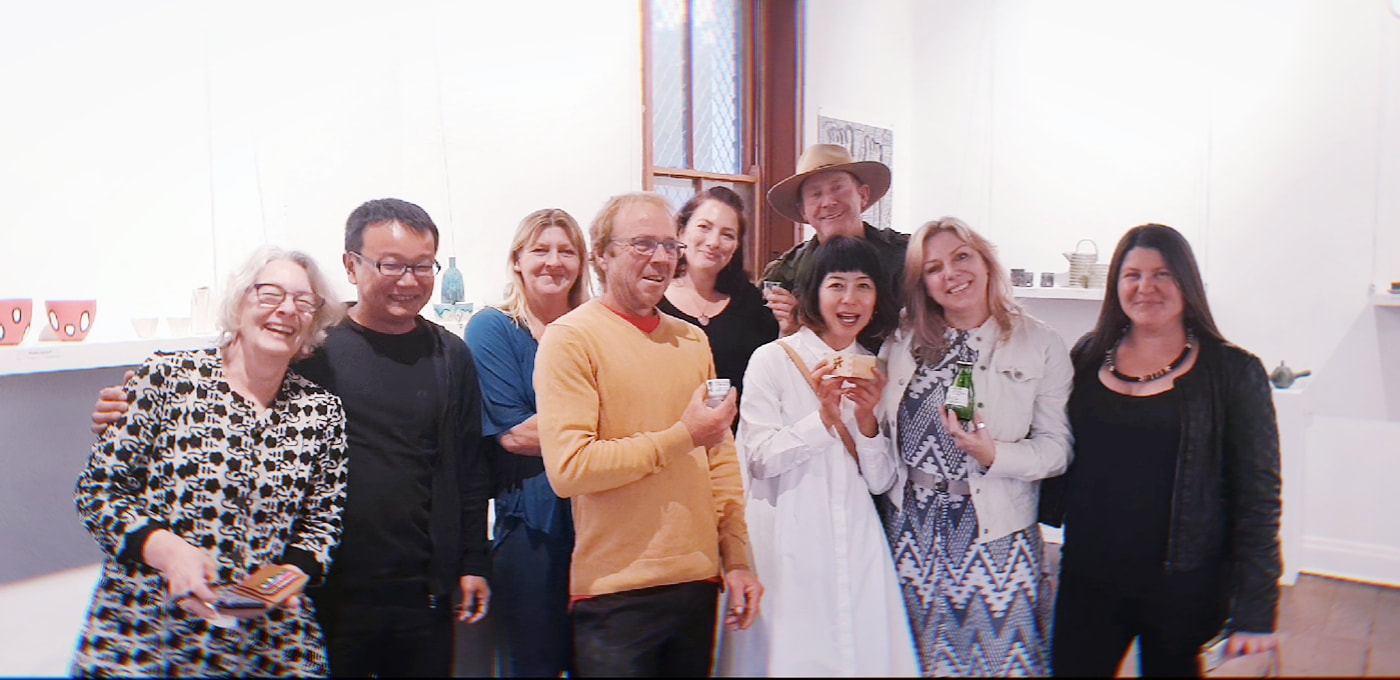
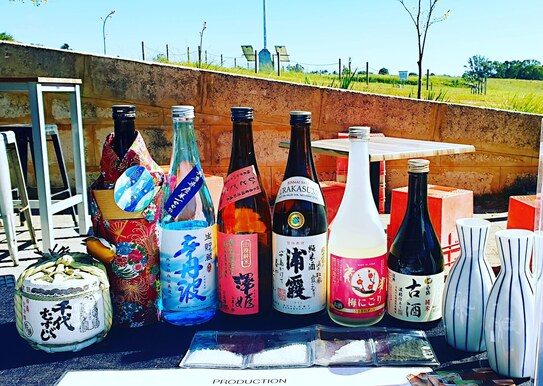
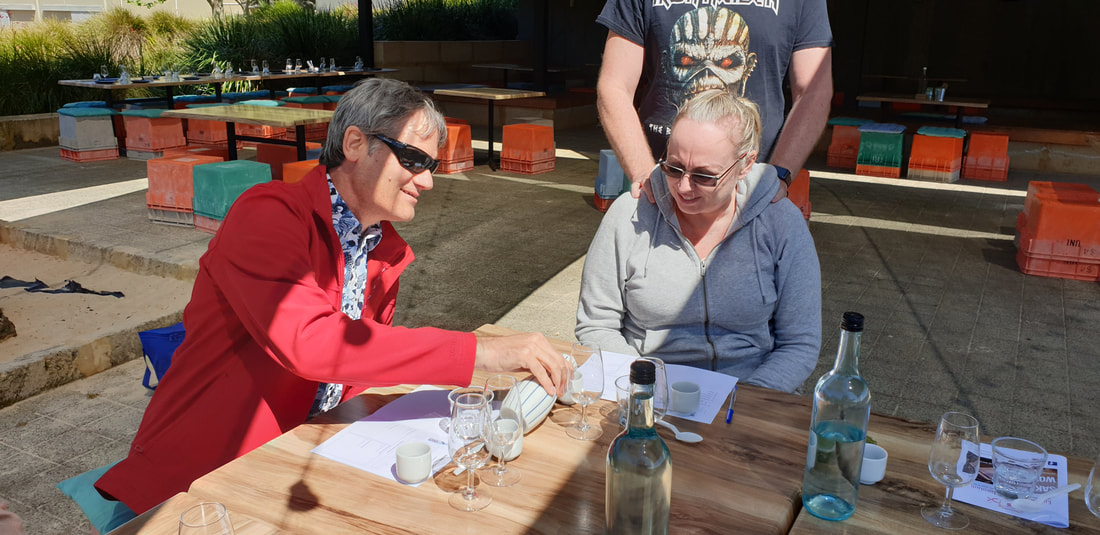
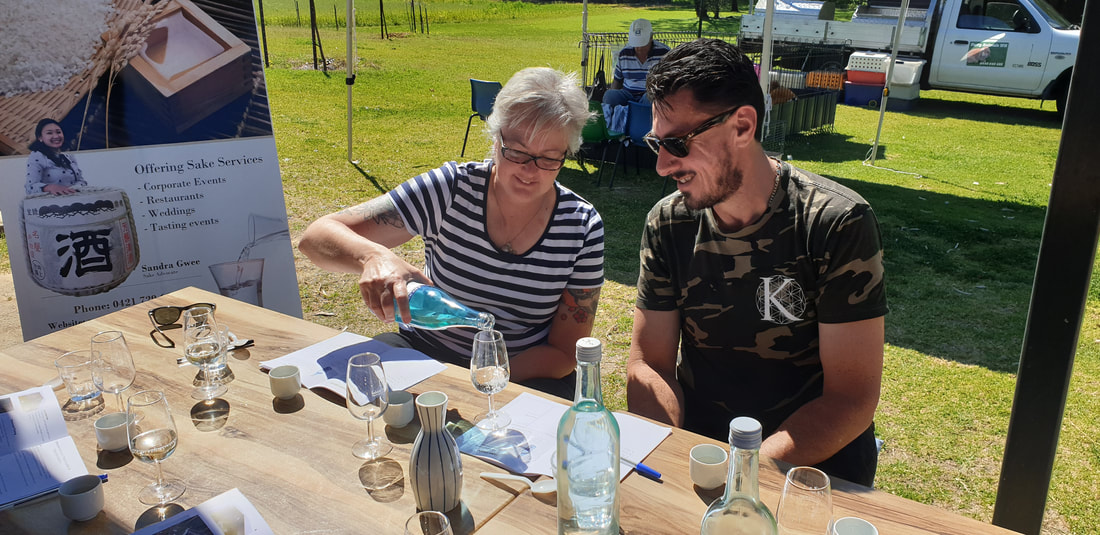
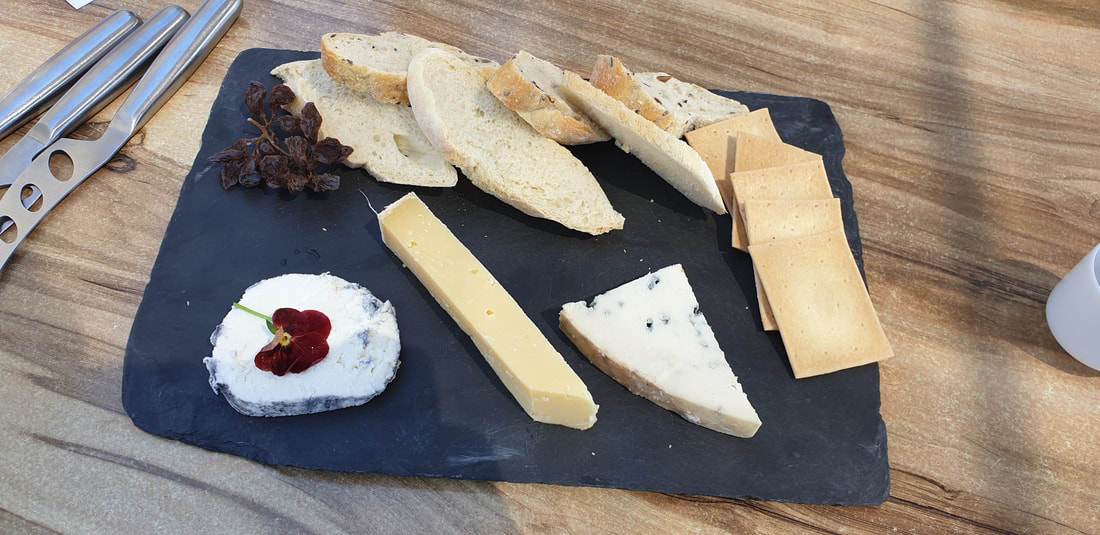
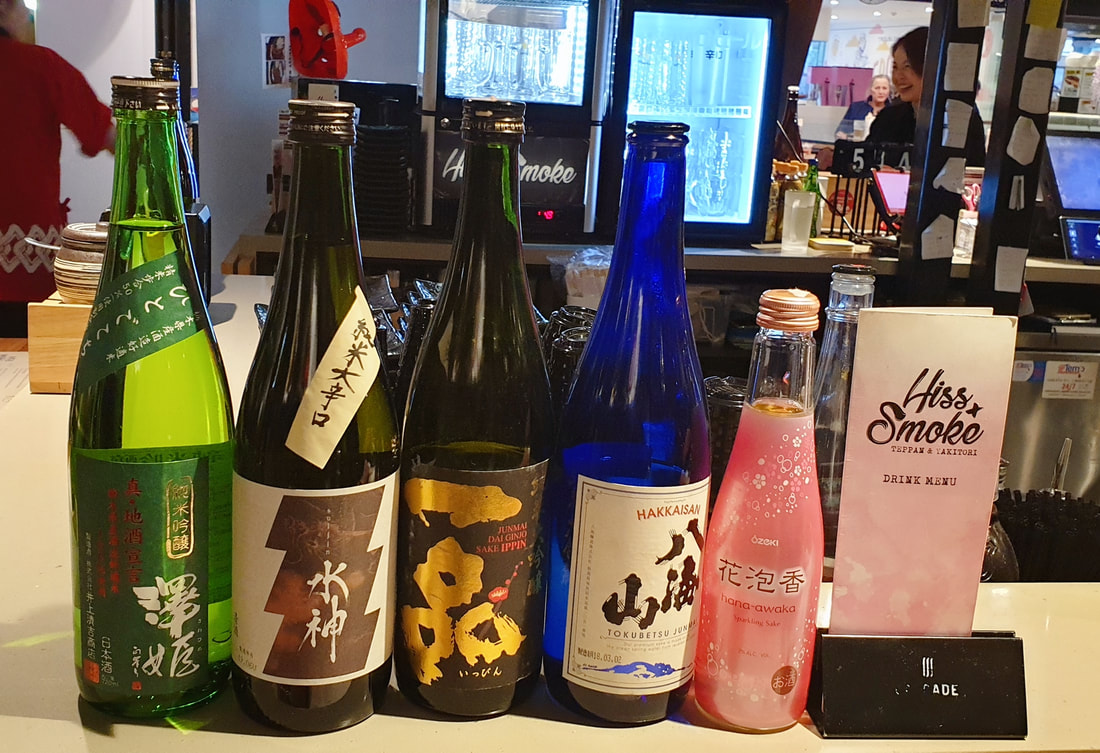
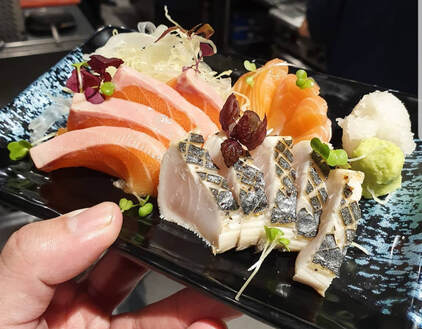
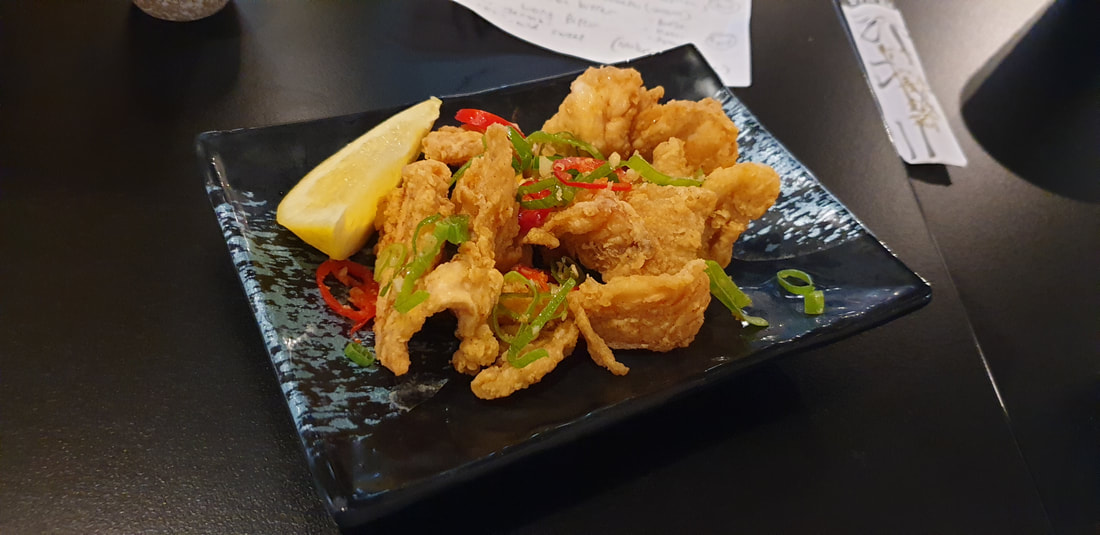
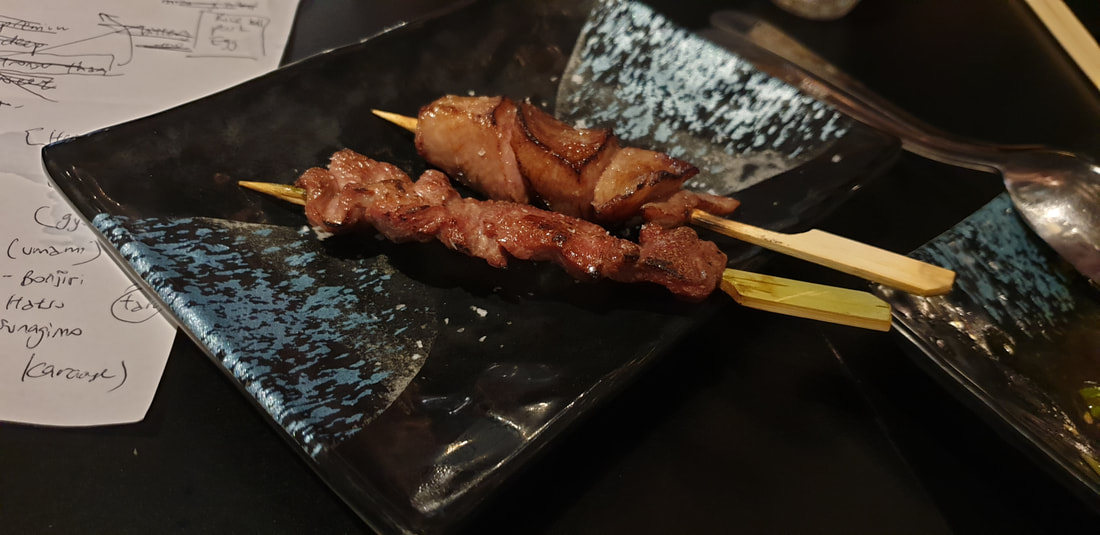
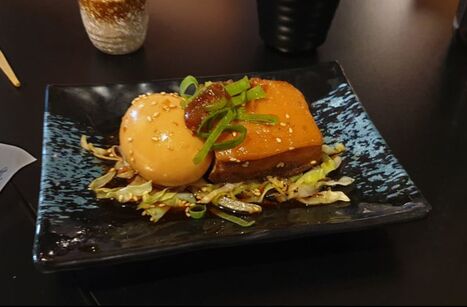
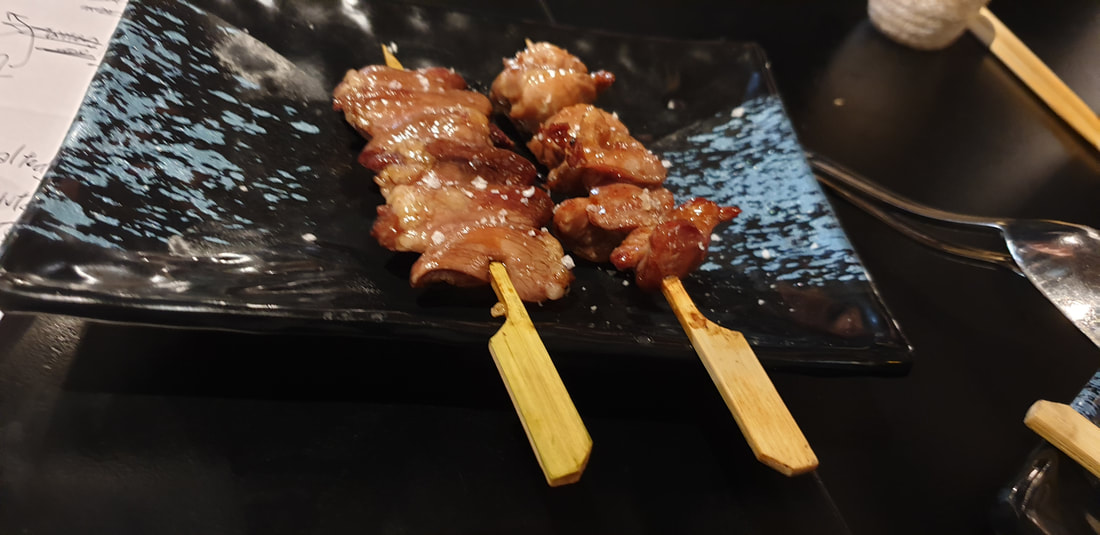
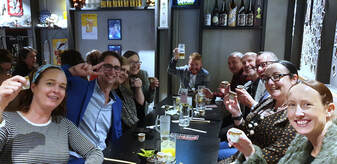
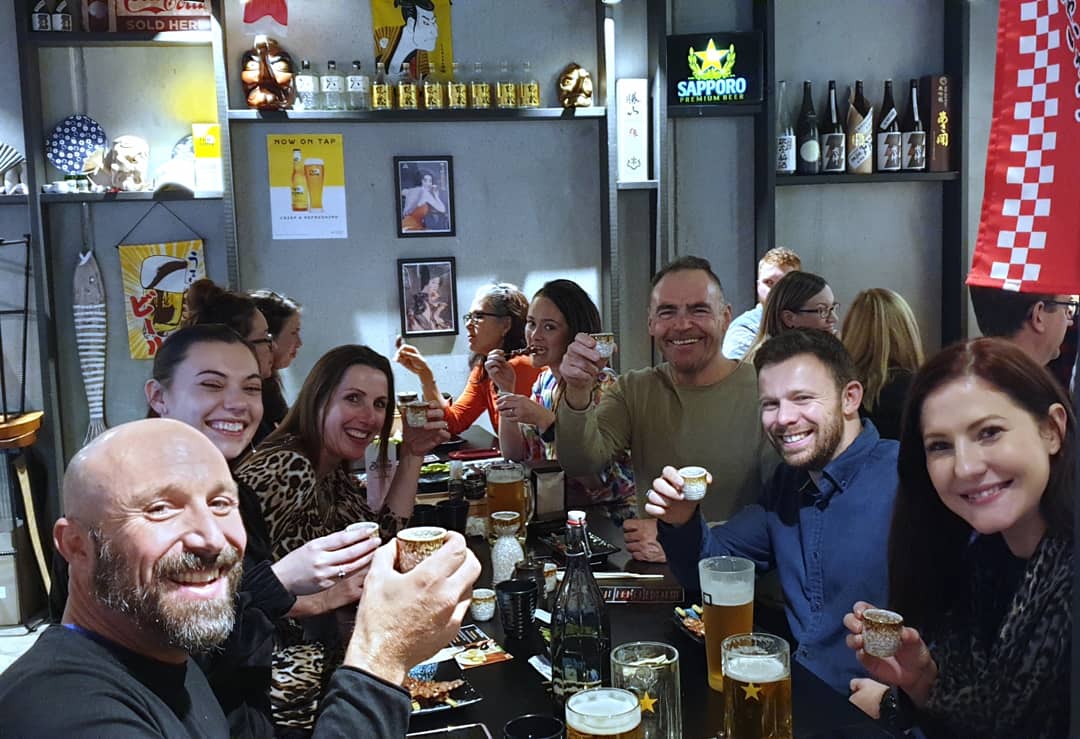
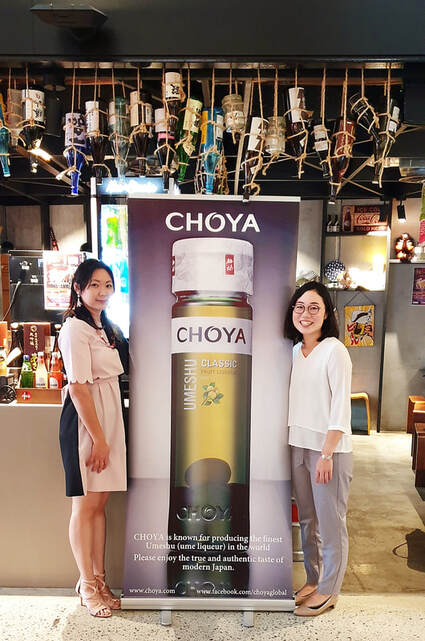
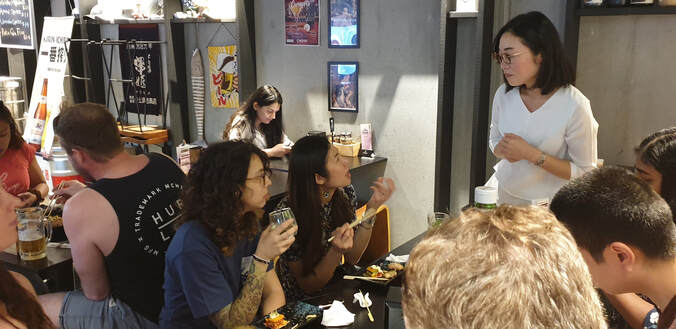
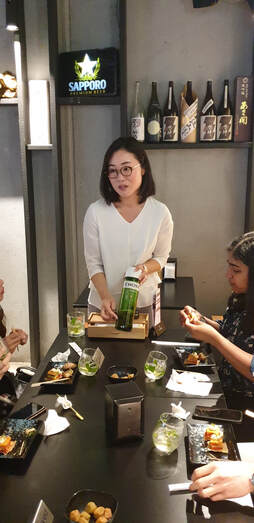
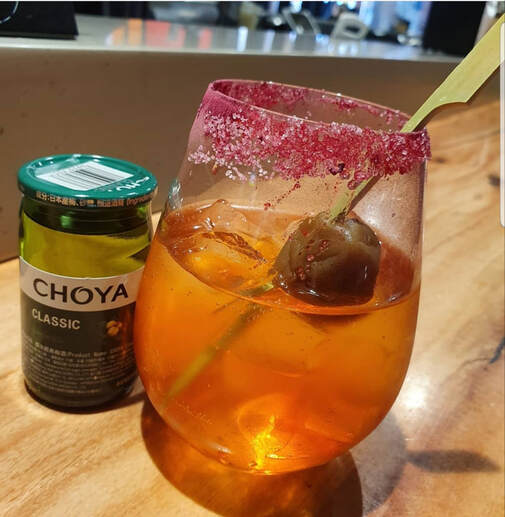
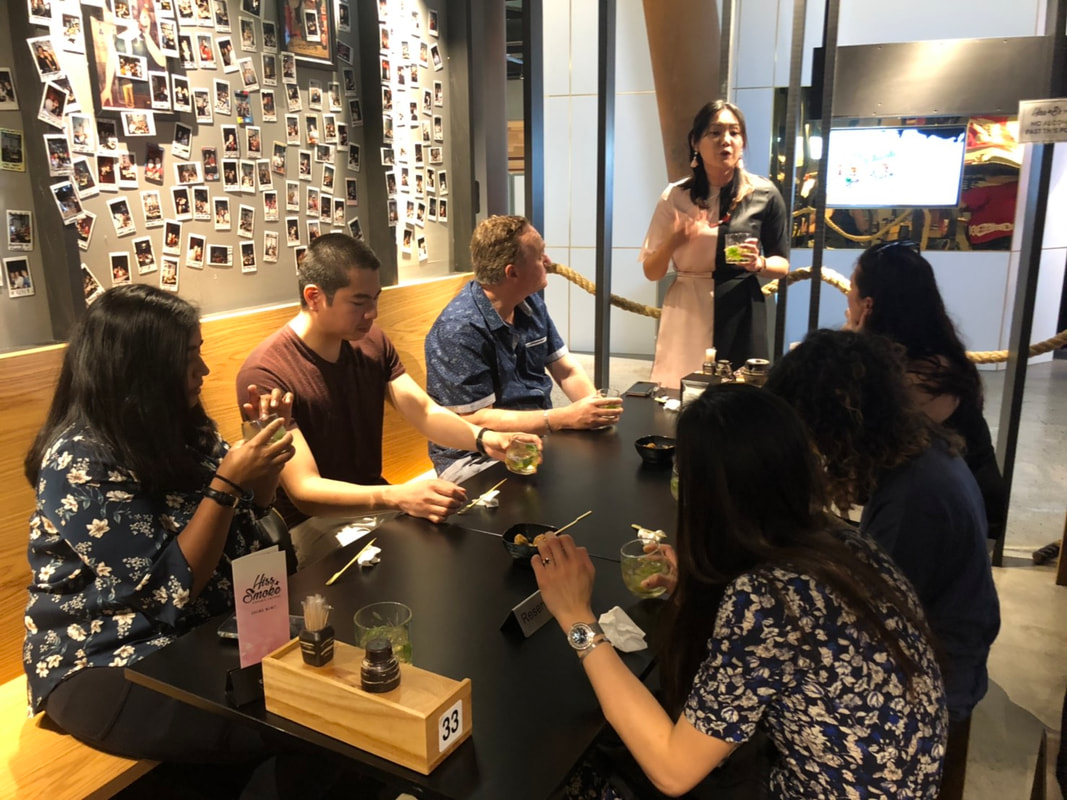
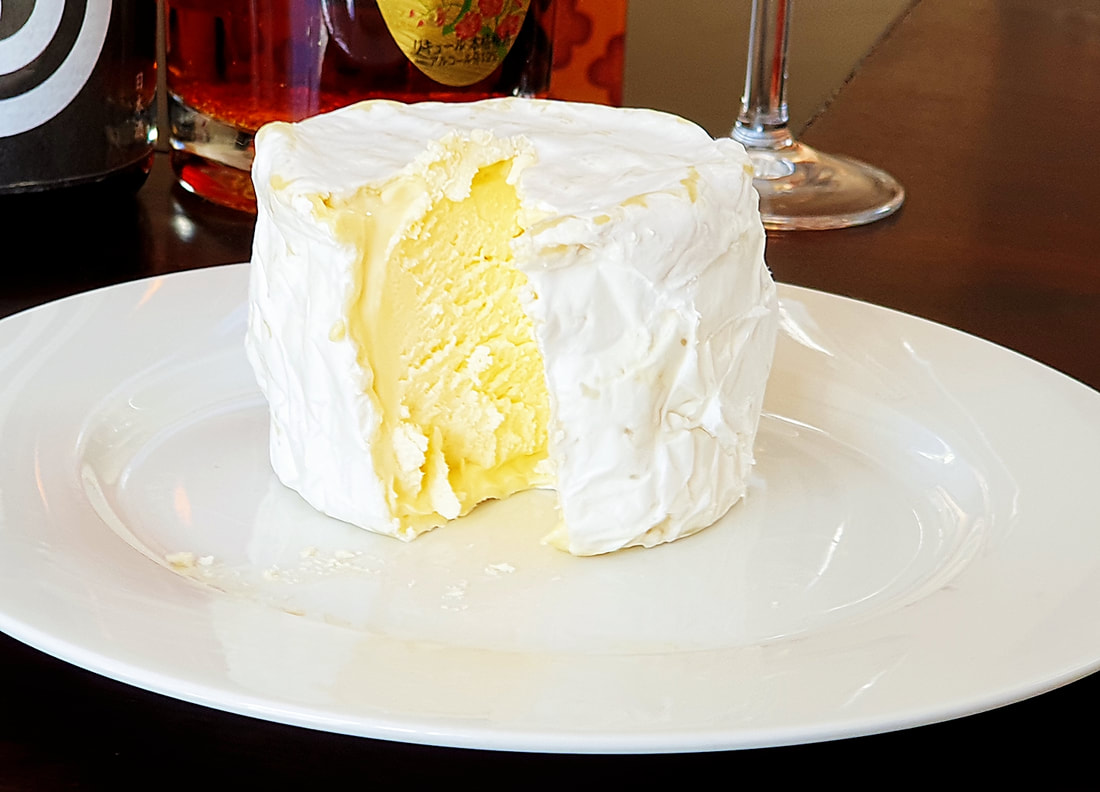
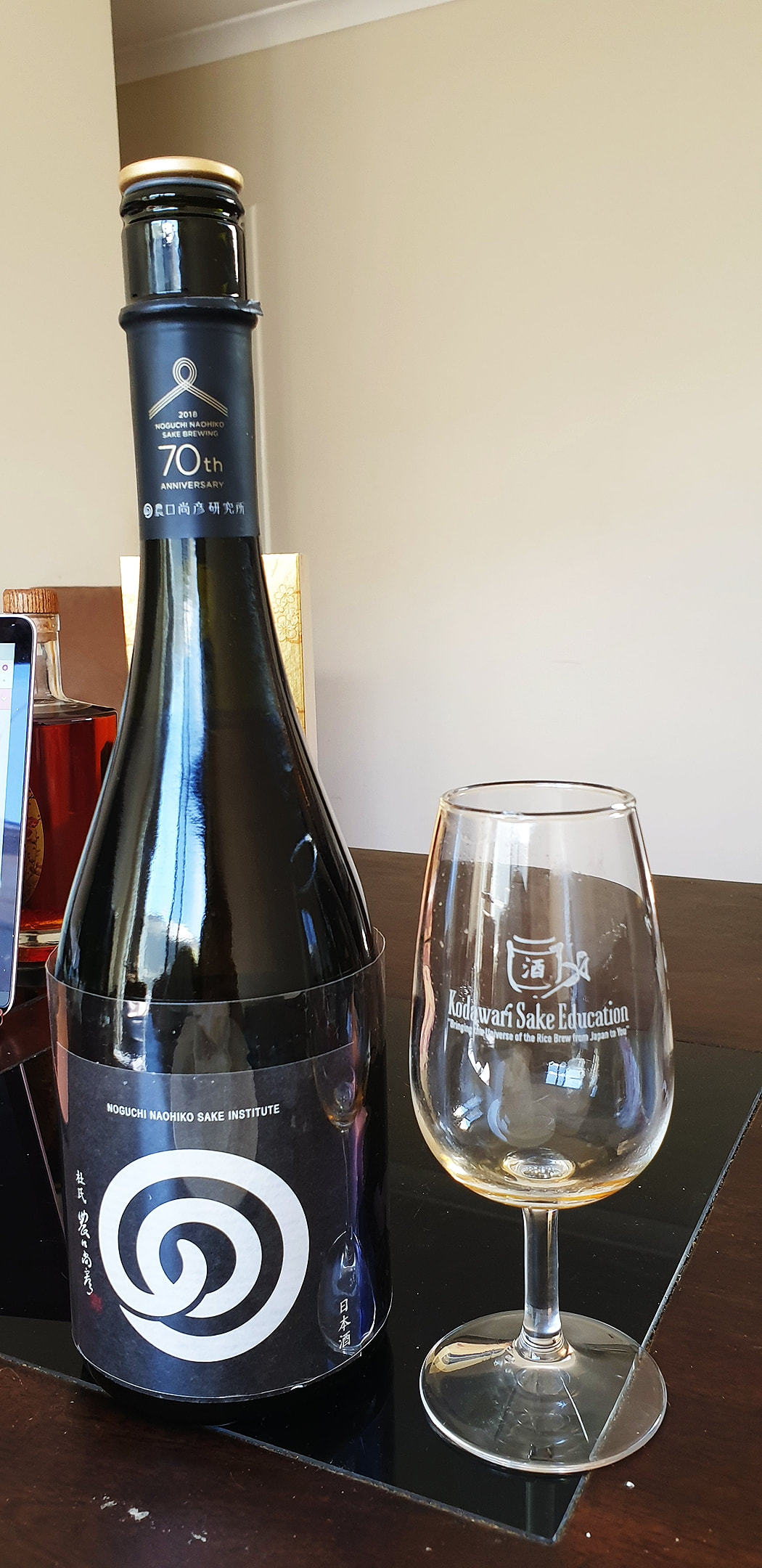
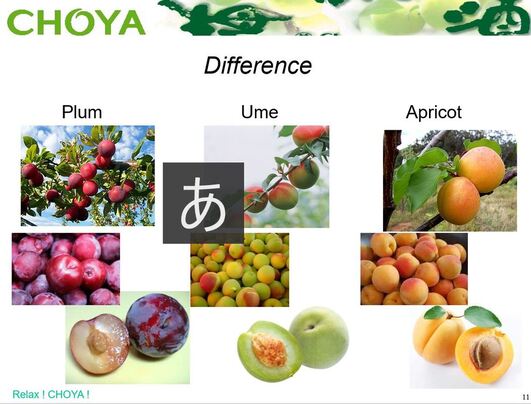
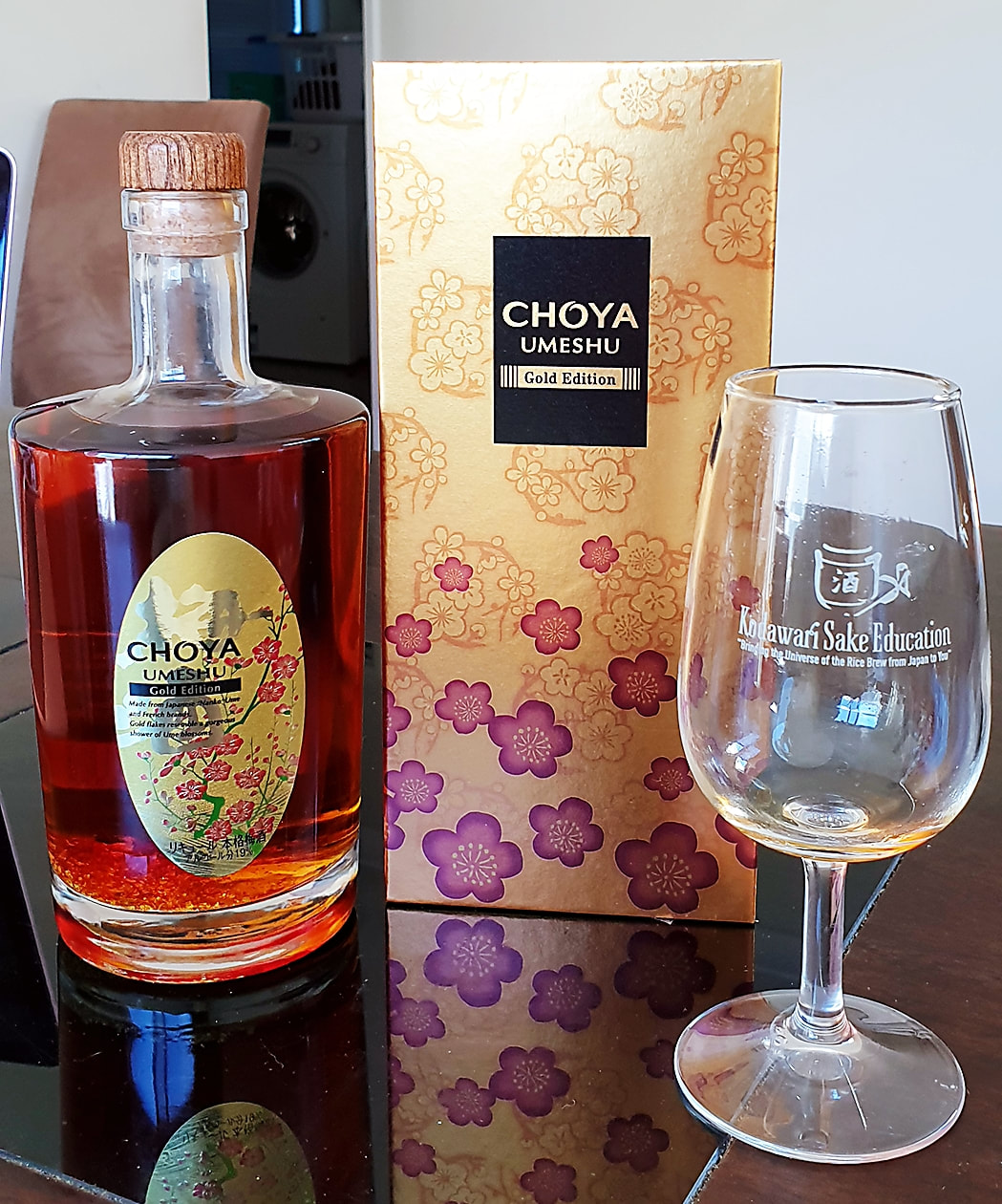
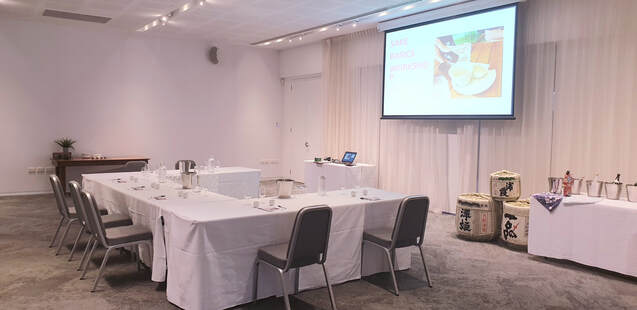
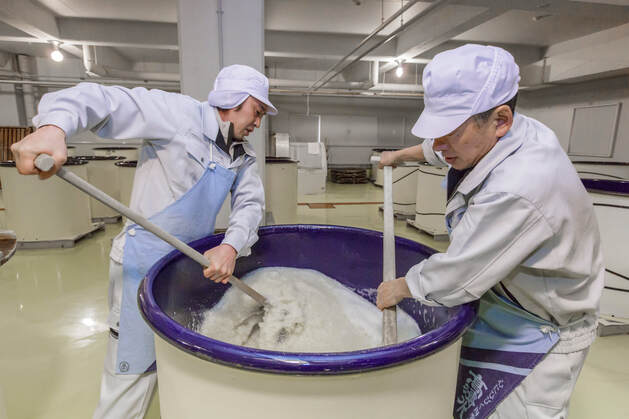
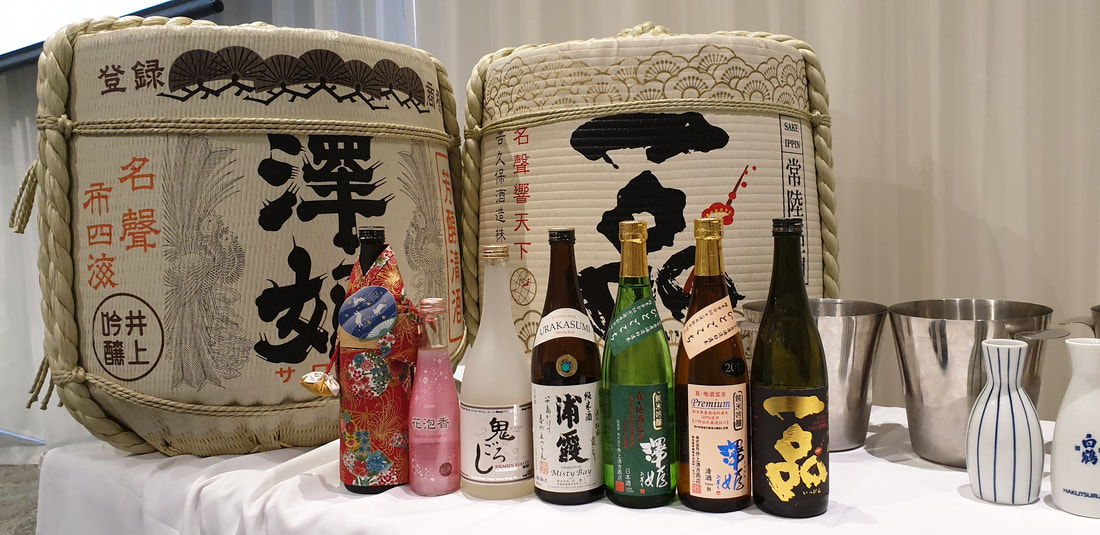
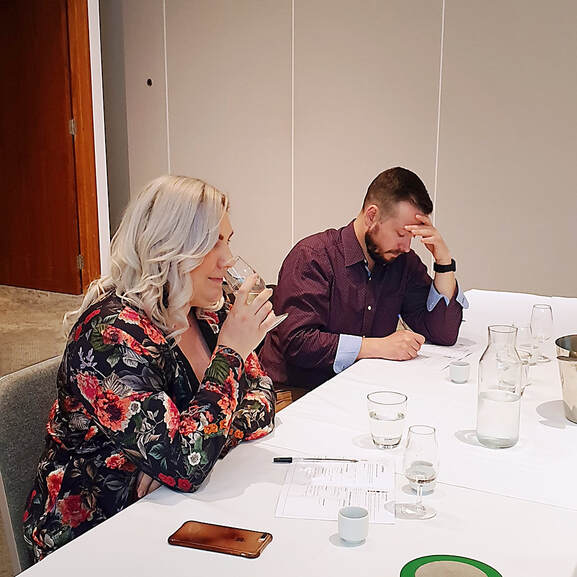
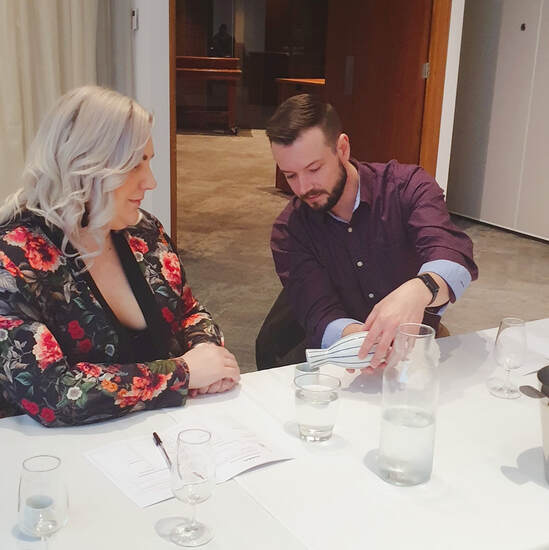
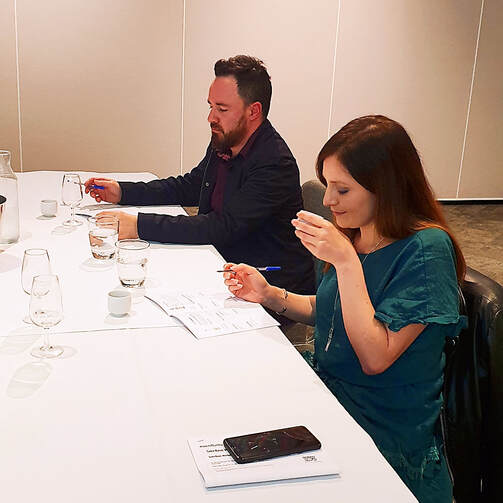
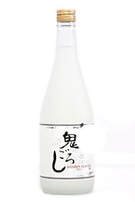
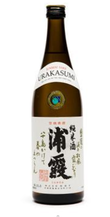
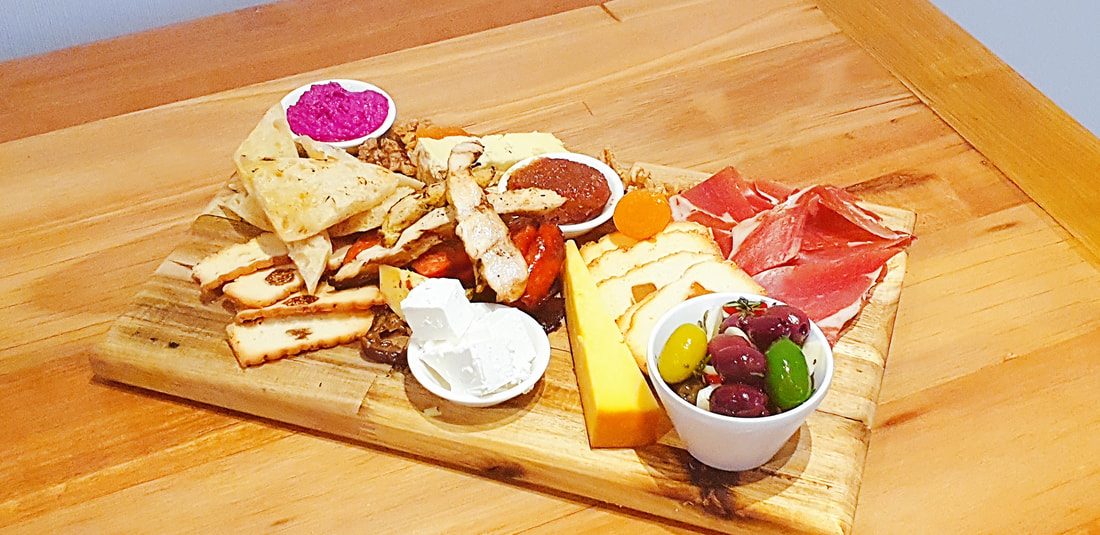
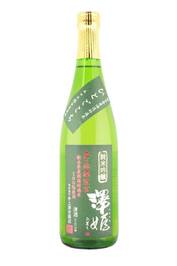

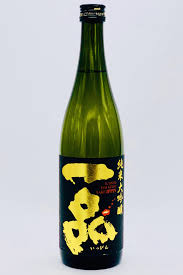
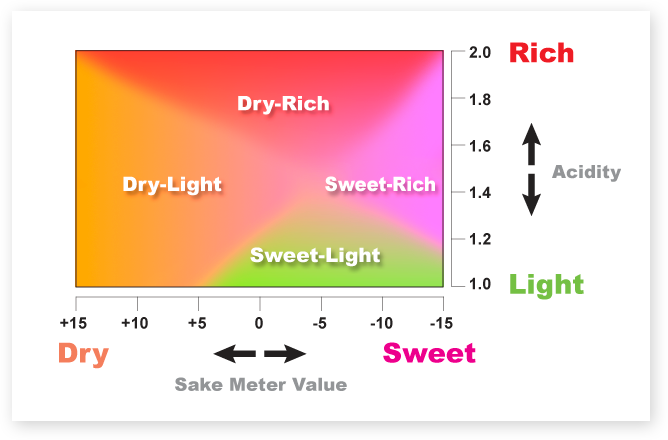
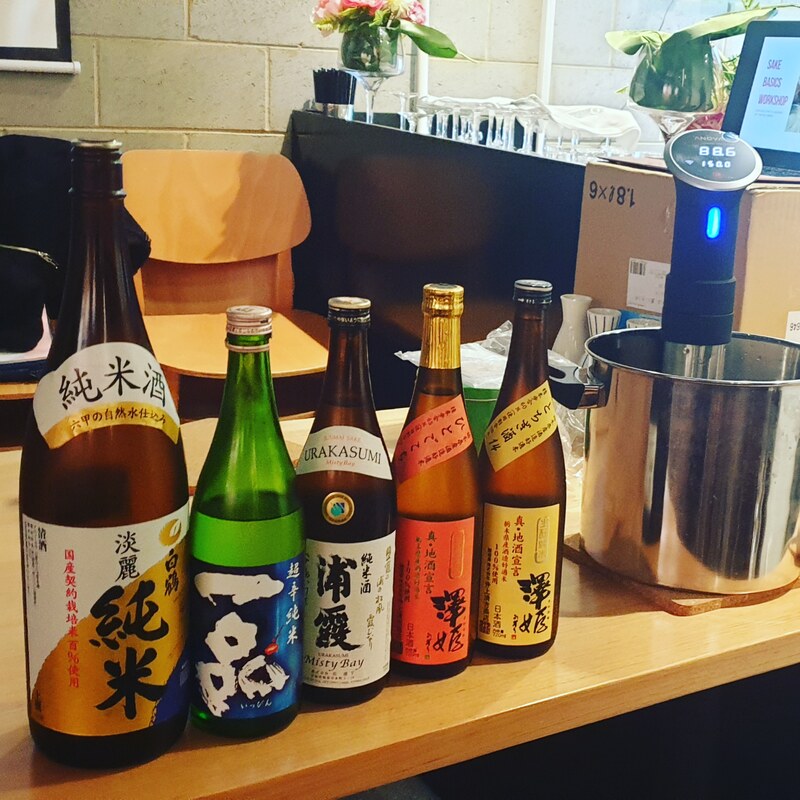
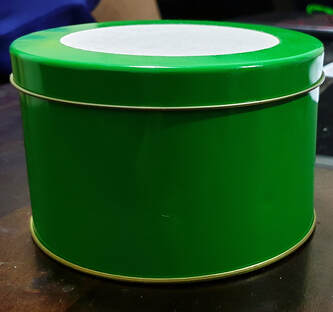
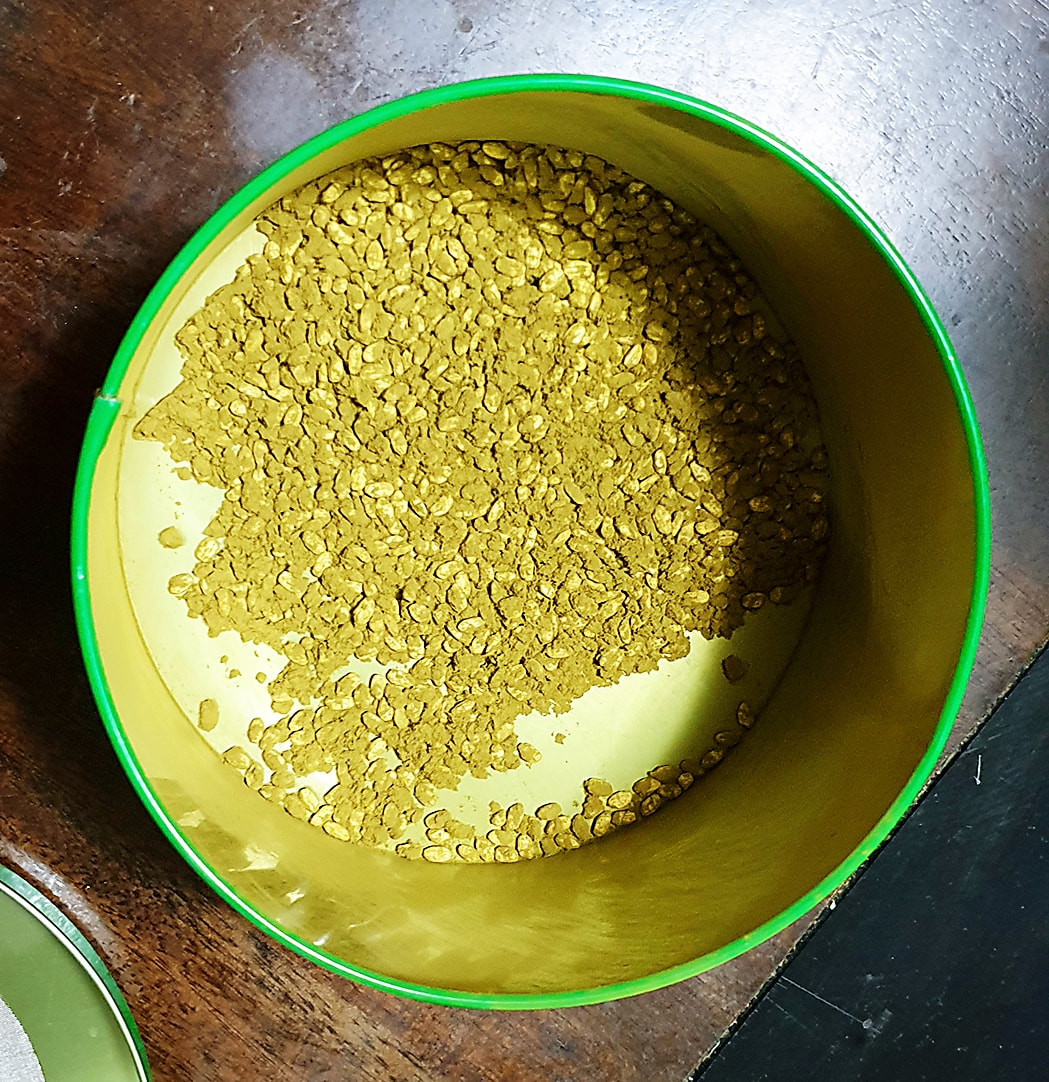
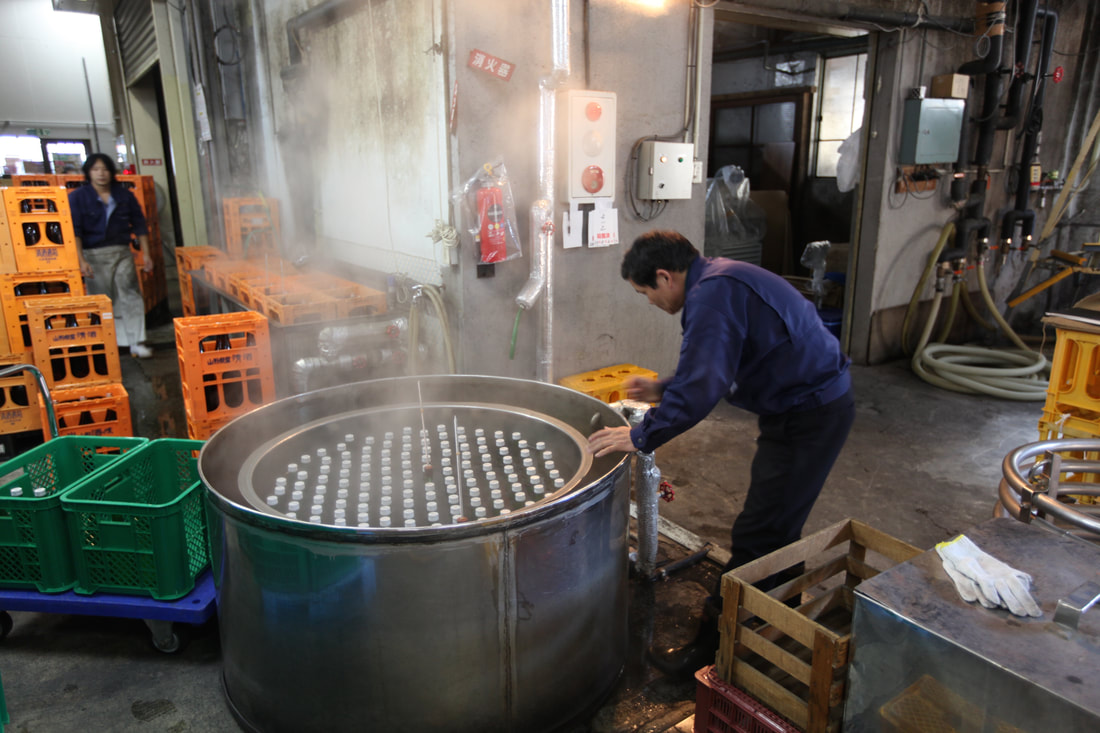
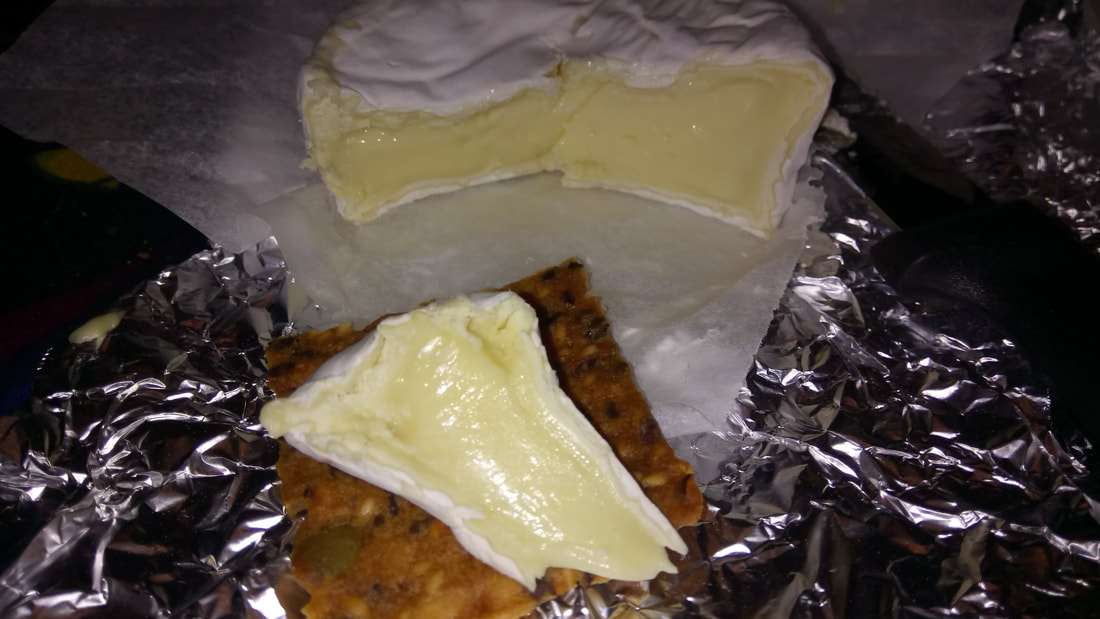
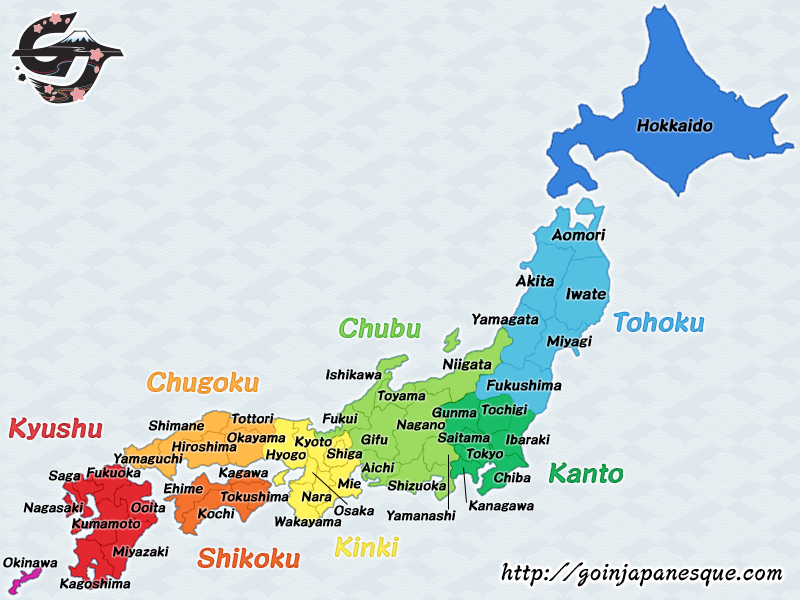
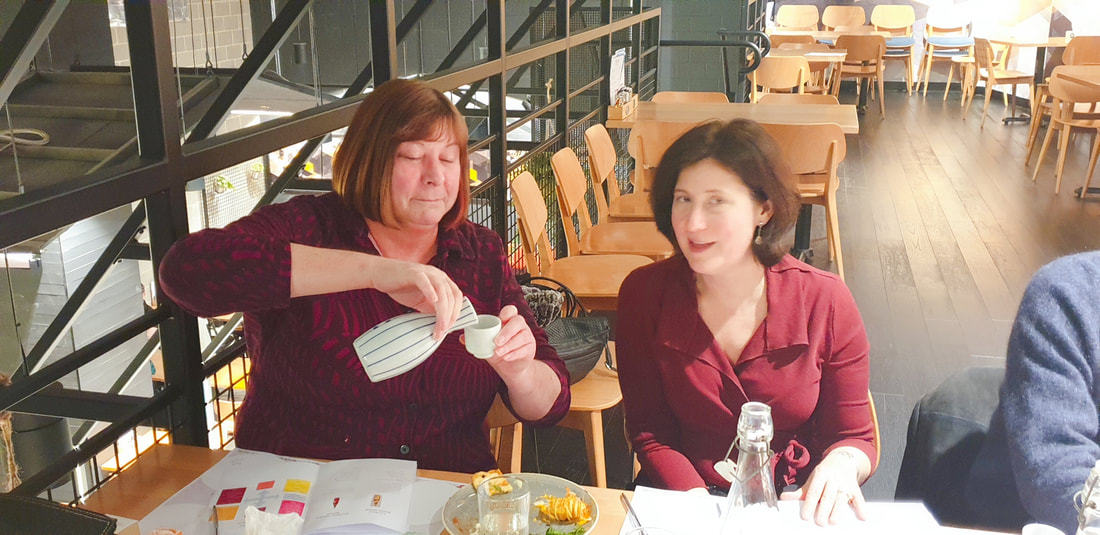
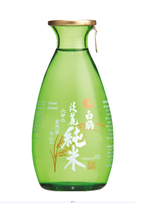
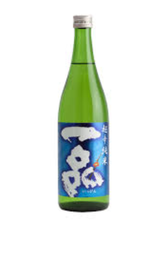
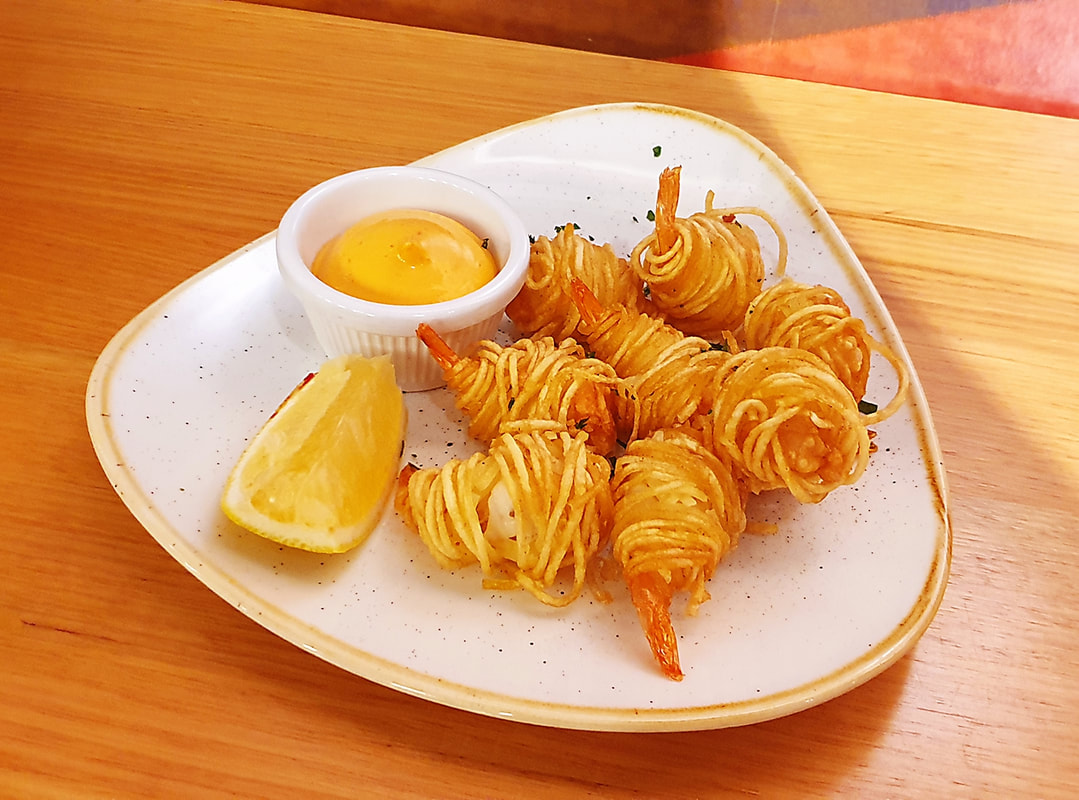
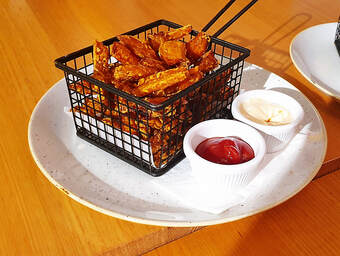
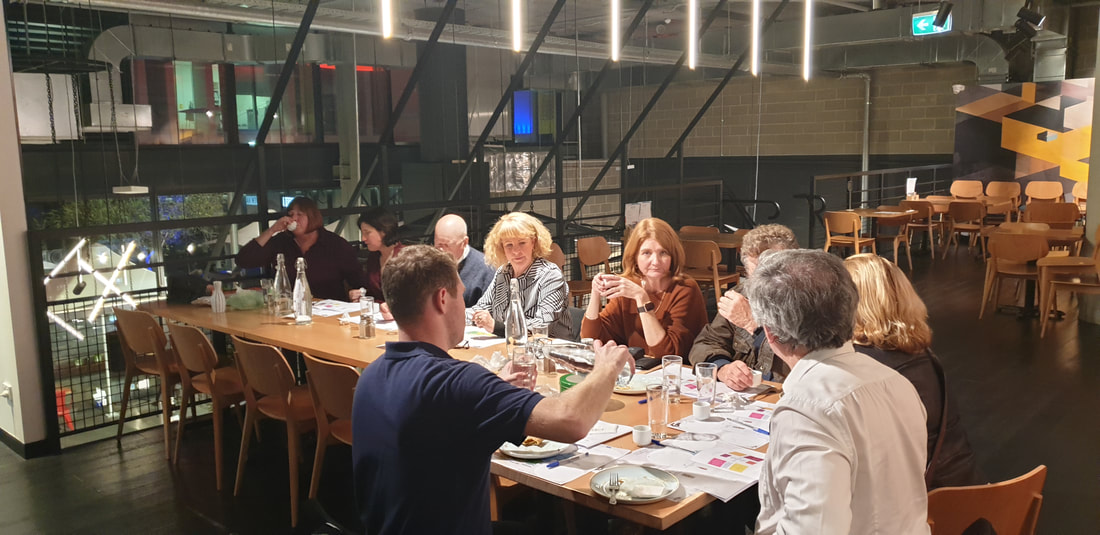
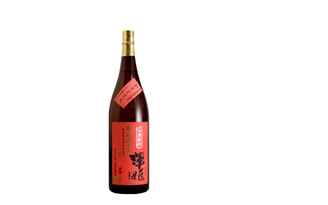

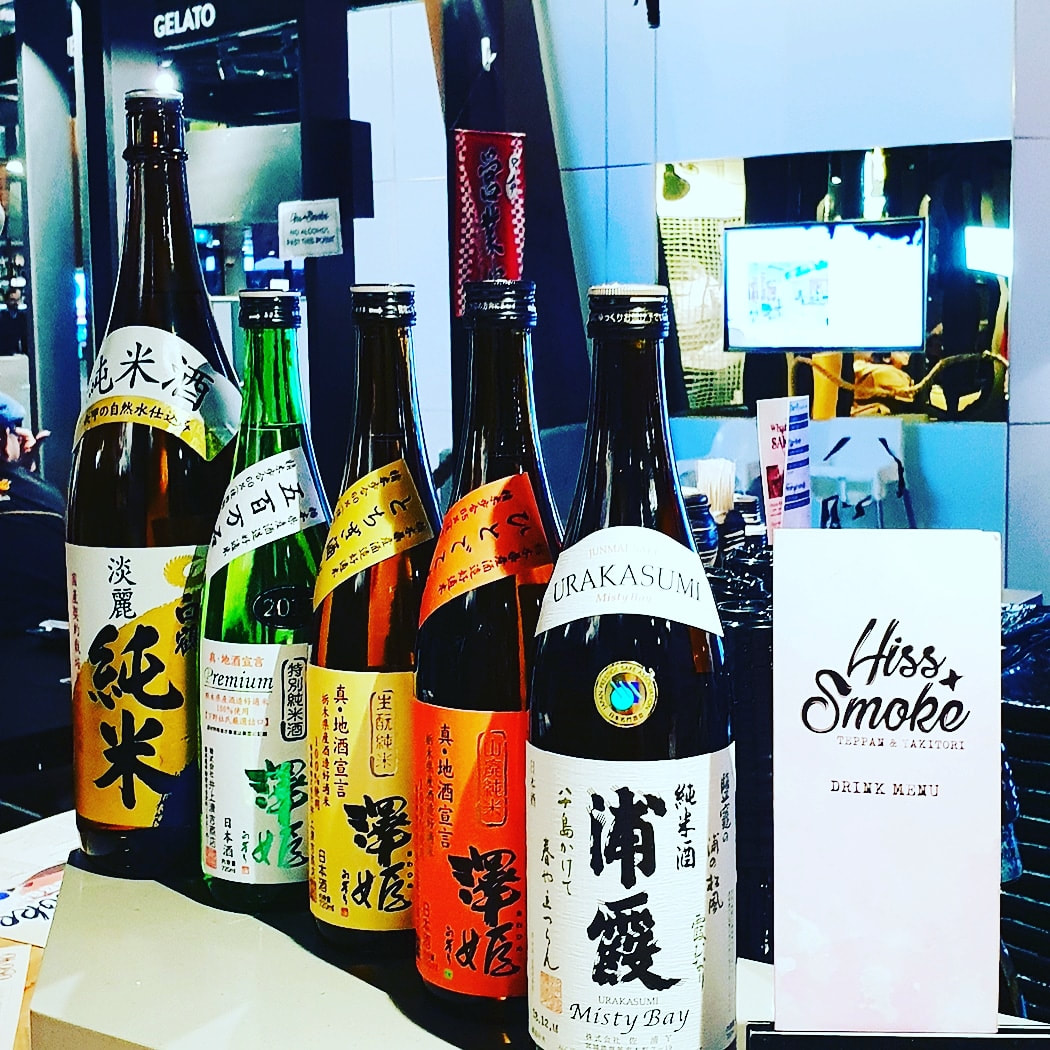
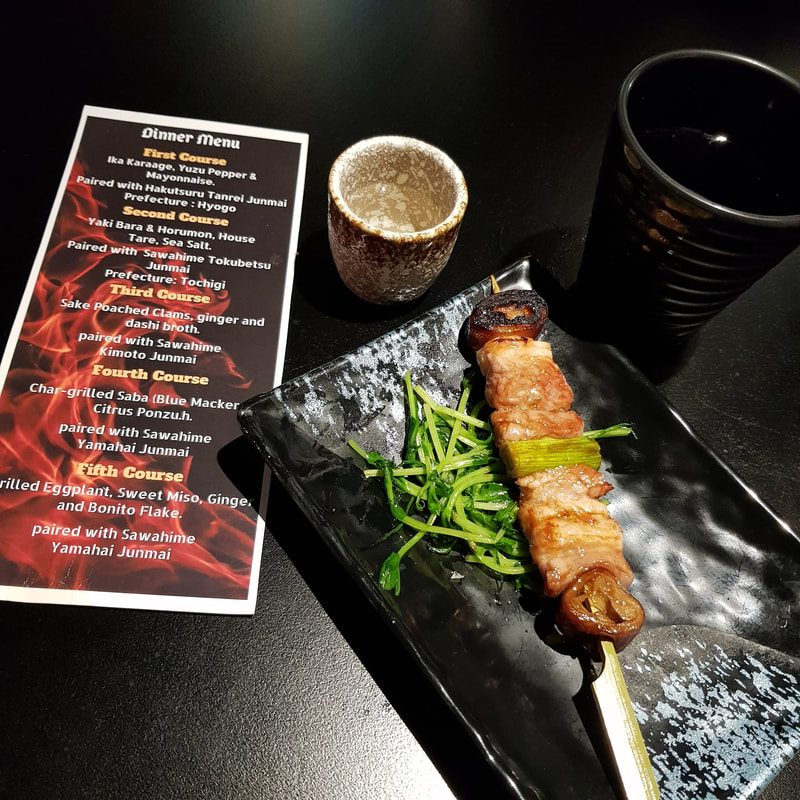
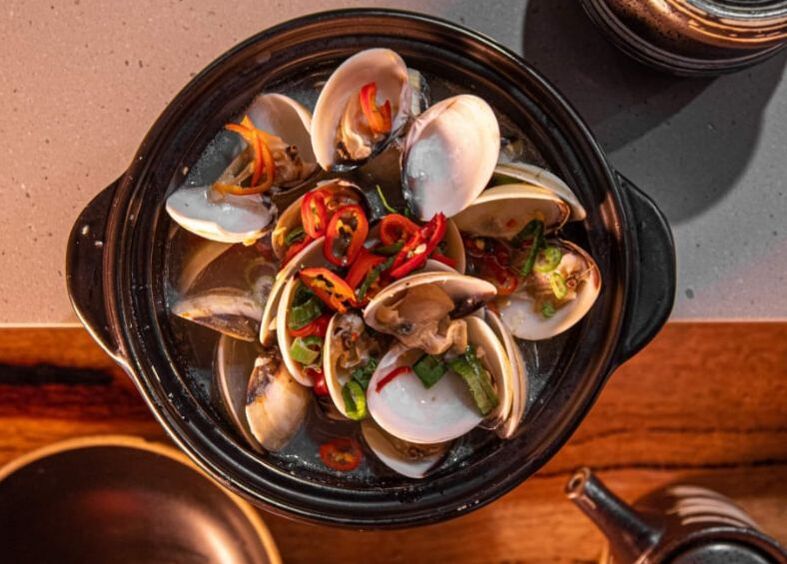
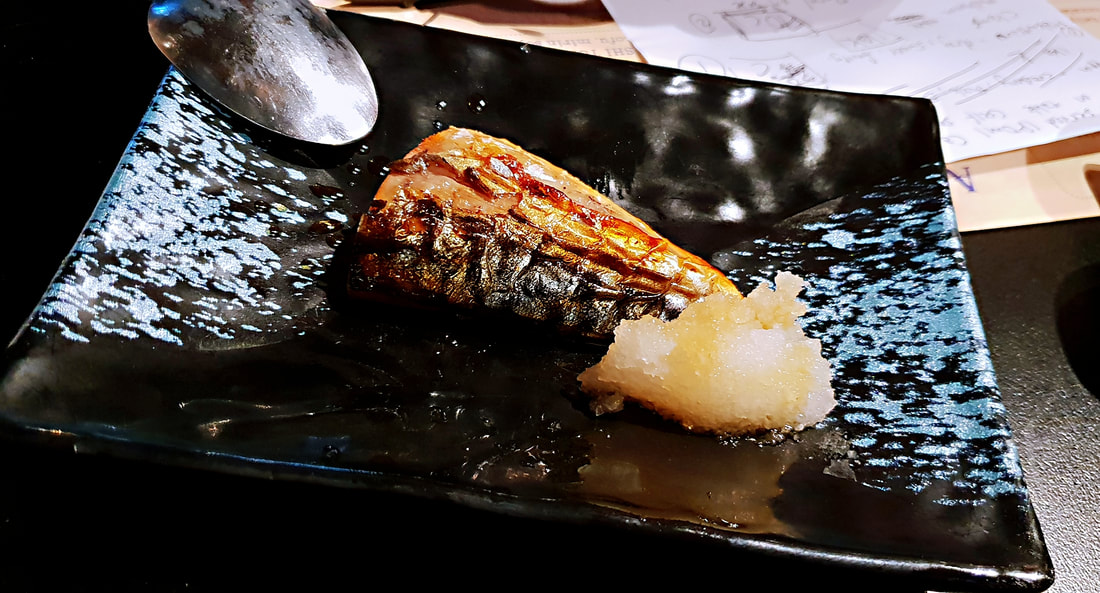
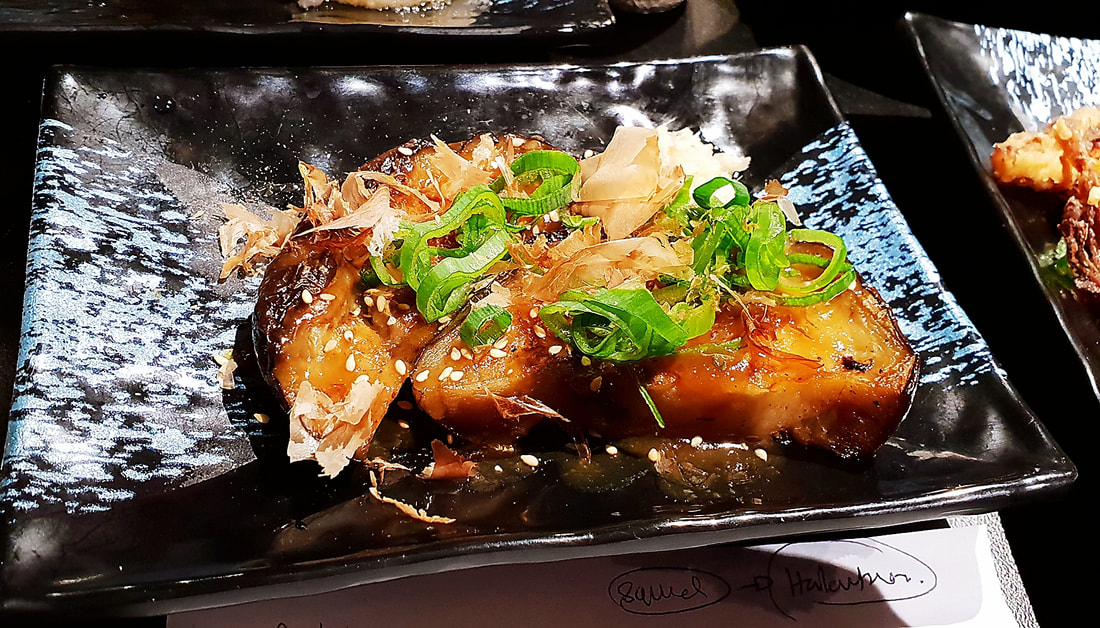
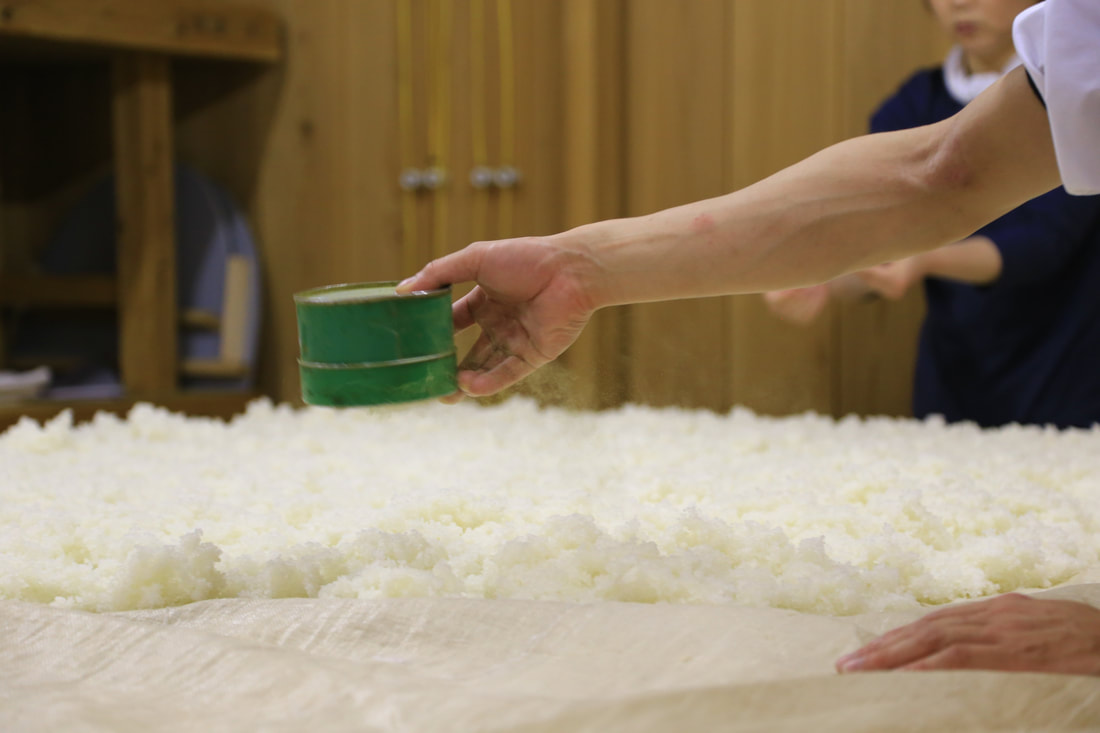
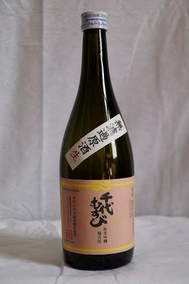
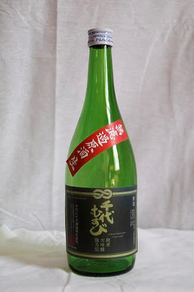
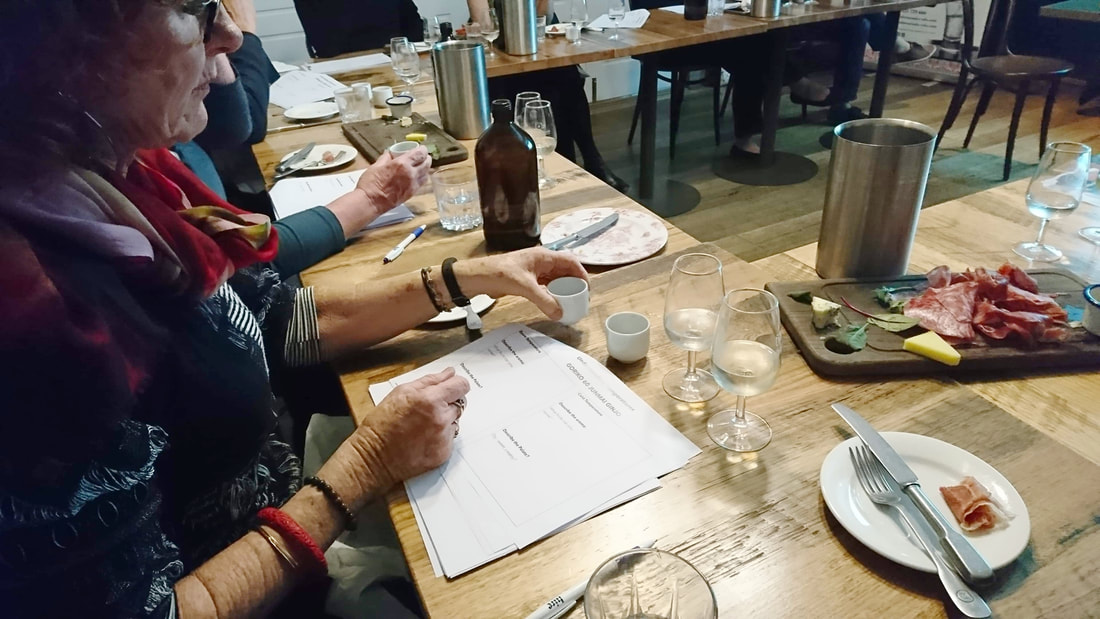
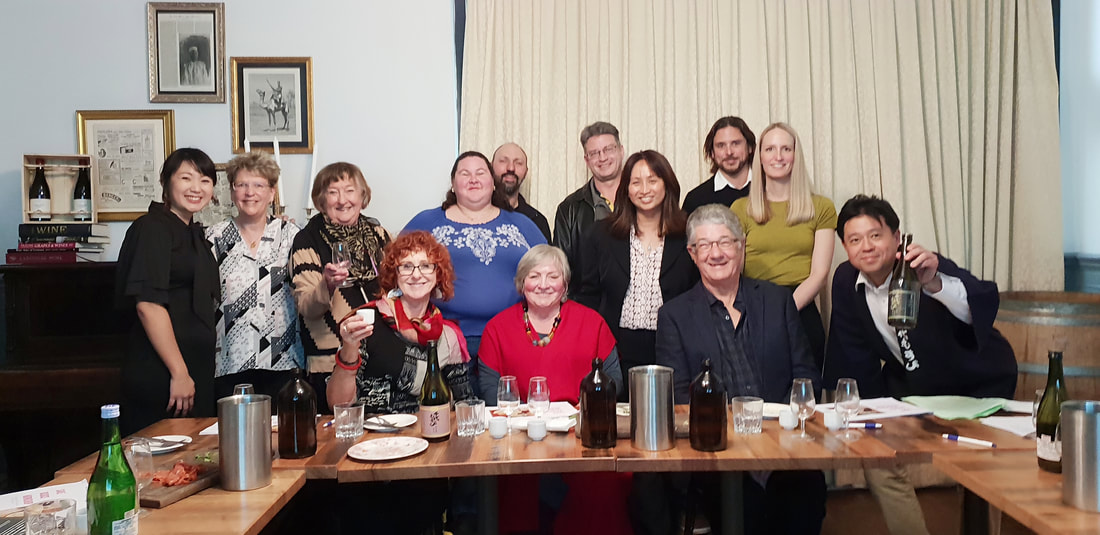
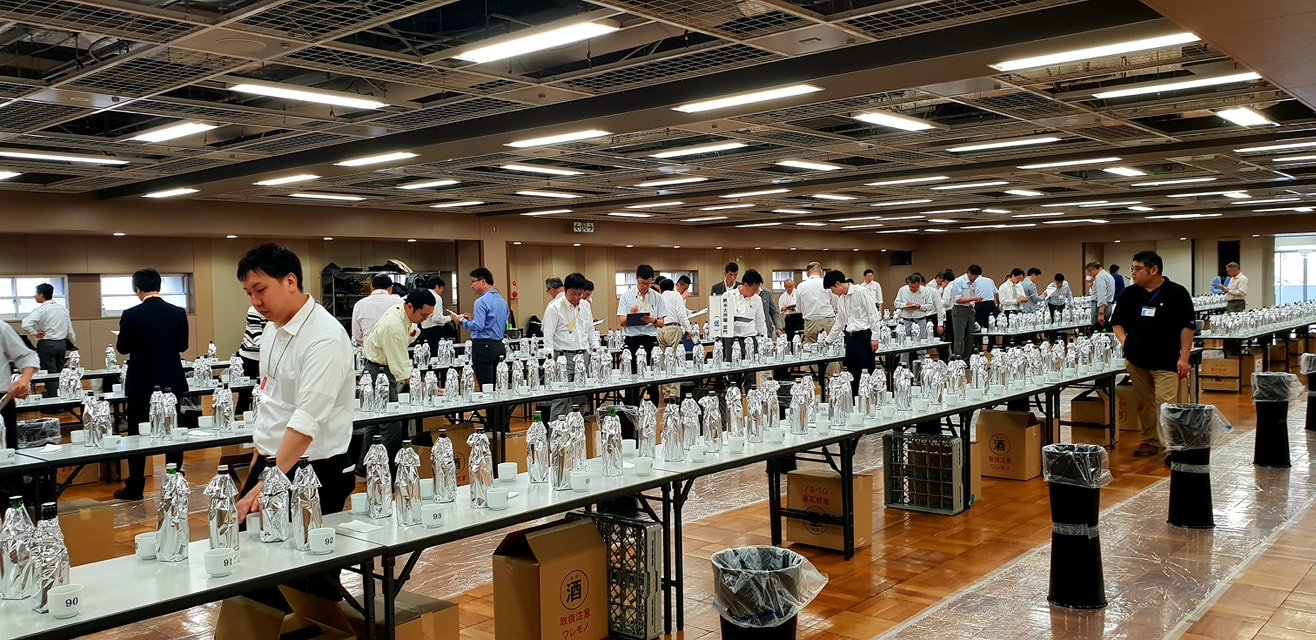
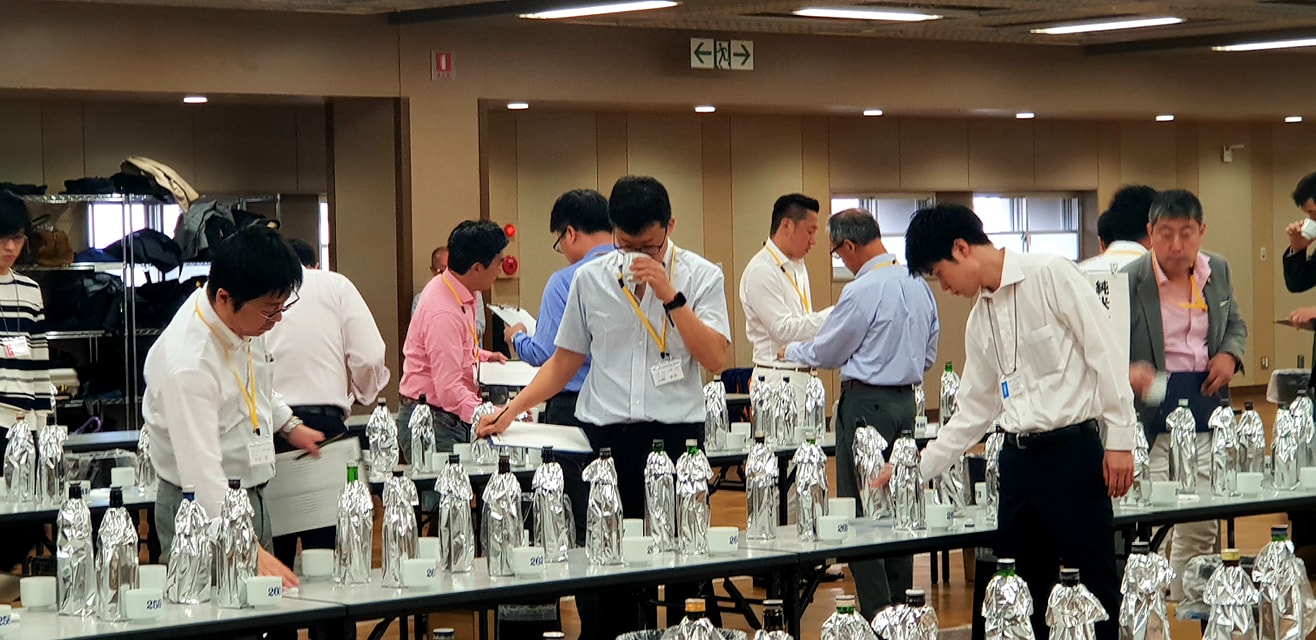
 RSS Feed
RSS Feed